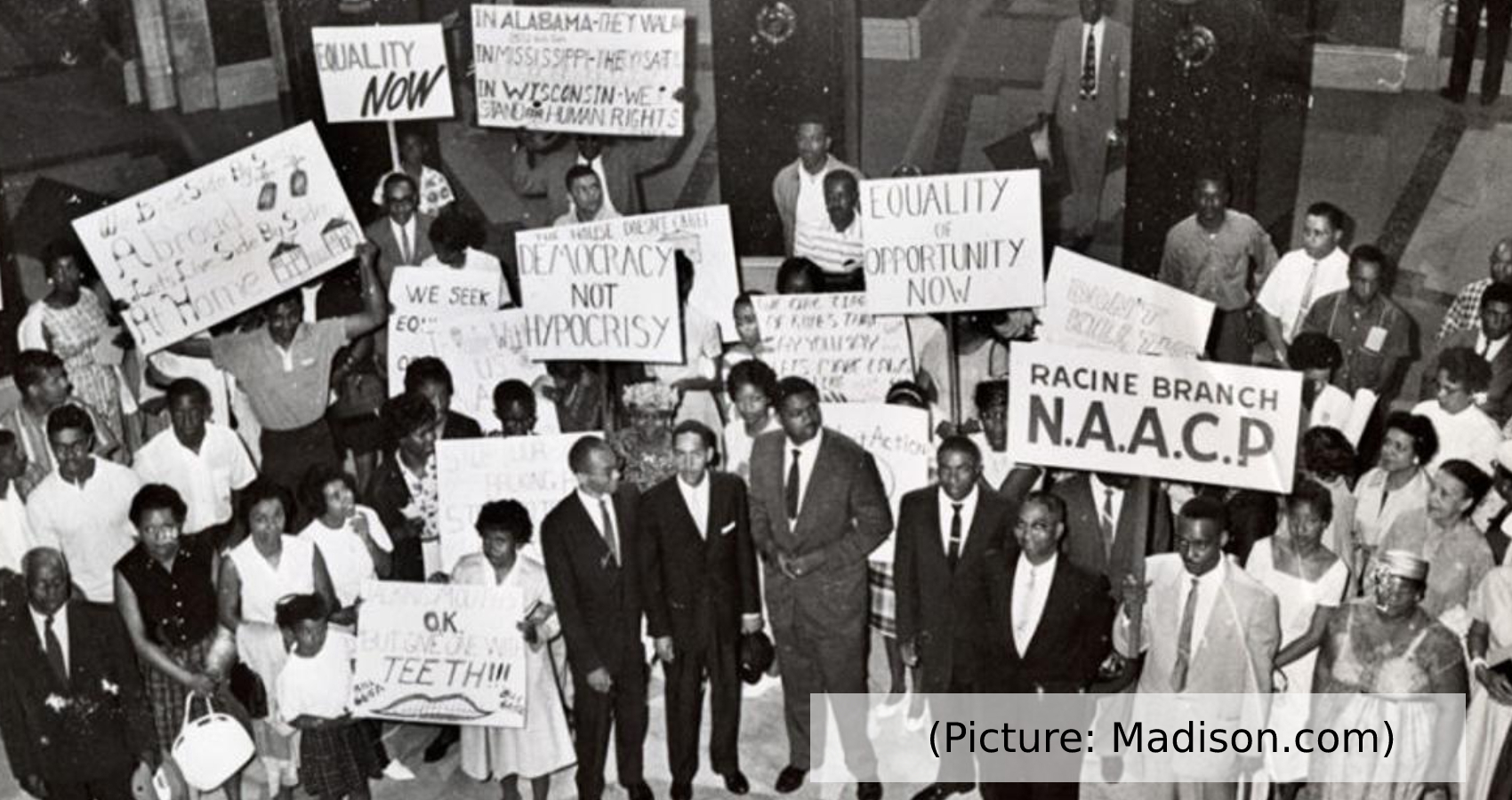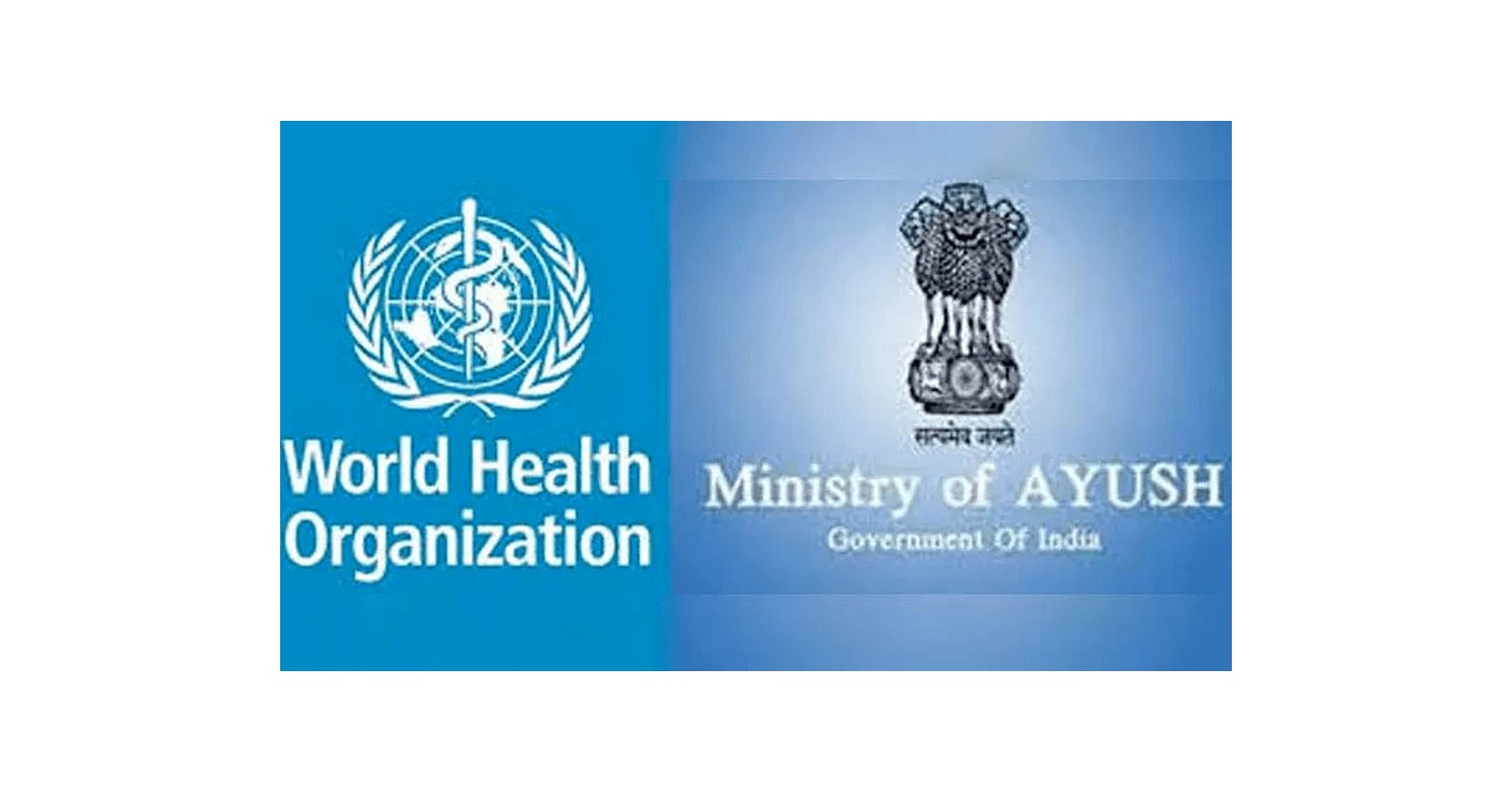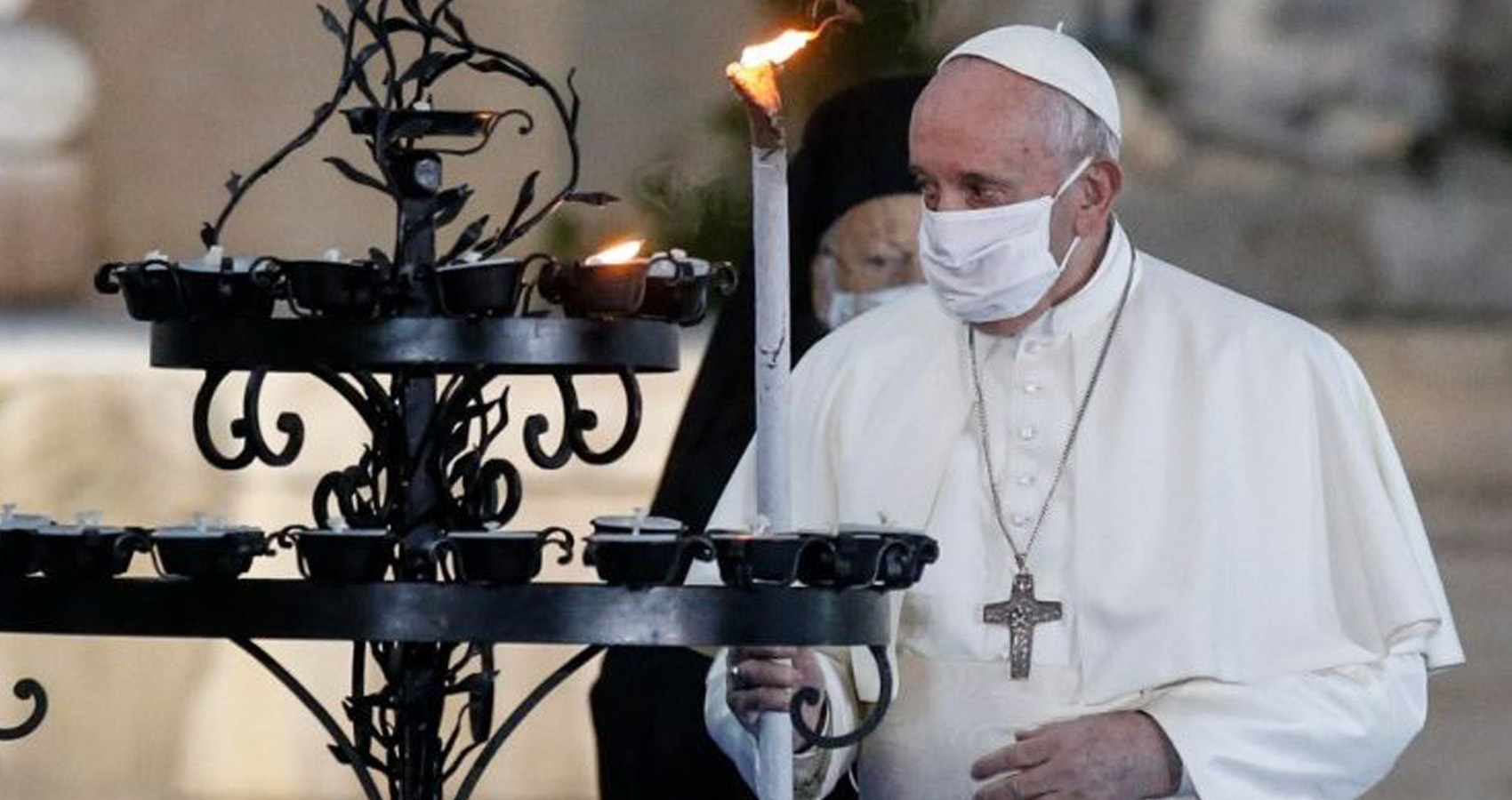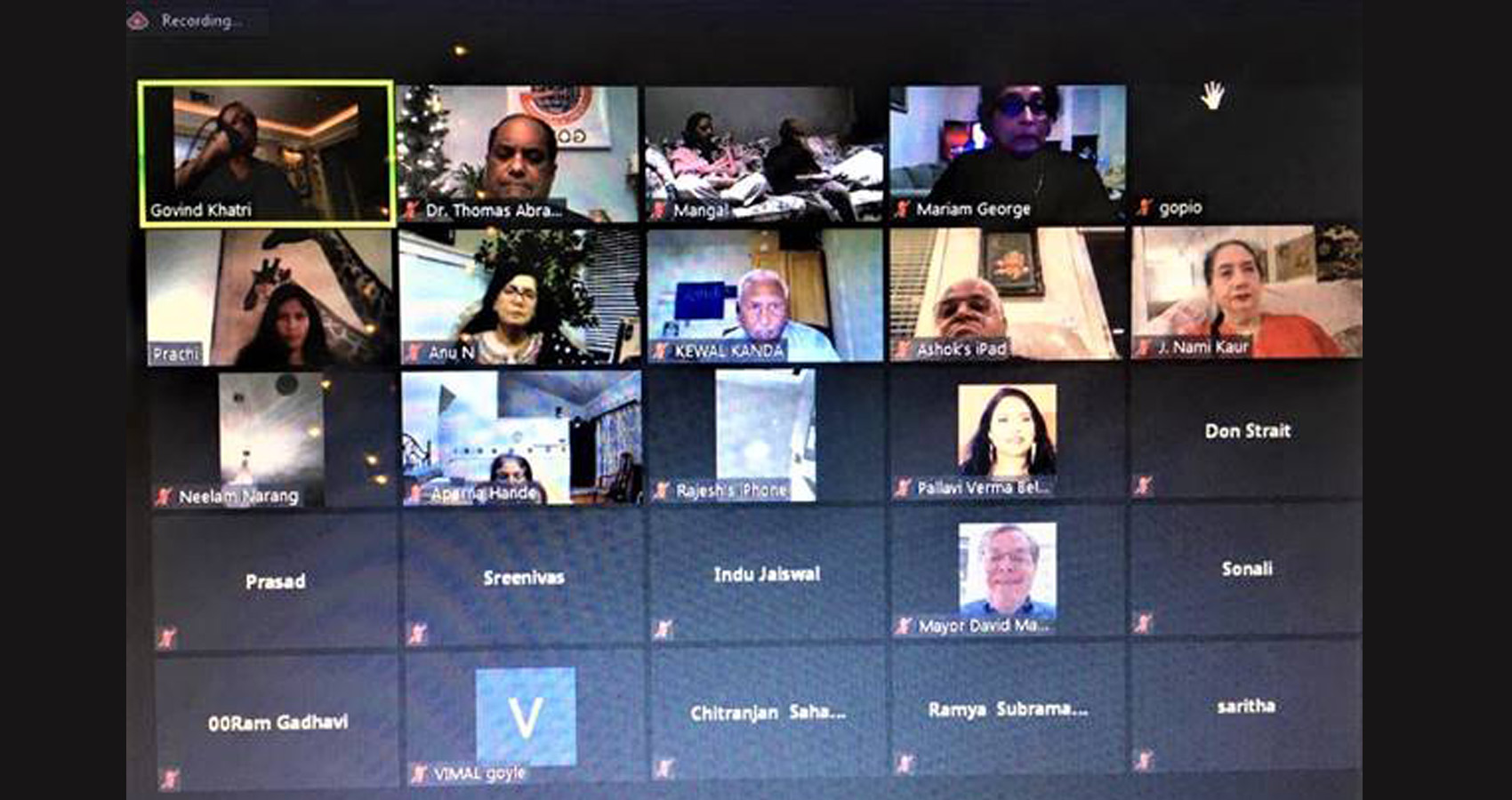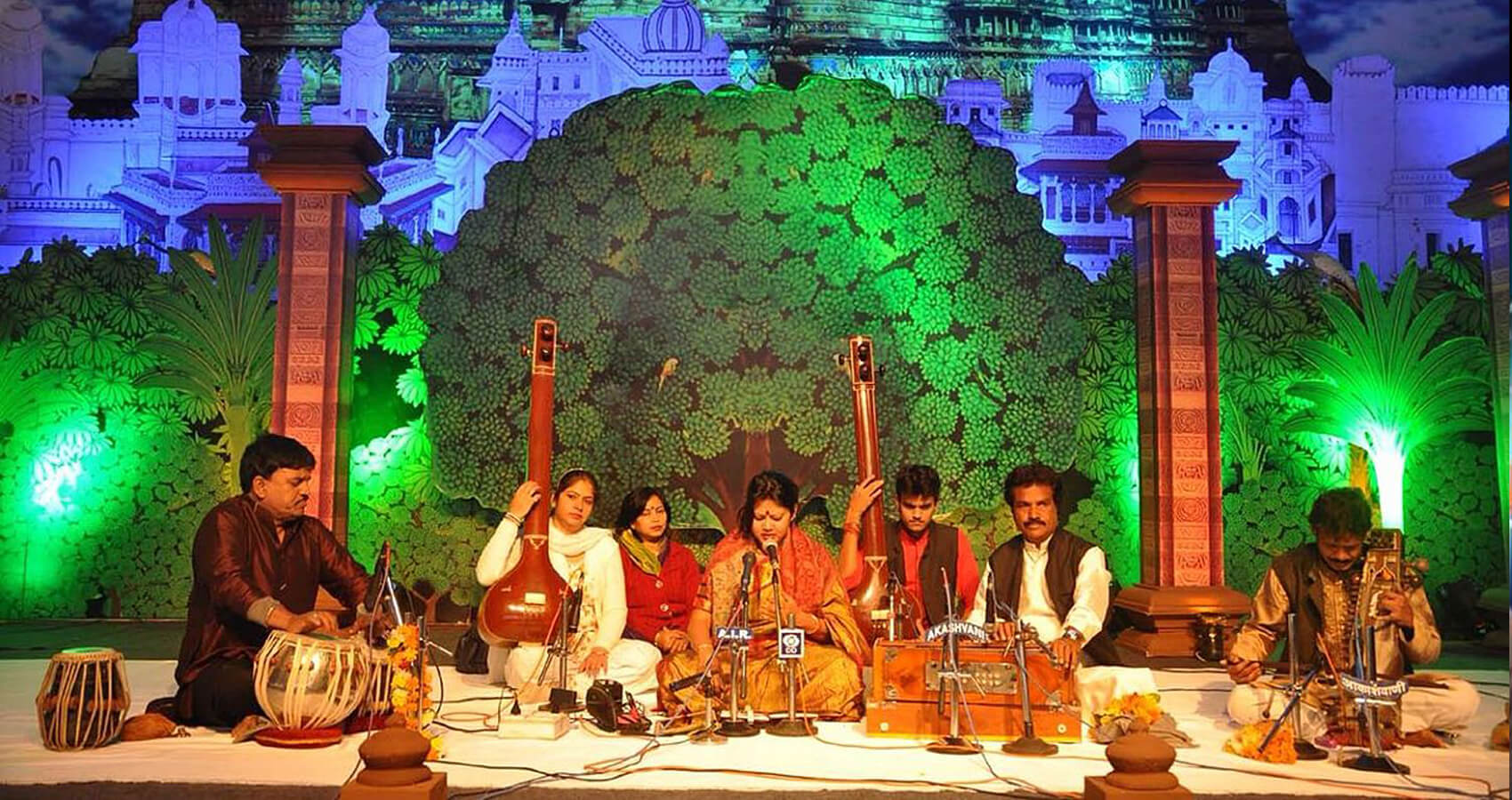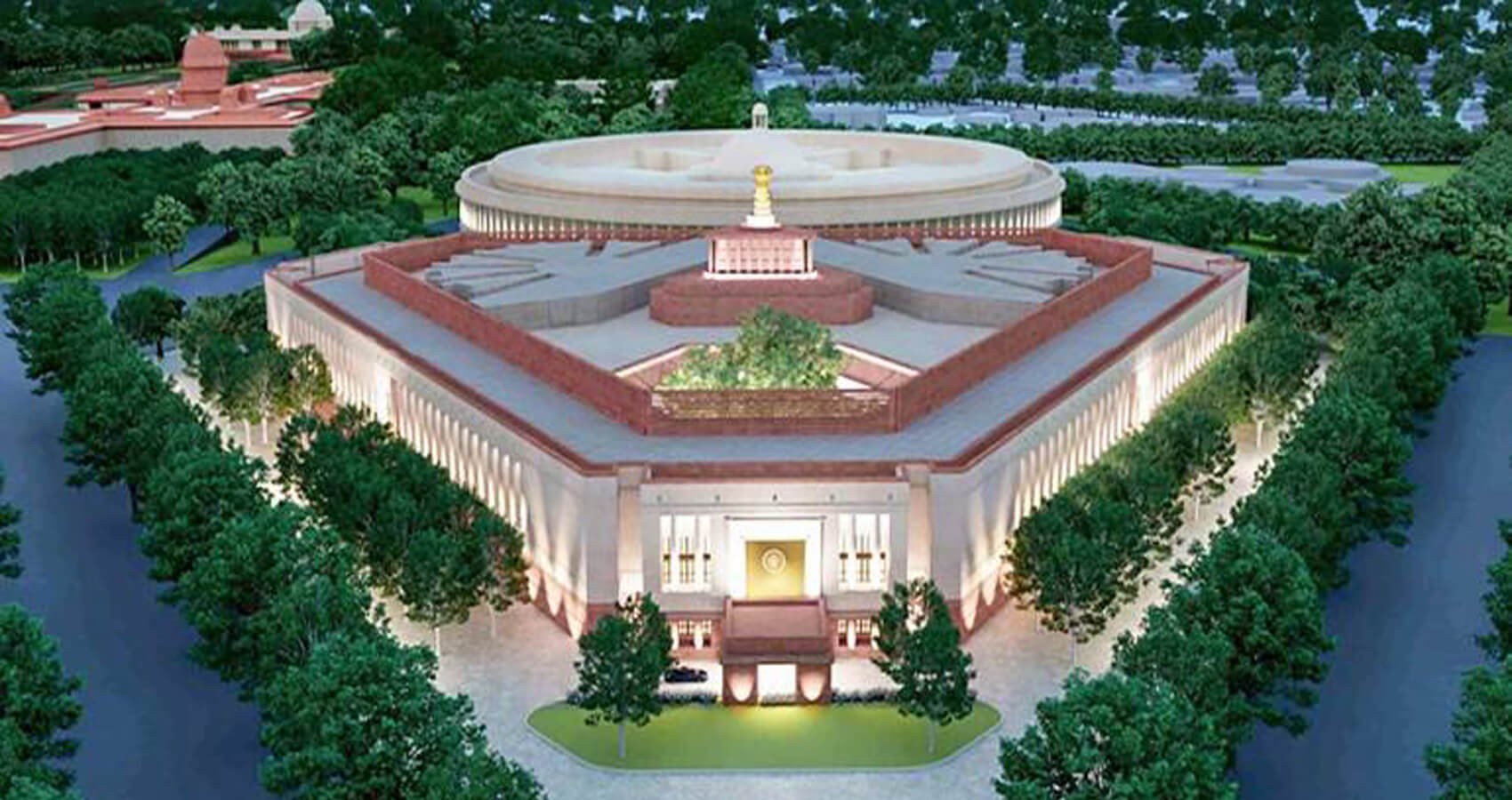Jainism is one of the world’s oldest religions, originating in India at least 2,500 years ago. The spiritual goal of Jainism is to become liberated from the endless cycle of rebirth and to achieve an all-knowing state called moksha. This can be attained by living a nonviolent life, or ahimsa, with as little negative impact on other life forms as possible.
 The traditions of Jainism were largely carried forward by a succession of 24 tirthankaras, or teachers, most notably Vardhamana Mahavira, the last of the tirthankaras and likely a contemporary of Gautama Buddha. Both Mahavira and Buddha emphasized the importance of self-discipline, meditation and ascetic life as the key to salvation. Their teachings often stood in contrast to those of Vedic priests of the time who emphasized ritual practices and their own role as intermediaries between humanity and the gods.
The traditions of Jainism were largely carried forward by a succession of 24 tirthankaras, or teachers, most notably Vardhamana Mahavira, the last of the tirthankaras and likely a contemporary of Gautama Buddha. Both Mahavira and Buddha emphasized the importance of self-discipline, meditation and ascetic life as the key to salvation. Their teachings often stood in contrast to those of Vedic priests of the time who emphasized ritual practices and their own role as intermediaries between humanity and the gods.
Today, a sliver of India’s population (0.4%) identifies as Jain, making it the smallest of the country’s six major religious groups after Hinduism, Islam, Christianity, Sikhism and Buddhism. Indians overall know very little about this ancient religion and its practices, according to a June 2021 Pew Research Center report based on a survey of nearly 30,000 Indians. Here are six facts about Jains in India, from the report.
Jains are concentrated in India’s West, largely in Maharashtra. Despite Jainism’s historic origins in India’s Eastern region, few Jains remain in the East. The changes in the regional concentration of Jains are believed to have started around 300 B.C.E. when Jains began migrating to the West, possibly in search of more favorable kingdoms. Today, 4% of the population of Mumbai – the capital of Maharashtra and the commercial and business center of India – identifies as Jain.
Jains are more highly educated and wealthier than Indians overall, and few identify as lower caste. Roughly a third (34%) of Jain adults have at least a college degree, compared with 9% of the general public, according to India’s 2011 census. Moreover, the vast majority of Jains fall into India’s top wealth quintiles, according to India’s National Family and Health Survey.
Wealth and education in India are inextricably linked with caste. Jains are the only religious group in India where a majority say they are members of a higher General Category caste. Most Indians (68%) are members of lower castes (Scheduled Castes, Scheduled Tribes or Other Backwards Classes), compared with 20% of Jains who identify with these communities.
Almost all Jains are vegetarian, in line with guidance to pursue ahimsa (not harming other life). Roughly nine-in-ten Indian Jains (92%) identify as vegetarian, and two-thirds of Jains (67%) go further by abstaining from root vegetables such as garlic and onion. Eating root vegetables is seen as a form of violence in Jain teachings because consuming the root of a plant destroys the plant in its entirety. These dietary practices extend outside the home; more than eight-in-ten Jain vegetarians also say they would not eat food in the home of a friend or neighbor who was non-vegetarian (84%) or in a restaurant that served non-vegetarian food (91%).
Jains feel they have a lot in common with Indian Hindus. Despite theological differences between Jain and Hindu teachings – for instance, Hinduism teaches that the universe was created, but Jainism does not – the two religions share many similarities in their teachings and practices. For example, both religions teach about karma, and roughly three-quarters of both Jains (75%) and Hindus (77%) say they believe in karma. (Karma is often understood as the idea that humans will eventually reap the benefits of their good deeds and pay the price for their bad deeds, often in their next life, though survey respondents were not offered a definition.)
Moreover, when asked whether Jains and Hindus in India have a lot in common or are very different, about two-thirds of Jains (66%) say that the two communities have a lot in common.
However, that feeling is not fully reciprocated. Just 19% of Hindus see a lot of commonality with Jains. One reason for this mismatch may be that Jains tend to know more about Hindus – who make up 81% of the Indian population – than vice versa. Three-in-ten Jains say they know “a great deal” about the Hindu religion and its practices, while just 3% of Hindus say they know a lot about Jainism.
Like many Indians, Jains tend to prefer living separately from other religious and caste groups. While nearly all Jains (92%) say they would be willing to accept a Hindu neighbor, significantly fewer say they would be willing to accept a Muslim (38%), Christian (46%), Sikh (55%) or Buddhist (58%) in the area where they live. Moreover, large majorities of Indian Jains say it is important to stop both women (82%) and men (81%) from marrying into other religious groups. And despite making up a small share of the national population, nearly three-quarters of Jains say that all or most of their close friends are also Jain (72%).
These attitudes are not uncommon in India – majorities of Hindus also oppose religious intermarriage – and may in part be tied to Jains’ particular demographic makeup. For example, while a majority of Jains identify as members of the higher General Category castes, Buddhists in India overwhelmingly identify as Dalits, or members of the lower Scheduled Castes. In fact, Jains are much more likely than other Indians to say that they would not accept a member of a Scheduled Caste as a neighbor (41% vs. 21% nationally). Moreover, large majorities of Jains say it is important to stop both women (79%) and men (74%) in their community from marrying into other castes.
Dietary preferences may also play a role in Jain attitudes about other groups; unlike Jains, most Muslims and Christians in India, for example, say they are not vegetarian.
Politically, Jains lean toward the country’s ruling Bharatiya Janata Party (BJP). Seven-in-ten Jains say they feel closest to the BJP, while just 8% say they feel closest to the Indian National Congress (INC), the main opposition party. In fact, Jains are more likely than other religious communities in India, including Hindus, to feel political affinity with the BJP: Fewer than half of Hindus (44%) say they feel closest to the BJP, a party that some say promotes a Hindu nationalist agenda.
Jains’ political preference for the BJP may in part be tied to their views on religion and national identity, which in some ways reflect Hindu nationalist sentiments more akin to their Hindu compatriots than other minority communities in India. A significant share of Jains (44%) say being Hindu is very important to truly being Indian, as do a majority of Hindus (64%). Among other religious groups, far fewer people share this view, including just 21% of Sikhs. A slim majority of Jains (54%) also tie authentic Indian identity with speaking the Hindi language, one of the dozens of languages spoken in India. Among Hindus, these sentiments are closely associated with support for the BJP.

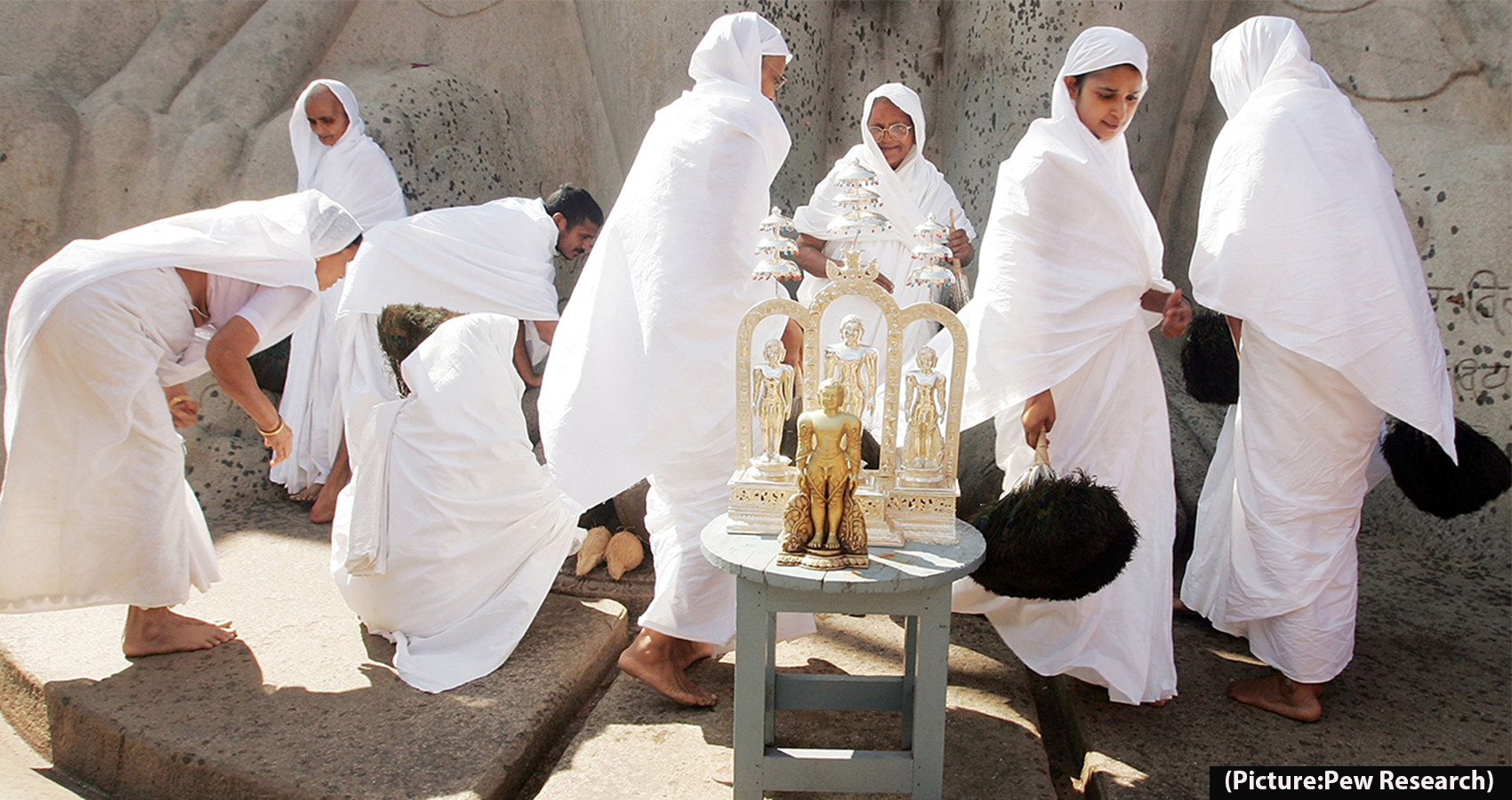
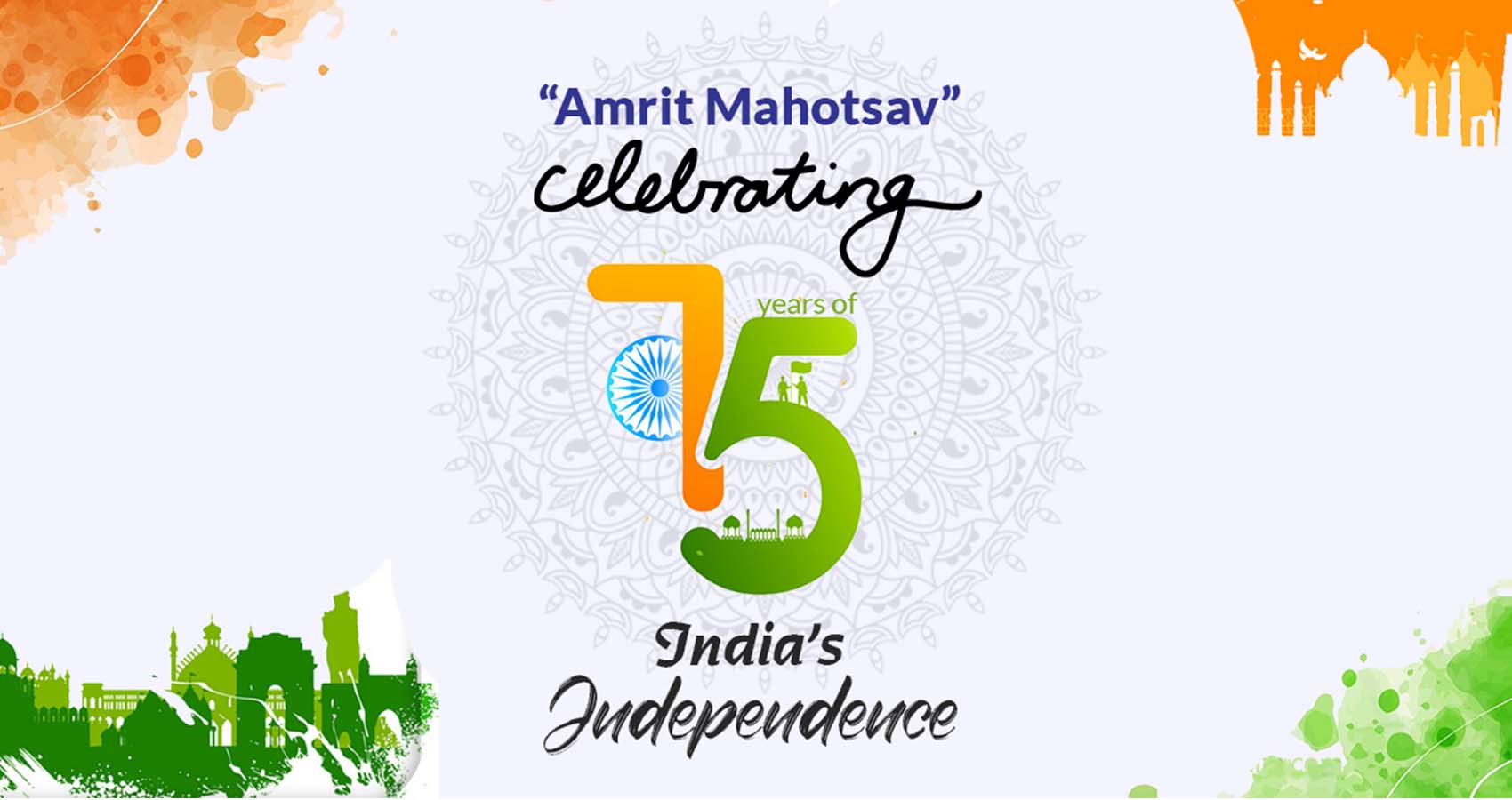
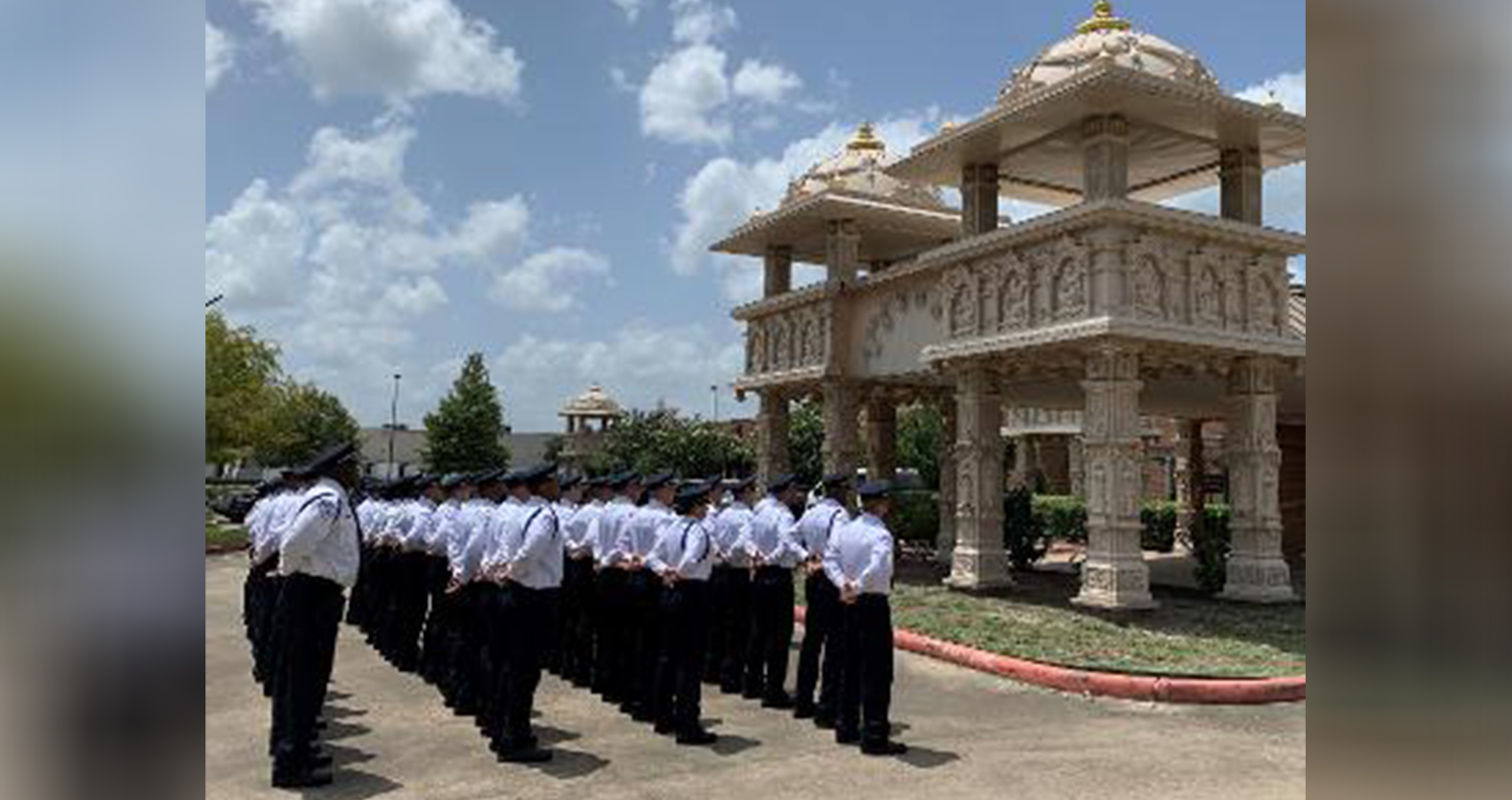

 Bishop Kevin C. Rhoades, who leads the doctrine committee of the U.S. Conference of Catholics Bishops, reiterated that the document will not bar any individuals from receiving Communion and said it is “going to be addressed to all Catholics, not a particular person or a single issue in the part on Eucharistic consistency.”
Bishop Kevin C. Rhoades, who leads the doctrine committee of the U.S. Conference of Catholics Bishops, reiterated that the document will not bar any individuals from receiving Communion and said it is “going to be addressed to all Catholics, not a particular person or a single issue in the part on Eucharistic consistency.”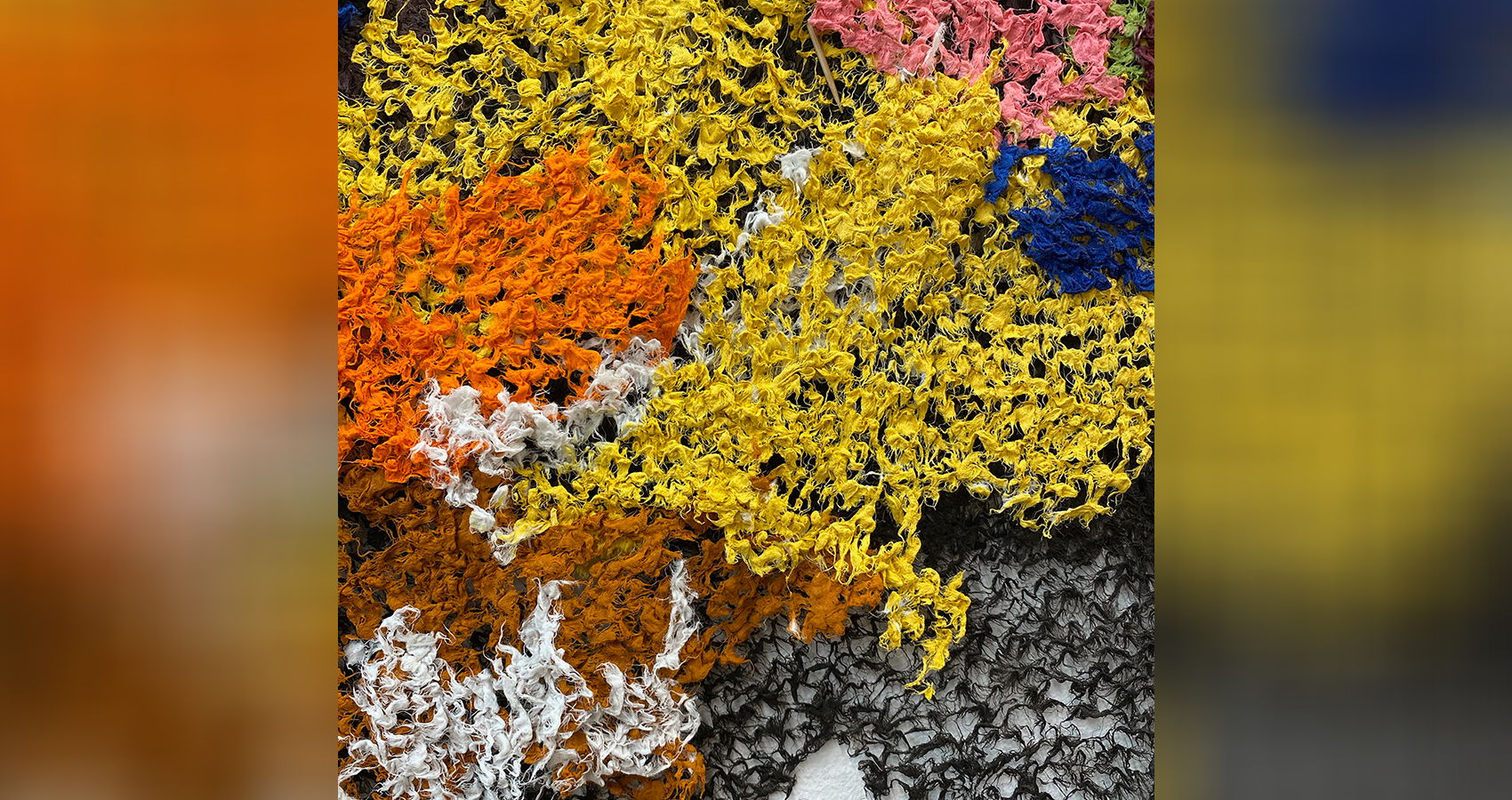
 She then paints and sews together the lace-like constructions, creating richly colored abstract compositions. It is a deliberative and labor-intensive process that makes time itself an integral force in each work.
She then paints and sews together the lace-like constructions, creating richly colored abstract compositions. It is a deliberative and labor-intensive process that makes time itself an integral force in each work.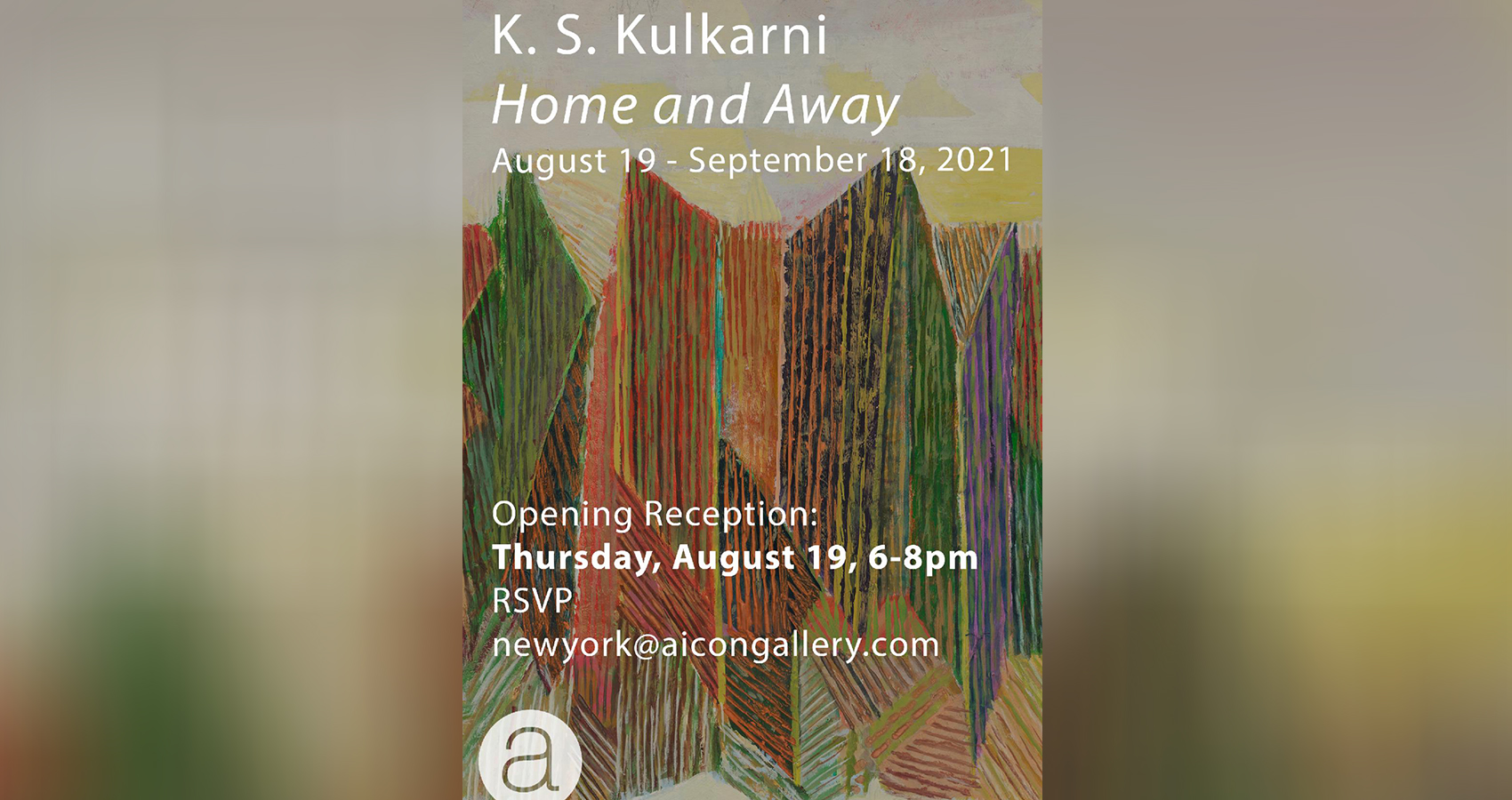
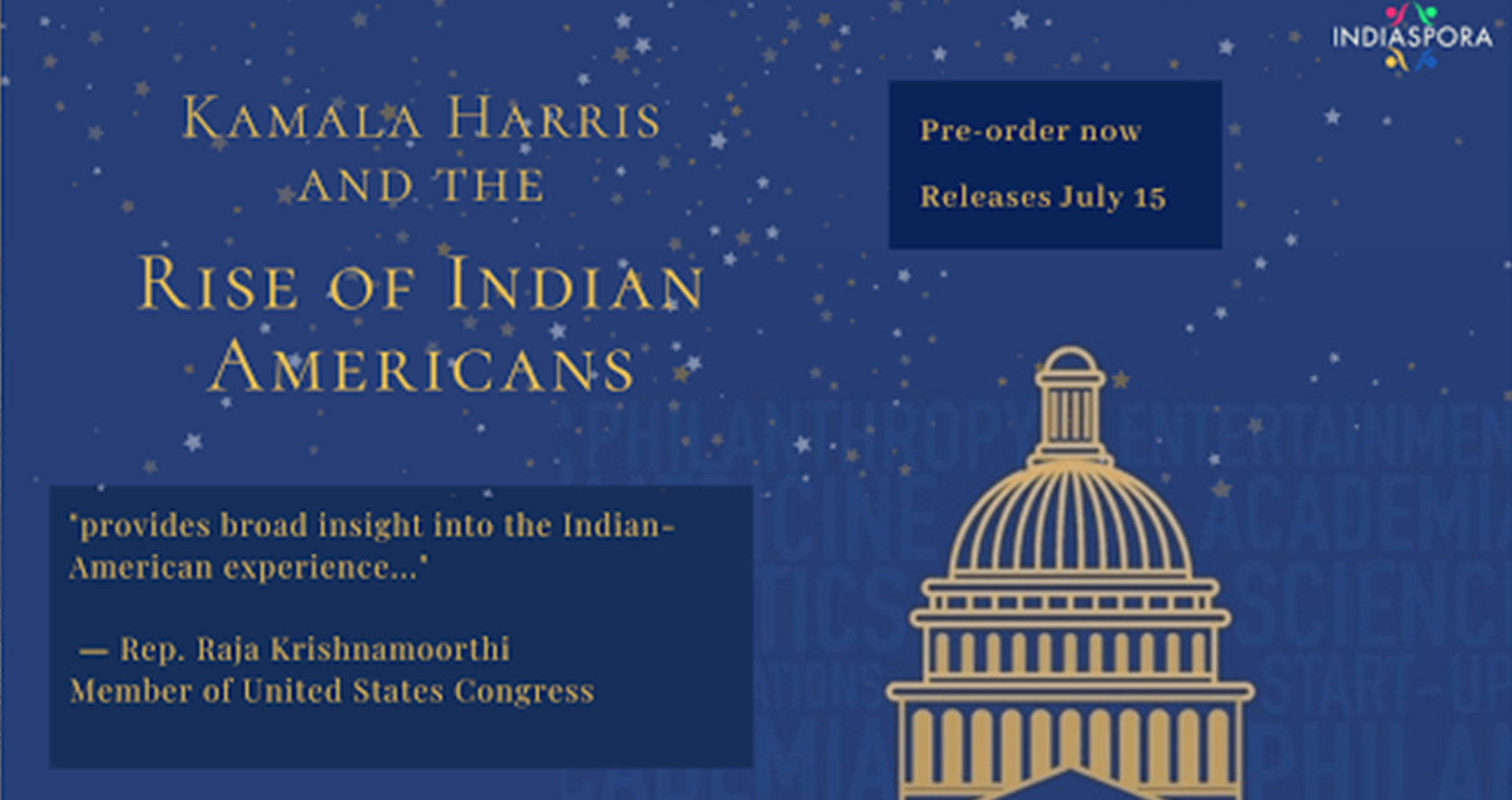
 Published in India and available on Amazon around the world, the book, laid out in leisurely 341 pages, chronicles the progress and accomplishments of Indian Americans in 16 essays — from politics, entrepreneurship, technology, medicine, to science, business, entertainment, social activism, etc.
Published in India and available on Amazon around the world, the book, laid out in leisurely 341 pages, chronicles the progress and accomplishments of Indian Americans in 16 essays — from politics, entrepreneurship, technology, medicine, to science, business, entertainment, social activism, etc.

 Since it did not fall under the “I disobeyed my parents and fought with my siblings” script of kids’ confessions, I never brought it up in confession. (What does an orphaned only child confess?)
Since it did not fall under the “I disobeyed my parents and fought with my siblings” script of kids’ confessions, I never brought it up in confession. (What does an orphaned only child confess?)
 Nations work hard to get their wilderness areas, archaeological treasures, and cultural sites on the list, which includes some 1,153 properties around the world. Inscription brings prestige and public awareness, and it can lead to all sorts of good things: tourism revenue, renewed commitments to preserve irreplaceable assets, and public and private funding for restoration work. (Pictured below, this Russian Orthodox chapel and pavilion is part of another selection, the Darmstadt Artists’ Colony on Mathildenhöhe, in Germany.)
Nations work hard to get their wilderness areas, archaeological treasures, and cultural sites on the list, which includes some 1,153 properties around the world. Inscription brings prestige and public awareness, and it can lead to all sorts of good things: tourism revenue, renewed commitments to preserve irreplaceable assets, and public and private funding for restoration work. (Pictured below, this Russian Orthodox chapel and pavilion is part of another selection, the Darmstadt Artists’ Colony on Mathildenhöhe, in Germany.)
 Ashwagandha (Withania Somnifera), commonly known as ‘Indian winter cherry’, is a traditional Indian herb that boosts energy, reduces stress, and makes the immune system stronger.
Ashwagandha (Withania Somnifera), commonly known as ‘Indian winter cherry’, is a traditional Indian herb that boosts energy, reduces stress, and makes the immune system stronger.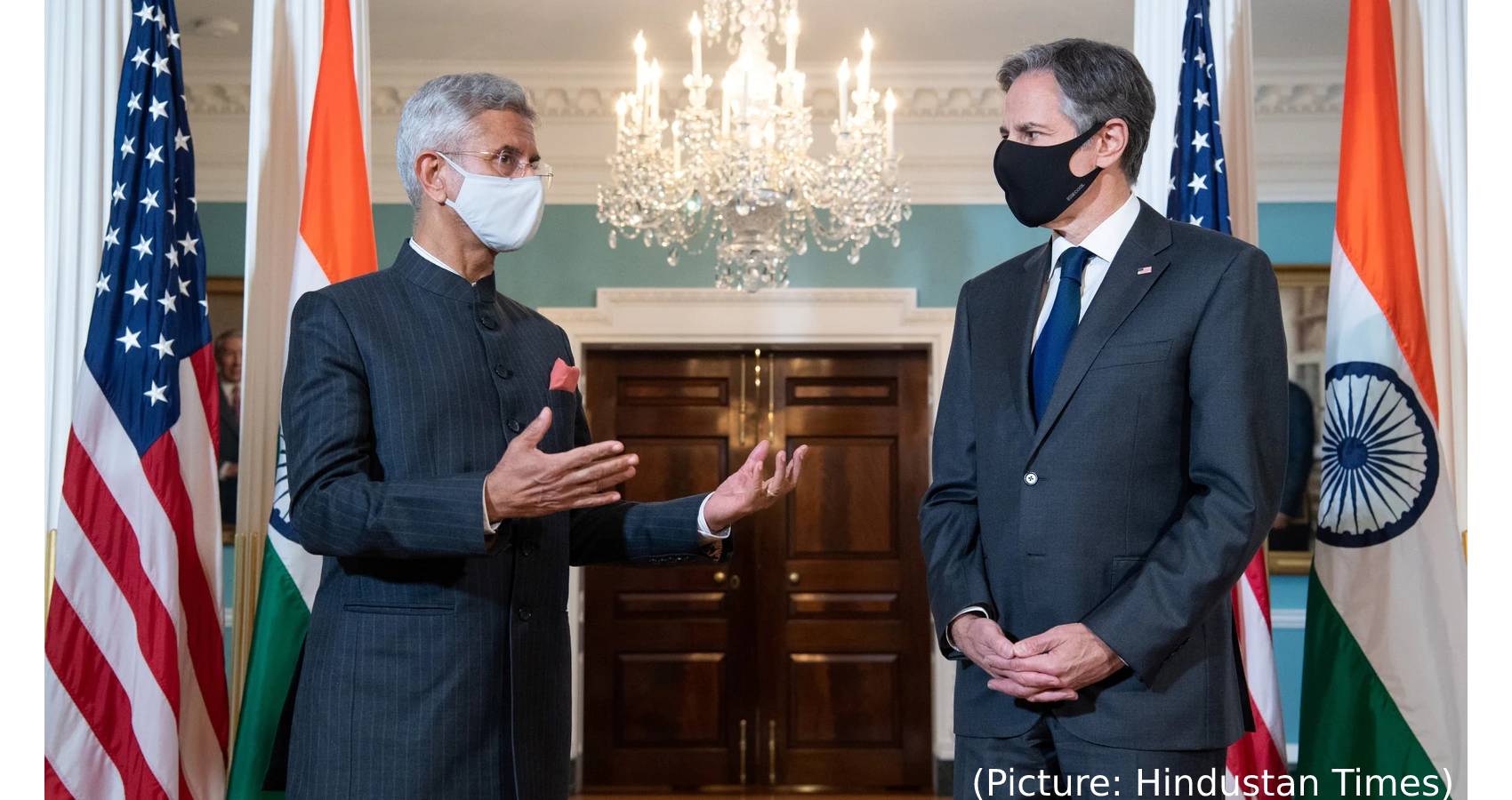
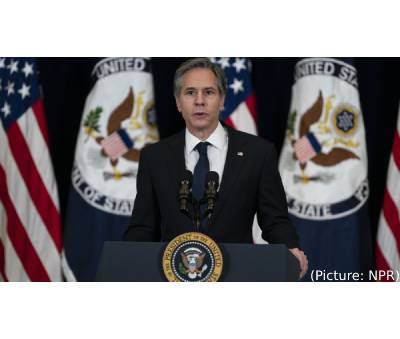 Blinken arrived in India on July 27th to discuss strengthening Indo-Pacific engagement, seen as a counter to China, as well as New Delhi’s recent human rights record and other issues. Blinken’s visit included meetings with Prime Minister Narendra Modi and senior officials on Wednesday, and was held just days after his No. 2 diplomat, Wendy Sherman, was in China for
Blinken arrived in India on July 27th to discuss strengthening Indo-Pacific engagement, seen as a counter to China, as well as New Delhi’s recent human rights record and other issues. Blinken’s visit included meetings with Prime Minister Narendra Modi and senior officials on Wednesday, and was held just days after his No. 2 diplomat, Wendy Sherman, was in China for 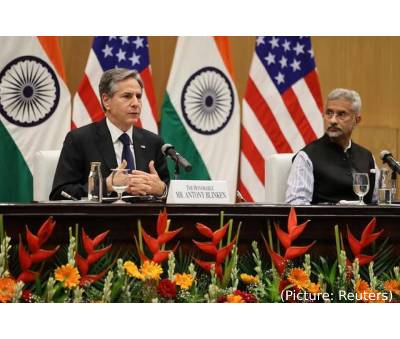 Jaishankar said he made three points to Blinken, including the fact that the “quest for a more perfect union applies as much to the Indian democracy as it does to the American one”.Ahead of Blinken’s visit, India’s
Jaishankar said he made three points to Blinken, including the fact that the “quest for a more perfect union applies as much to the Indian democracy as it does to the American one”.Ahead of Blinken’s visit, India’s 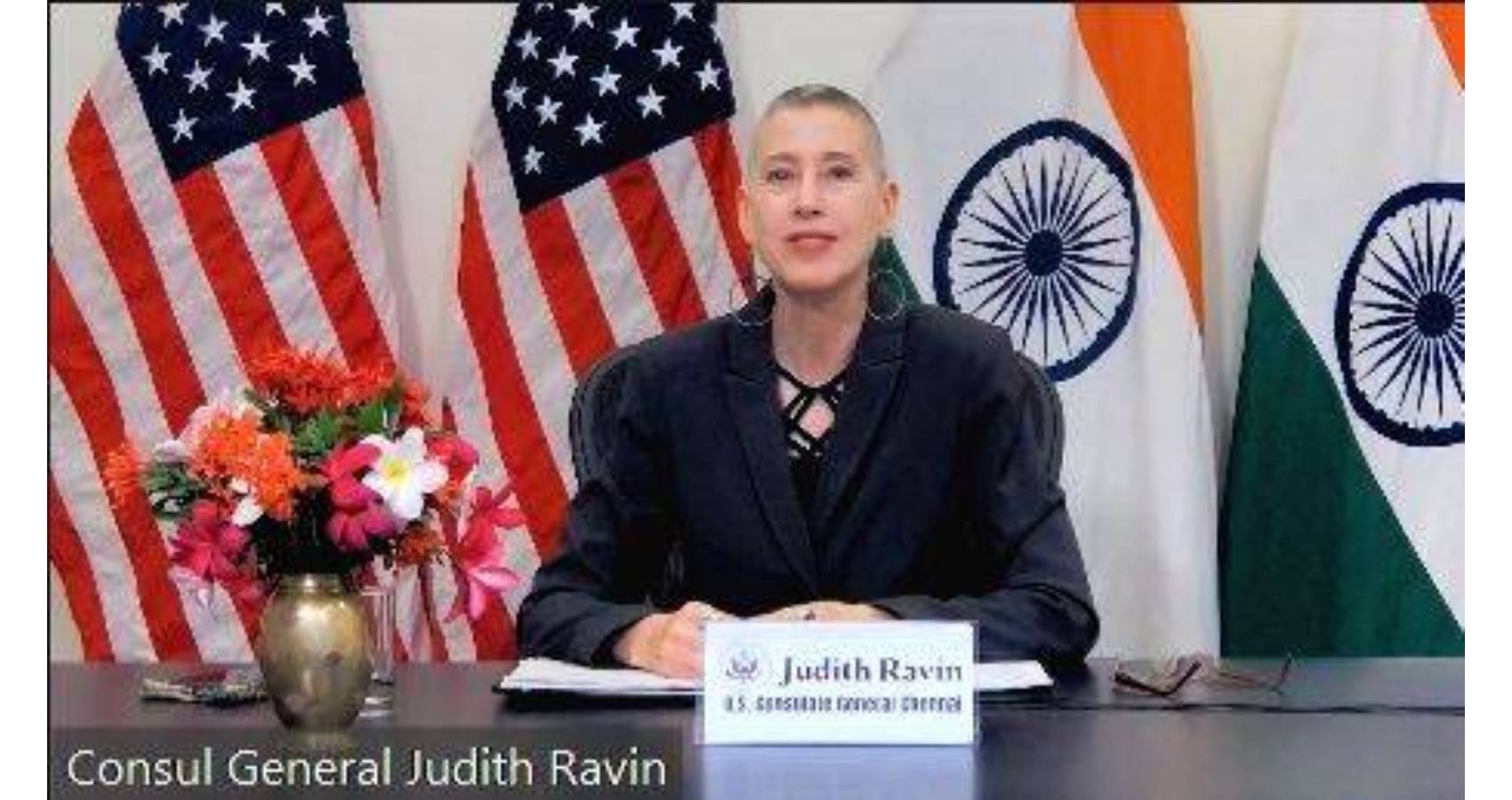
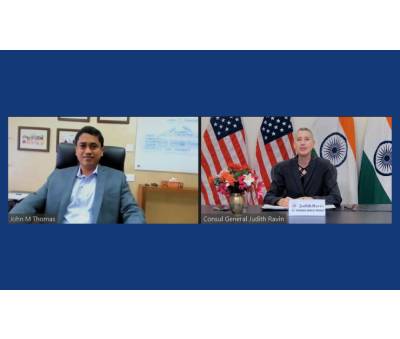 She was welcomed to the city by C.V. Ranvindra, a leading economist and the director of Thiruvananthapuram’s International airport. In his discussion with the Consul General, he explained the Kerala Model of Development, which emphasizes both the traditional and modern sectors like IT, tourism, space technology, and coastal infrastructure. She was also led on a virtual tour of the Government of Kerala’s Technopark by its CEO John M. Thomas. Technopark is the largest IT Park in India. Representatives from 7 major Indian and U.S. IT companies met with the General Consul to discuss Kerala’s current business environment.
She was welcomed to the city by C.V. Ranvindra, a leading economist and the director of Thiruvananthapuram’s International airport. In his discussion with the Consul General, he explained the Kerala Model of Development, which emphasizes both the traditional and modern sectors like IT, tourism, space technology, and coastal infrastructure. She was also led on a virtual tour of the Government of Kerala’s Technopark by its CEO John M. Thomas. Technopark is the largest IT Park in India. Representatives from 7 major Indian and U.S. IT companies met with the General Consul to discuss Kerala’s current business environment.

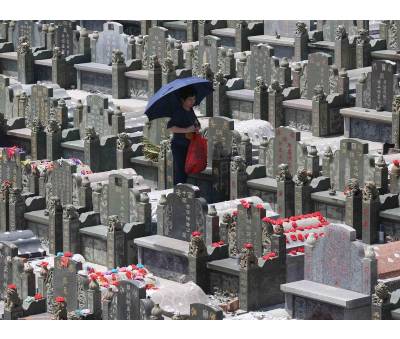 Cultural sites include a Chinese city once known as “the emporium of the world.” An important stop on the Silk Road, Quanzhou’s tapestry of ancient bridges and pagodas also includes one of the oldest mosques in China and other glimmers of the workings of a vibrant 10th-century city. The selection puts China near the top of the list of countries with the most World Heritage sites — right after Italy, which was granted another World Heritage site this year for
Cultural sites include a Chinese city once known as “the emporium of the world.” An important stop on the Silk Road, Quanzhou’s tapestry of ancient bridges and pagodas also includes one of the oldest mosques in China and other glimmers of the workings of a vibrant 10th-century city. The selection puts China near the top of the list of countries with the most World Heritage sites — right after Italy, which was granted another World Heritage site this year for 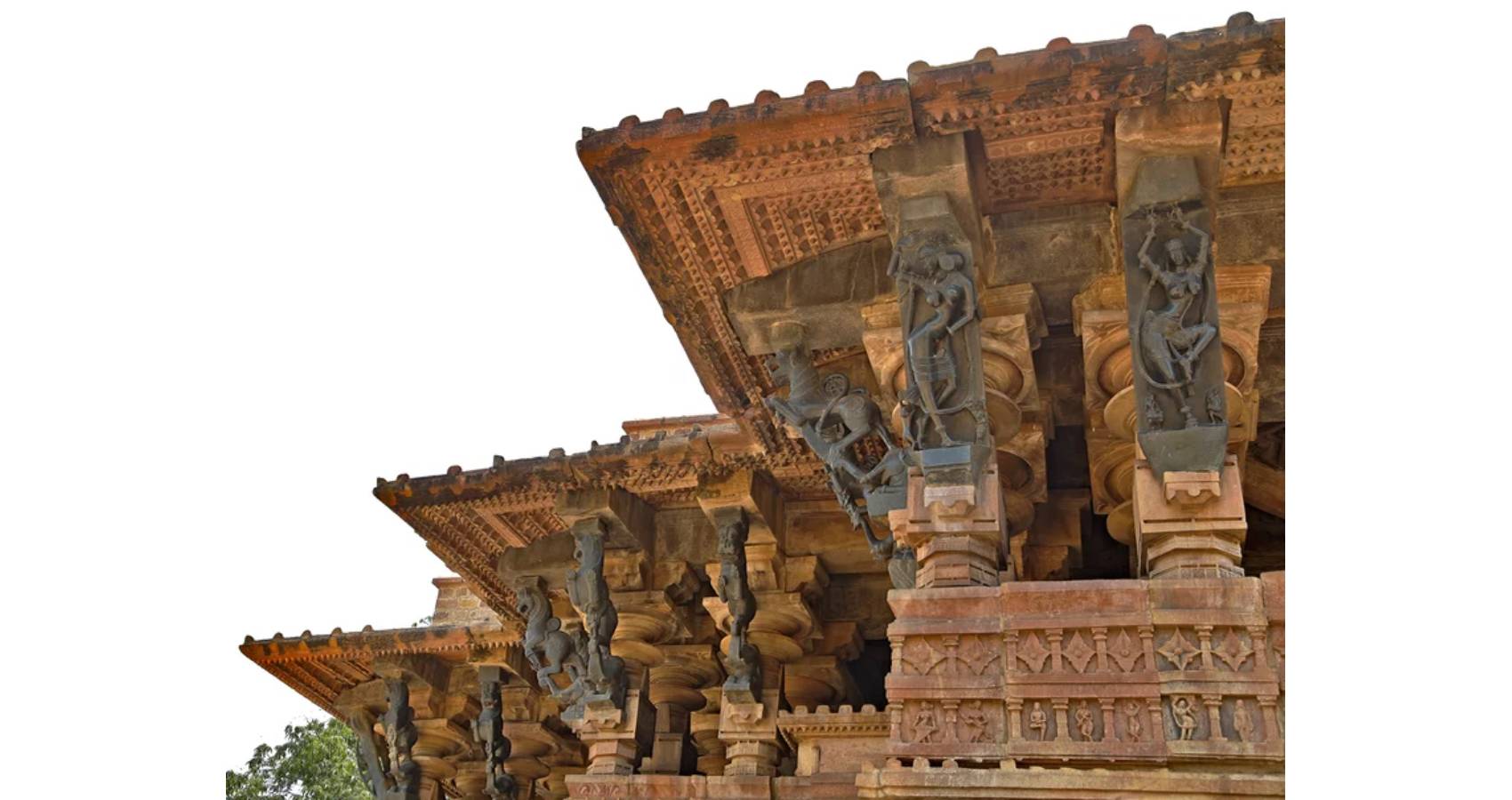
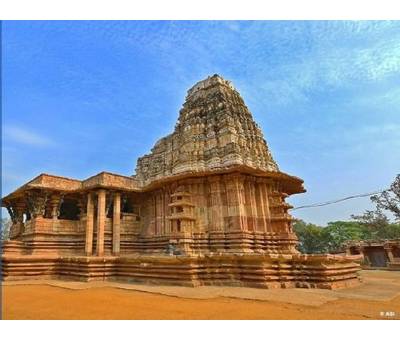 A World Heritage Site is a location with an “outstanding universal value”. This signifies “cultural and/or natural significance which is so exceptional as to transcend national boundaries and to be of common importance for present and future generations of all humanity”. To be included, sites must meet at least one of the ten selection criteria.
A World Heritage Site is a location with an “outstanding universal value”. This signifies “cultural and/or natural significance which is so exceptional as to transcend national boundaries and to be of common importance for present and future generations of all humanity”. To be included, sites must meet at least one of the ten selection criteria.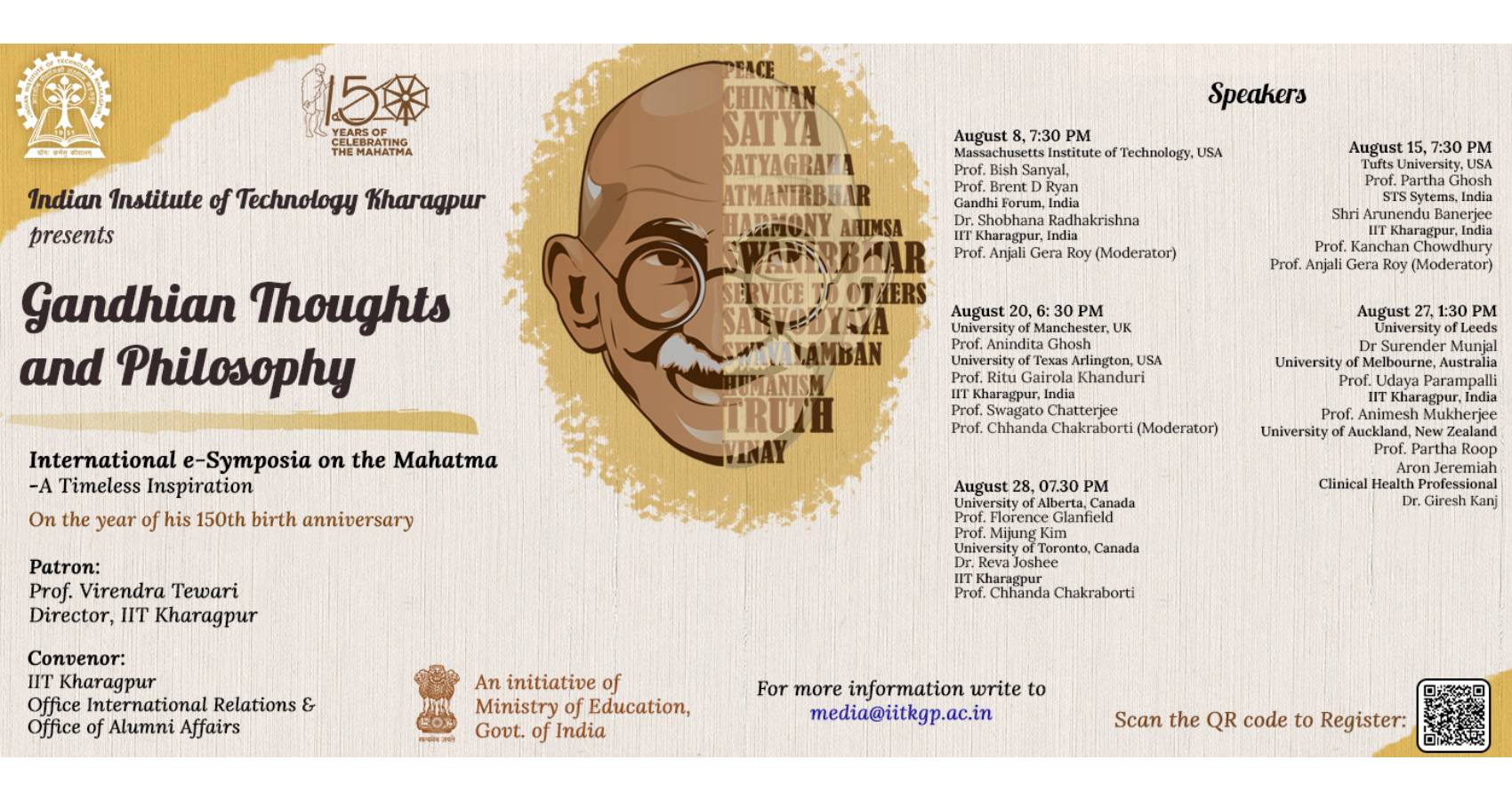
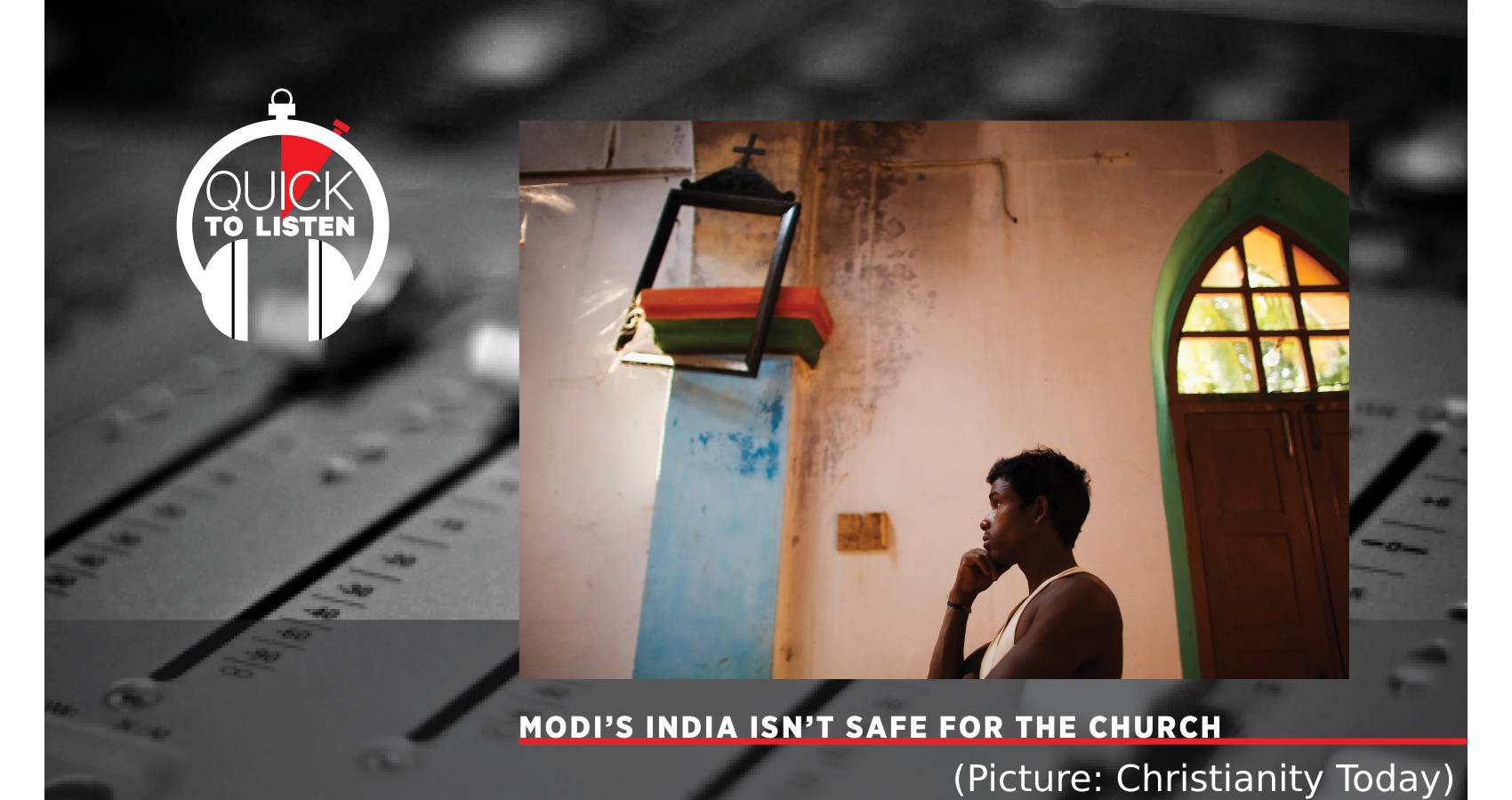
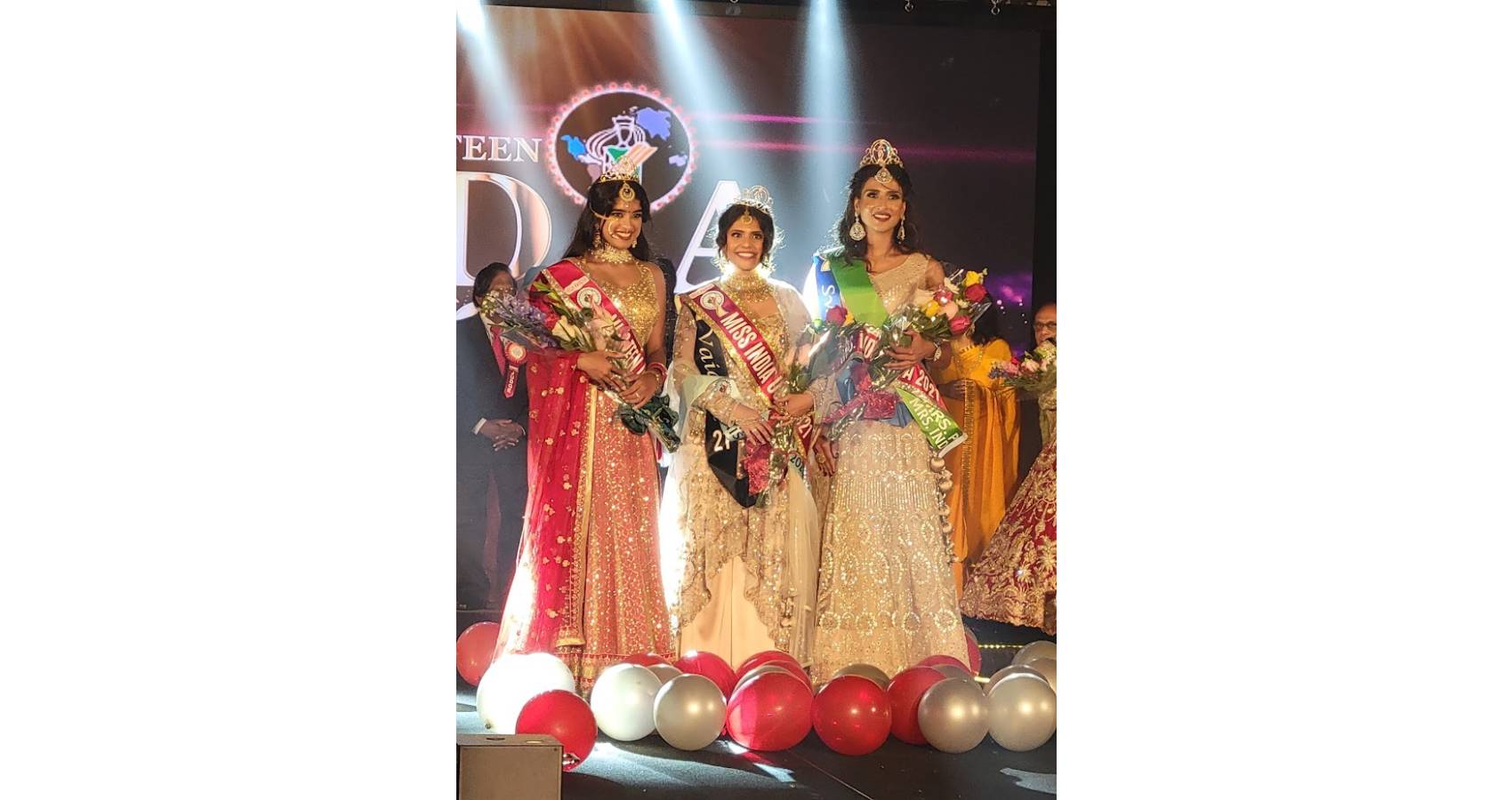
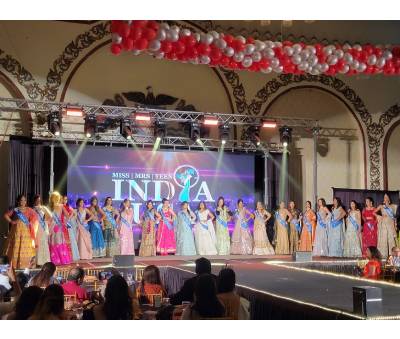 Vaidehi Dongre, 25, a graduate of University of Michigan with International Business as Major, currently employed as Business Development Manager with New Zealand Trade Commission, won the coveted Miss India USA 2021 Pageant on Friday, July 16th at Royal Alberts Palace, Edison, NJ. Organized by the New York based India Festival Committee (IFC) and chaired by Neelam & Dharmatma Saran, this is the longest running Indian pageant outside of India.” I am overwhelmed with the great response this year, said Dharmatma Saran, “with a record number of 61 contestants representing 30 states from across the United States.”
Vaidehi Dongre, 25, a graduate of University of Michigan with International Business as Major, currently employed as Business Development Manager with New Zealand Trade Commission, won the coveted Miss India USA 2021 Pageant on Friday, July 16th at Royal Alberts Palace, Edison, NJ. Organized by the New York based India Festival Committee (IFC) and chaired by Neelam & Dharmatma Saran, this is the longest running Indian pageant outside of India.” I am overwhelmed with the great response this year, said Dharmatma Saran, “with a record number of 61 contestants representing 30 states from across the United States.”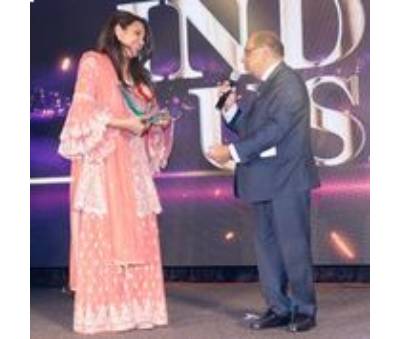 Sonal Dua, 36, from North Carolina won the Mrs Talented Title; Mrs Congeniality was Mohana Namle, 35, from Connecticut. Harshada Patil Fegade, 32 walked away with the Mrs Catwalk Title. Mrs Photogenic was Aparna Chakravarty, 55 from Florida; Mrs Popularity was Swathy Vimalkumar, 32 of Connecticut, and Mrs Chairman Professional was Sheetal Rana, 36 from New York. Amelia Mallareddy from North Carolina was declared Miss Beautiful Face, while Miss Catwalk was Mira Kasari from North Carolina. Rishika Pal of Massachusetts took the
Sonal Dua, 36, from North Carolina won the Mrs Talented Title; Mrs Congeniality was Mohana Namle, 35, from Connecticut. Harshada Patil Fegade, 32 walked away with the Mrs Catwalk Title. Mrs Photogenic was Aparna Chakravarty, 55 from Florida; Mrs Popularity was Swathy Vimalkumar, 32 of Connecticut, and Mrs Chairman Professional was Sheetal Rana, 36 from New York. Amelia Mallareddy from North Carolina was declared Miss Beautiful Face, while Miss Catwalk was Mira Kasari from North Carolina. Rishika Pal of Massachusetts took the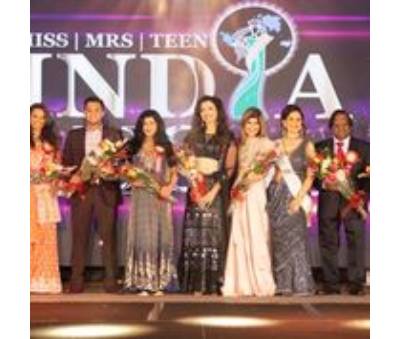 Diana Hayden, a popular Indian actress from Bollywood and Miss World 1997 was the Chief Guest. Shruthi Bekal, Mrs India USA 2019 and Tarna Kaur, Mrs India Worldwide 2019 elegantly emceed the pageant. Kim Kunari, former Miss India USA 2019 and Easha Kode, the first ever Miss Teen India USA were emcees for the pre-pageant event on July 15th. Nishi Bahl was the choreographer assisted by Shilpa Jhurani. This year’s pageant was presented by Yash Pandya and supported by TV Asia and Royal Albert’s Palace. Yash Pandya, Albert Jassani and H R Shah sashed the winners at the pageant.
Diana Hayden, a popular Indian actress from Bollywood and Miss World 1997 was the Chief Guest. Shruthi Bekal, Mrs India USA 2019 and Tarna Kaur, Mrs India Worldwide 2019 elegantly emceed the pageant. Kim Kunari, former Miss India USA 2019 and Easha Kode, the first ever Miss Teen India USA were emcees for the pre-pageant event on July 15th. Nishi Bahl was the choreographer assisted by Shilpa Jhurani. This year’s pageant was presented by Yash Pandya and supported by TV Asia and Royal Albert’s Palace. Yash Pandya, Albert Jassani and H R Shah sashed the winners at the pageant.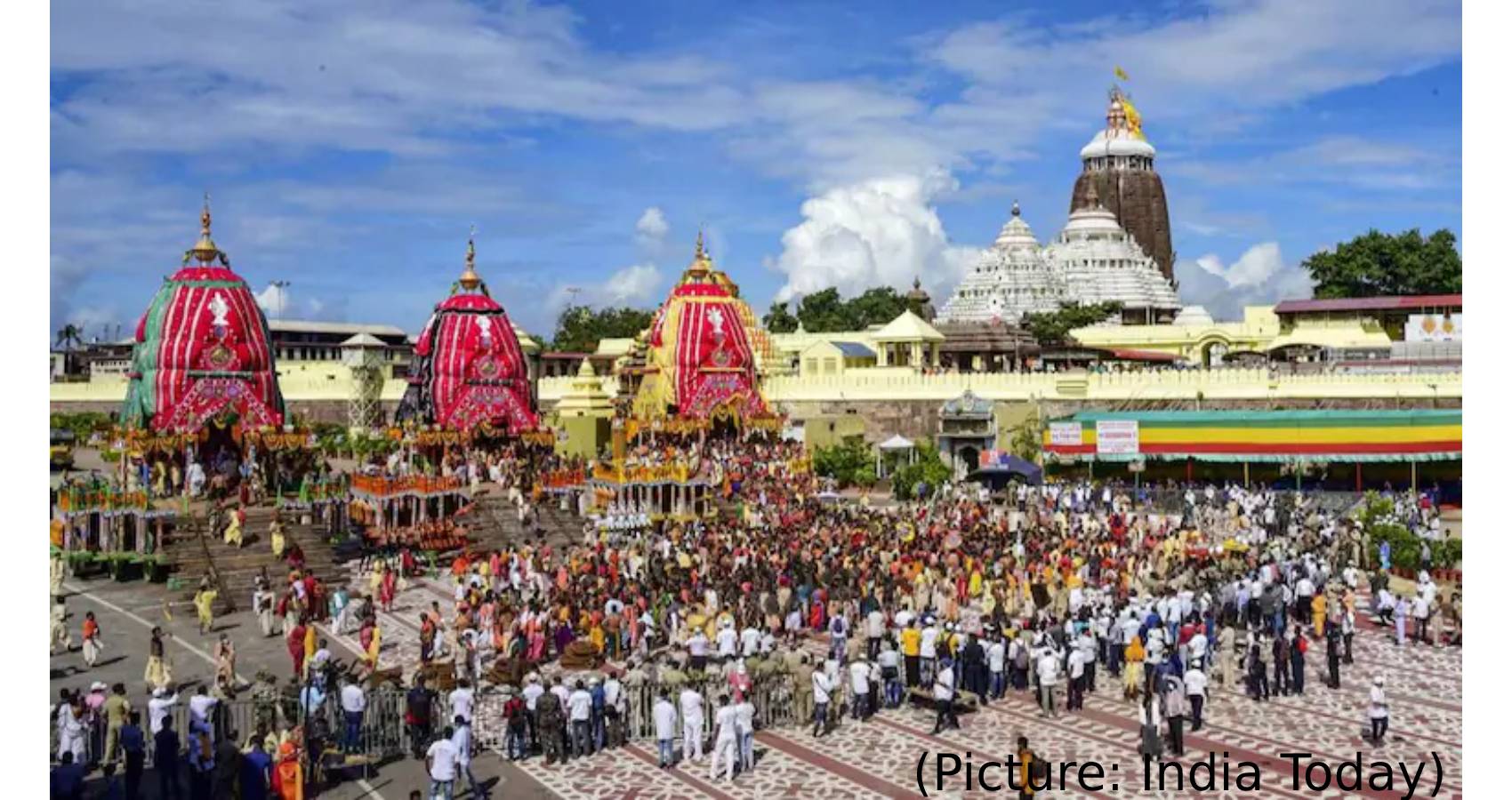
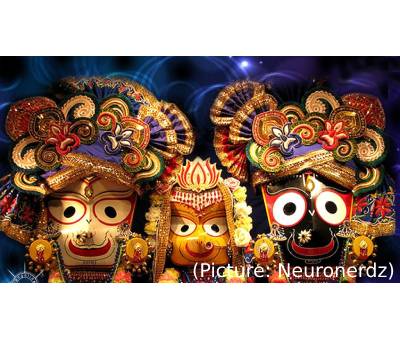 At the JagannathPuri shrine, Shri Jagannathji, Subhadraji, and Balabhadraji are revered and they ride in separate chariots during the RathYatra to their aunt’s residence, the Gundicha temple. After an eight-day visit, they return to Puri temple. For the unversed, the distance between Jagannath temple and Gundicha temple is around three kilometres. The idols o
At the JagannathPuri shrine, Shri Jagannathji, Subhadraji, and Balabhadraji are revered and they ride in separate chariots during the RathYatra to their aunt’s residence, the Gundicha temple. After an eight-day visit, they return to Puri temple. For the unversed, the distance between Jagannath temple and Gundicha temple is around three kilometres. The idols o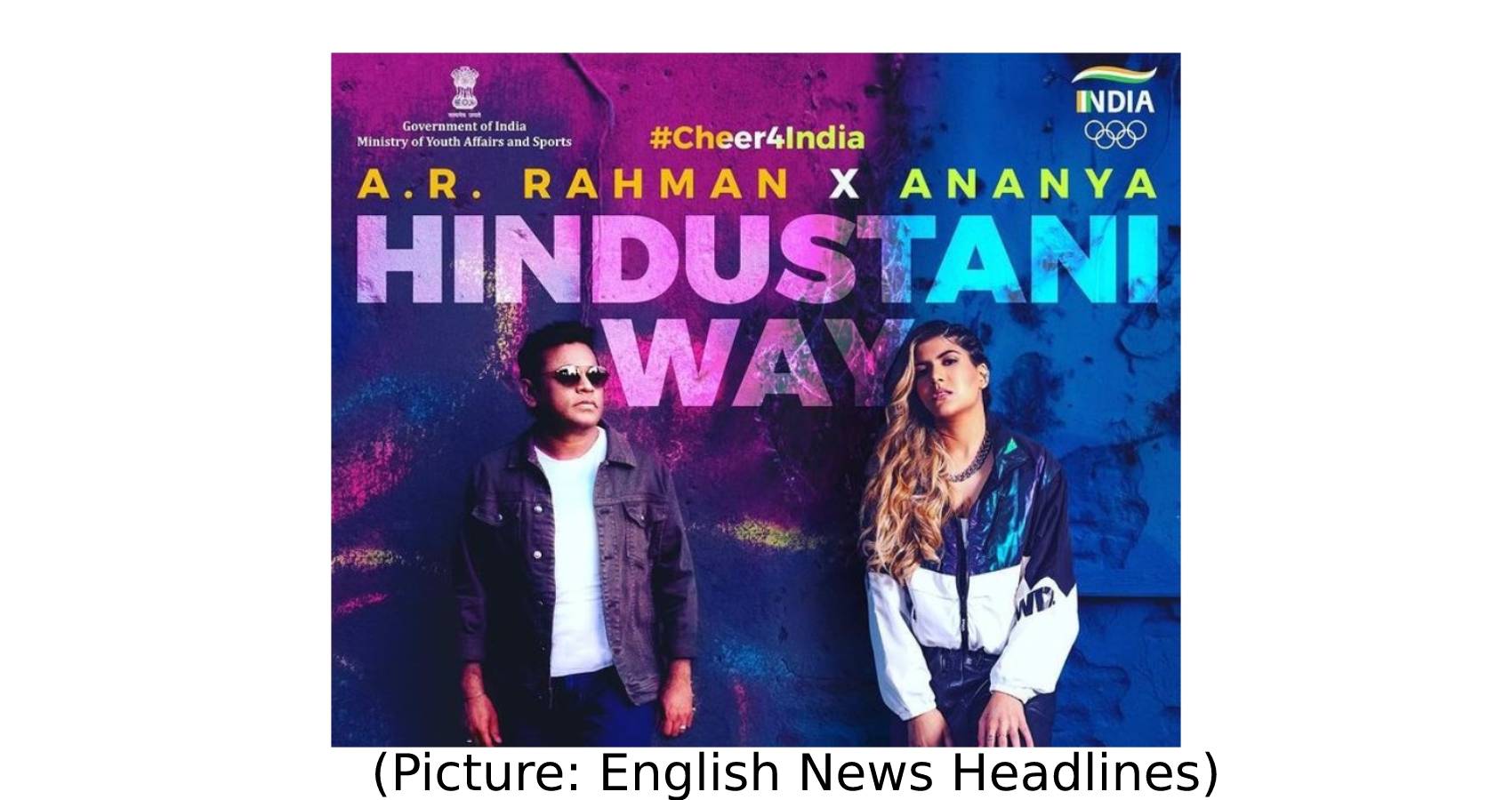
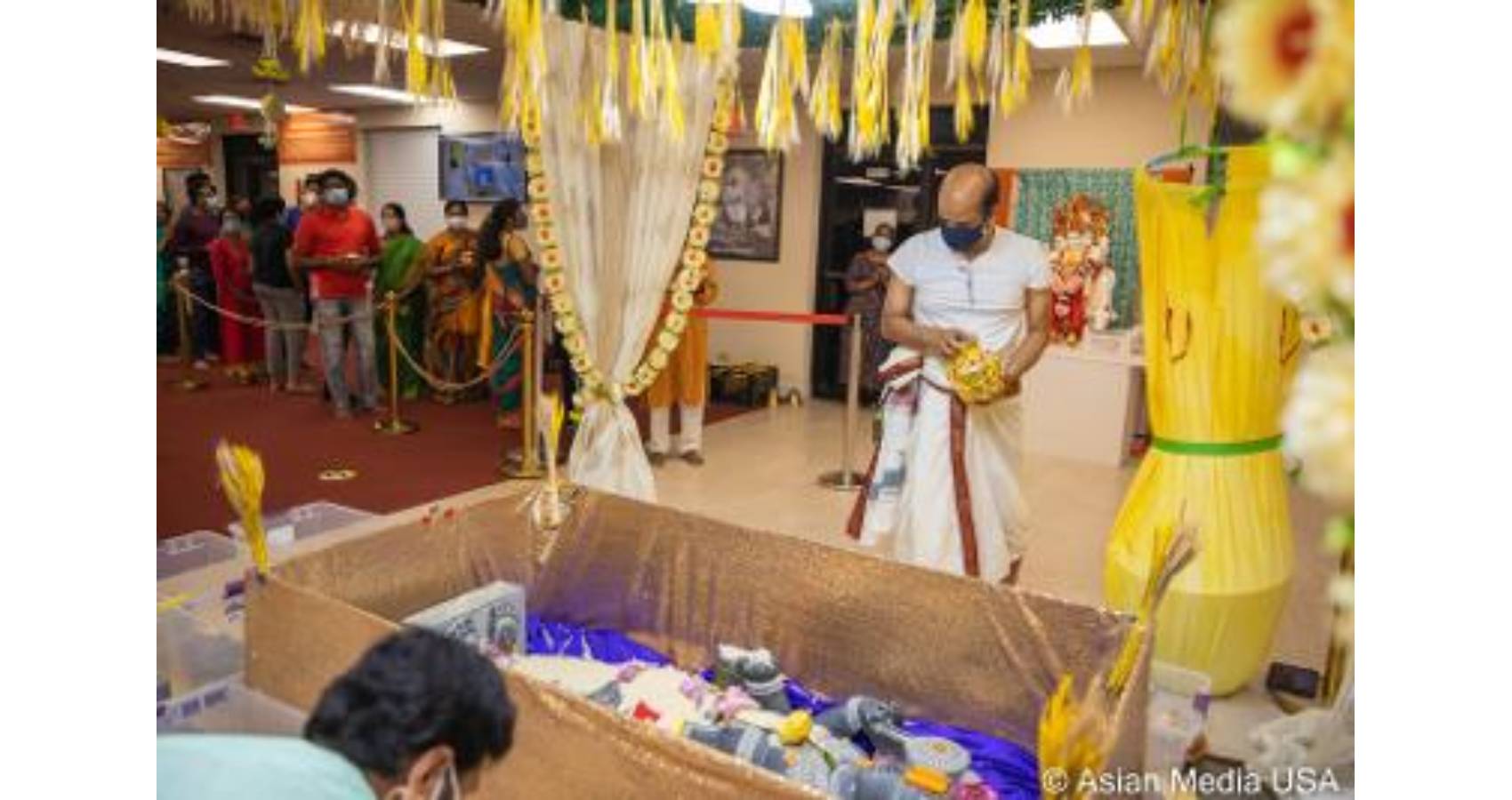
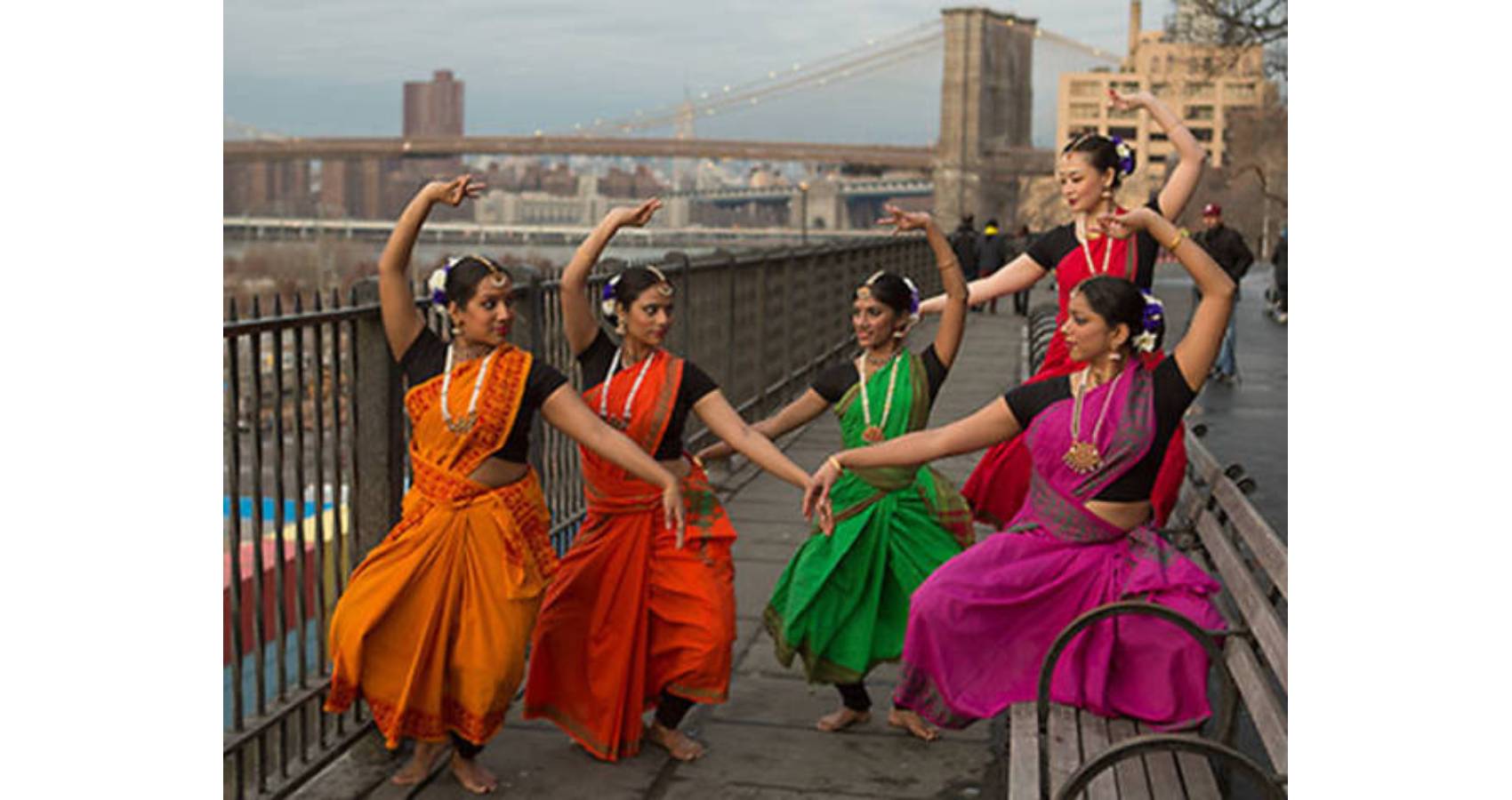
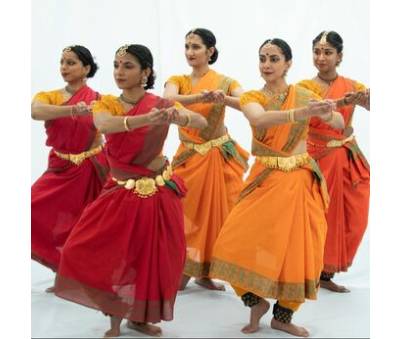 Drive East 2021 will be held in a hybrid format blending live theater with an online broadcast to allow for a global artist line-up and audience amid the COVID-19 pandemic. Artists evolve as we move forward in our careers; this year, we ask our artists to consider what it means to be a “conscious artist.” There is no universal answer, as each artist focuses on a myriad of aspects related to their performing art, such as sharing their choreography process to new artists, preserving lineage and traditions, opening up traditions that are normally closed off. What is consistent, however, is that conscious artists are always thinking about how they will impact the field around them, and why their contribution to the tradition of the form is valuable. Drive East 2021 explores what becoming a conscious artist looks like, poses myriad questions of artists and audiences, and explores the many paths artists can take to distill the vision of growth and sustainability into action. (Pictured above: KalaisanKalaichelvan.
Drive East 2021 will be held in a hybrid format blending live theater with an online broadcast to allow for a global artist line-up and audience amid the COVID-19 pandemic. Artists evolve as we move forward in our careers; this year, we ask our artists to consider what it means to be a “conscious artist.” There is no universal answer, as each artist focuses on a myriad of aspects related to their performing art, such as sharing their choreography process to new artists, preserving lineage and traditions, opening up traditions that are normally closed off. What is consistent, however, is that conscious artists are always thinking about how they will impact the field around them, and why their contribution to the tradition of the form is valuable. Drive East 2021 explores what becoming a conscious artist looks like, poses myriad questions of artists and audiences, and explores the many paths artists can take to distill the vision of growth and sustainability into action. (Pictured above: KalaisanKalaichelvan.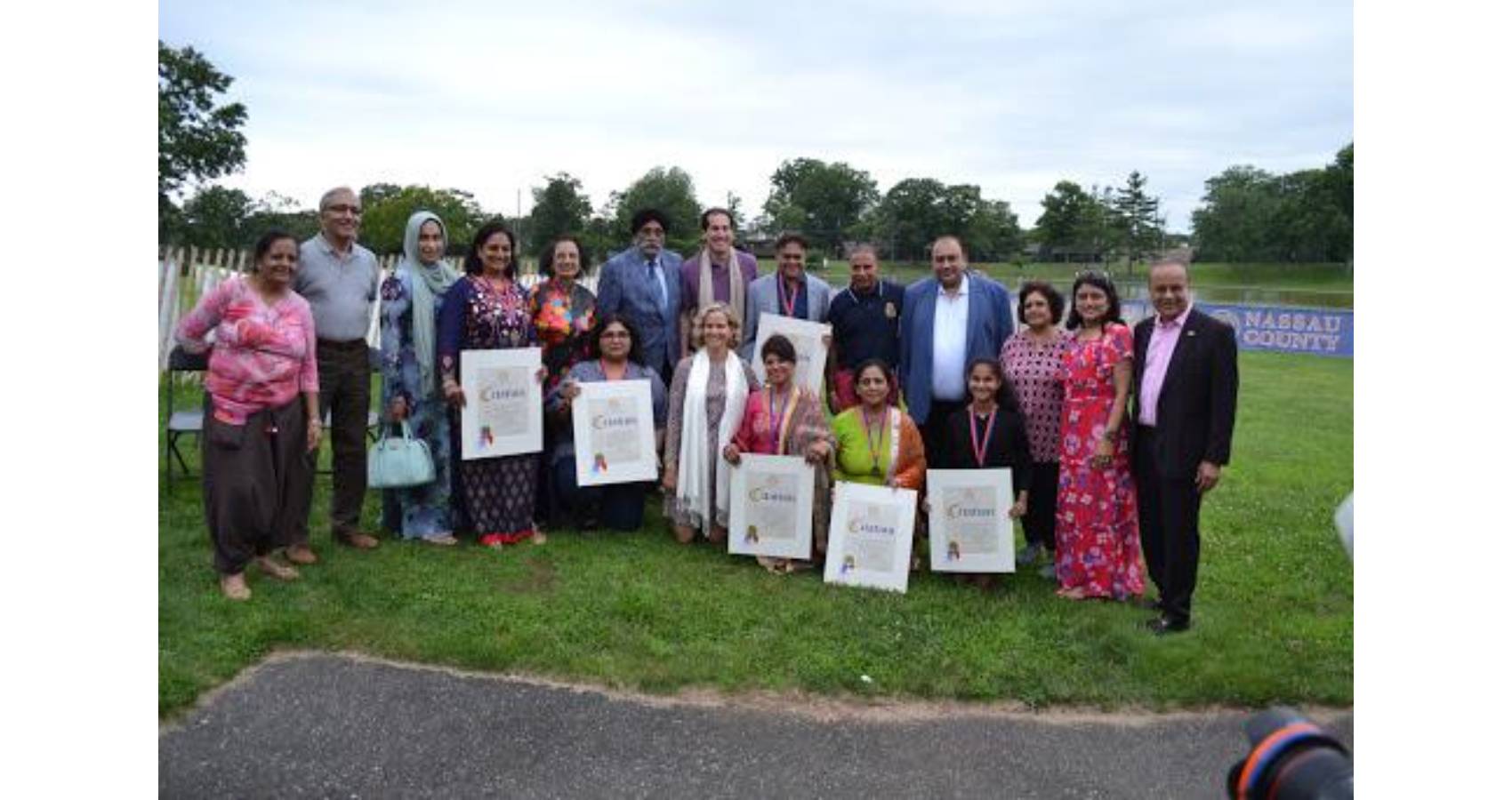
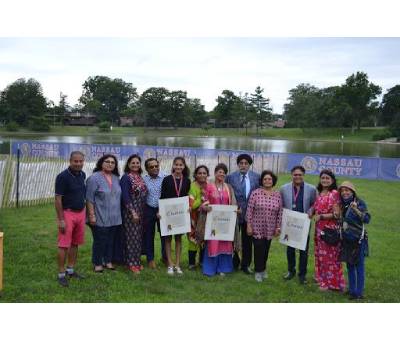
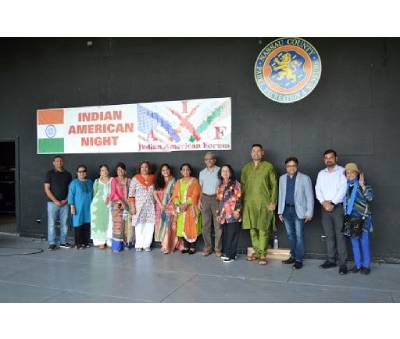
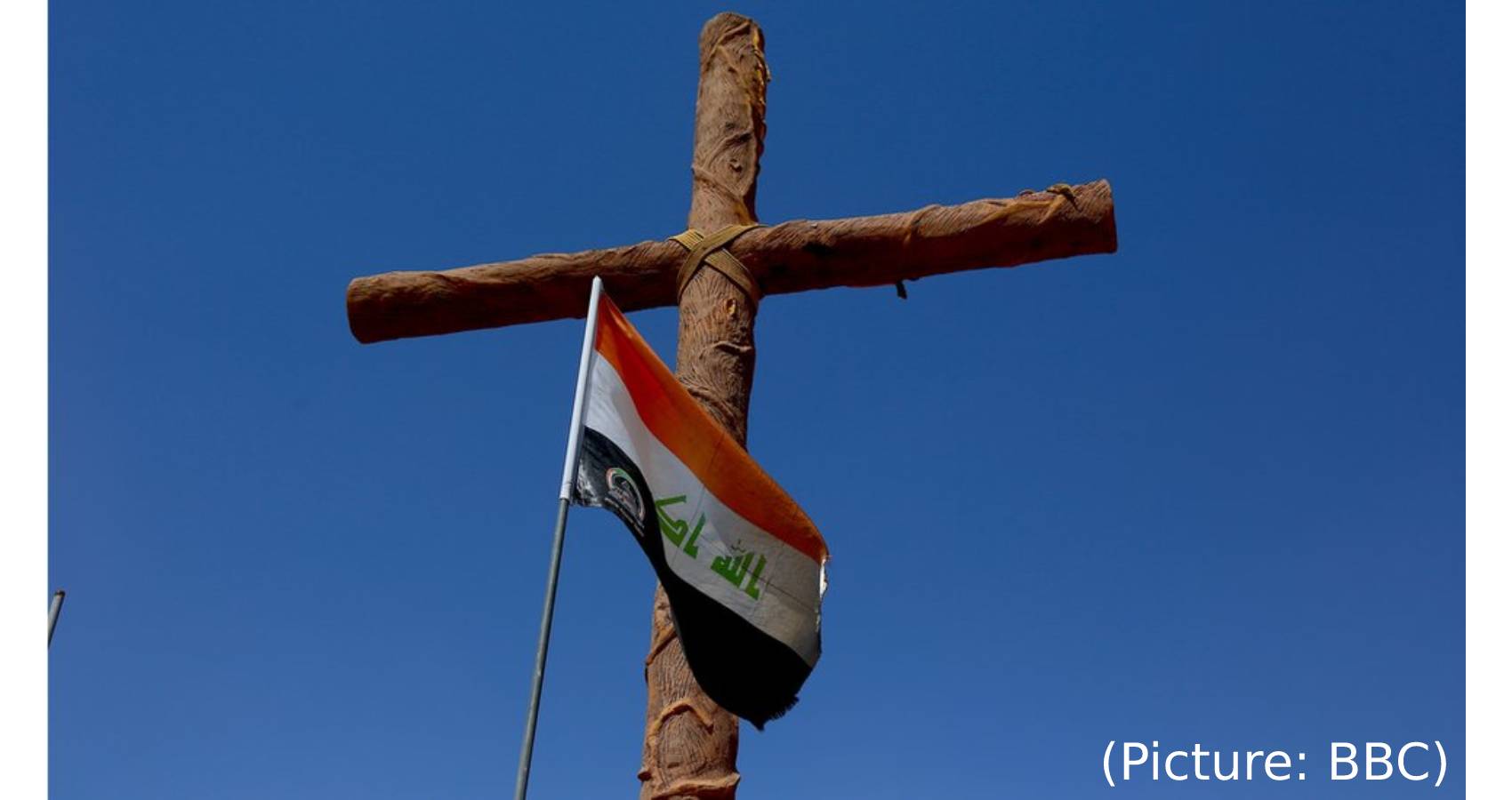
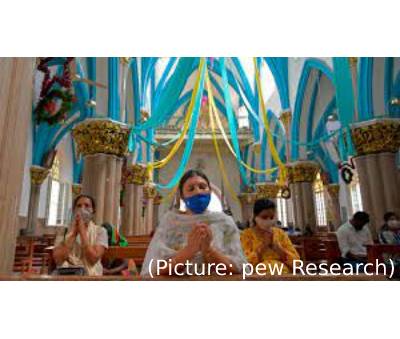 Three-quarters of Indian Christians (76%) say religion is very important in their lives, and Indian Christians engage in a variety of traditional beliefs and practices. Nearly all Indian Christians (98%) say they believe in God, and Christians in India are more likely than most other religious communities to say they pray daily (77%). Most Indian Christians also attend church weekly (55%), and an overwhelming share give money to a church (89%). At the same time, even though 78% of Indian Christians say they read or listen to the Bible at least weekly, smaller shares say they hold several traditional beliefs rooted in the Bible, including belief in Judgment Day (49%) and miracles (48%).
Three-quarters of Indian Christians (76%) say religion is very important in their lives, and Indian Christians engage in a variety of traditional beliefs and practices. Nearly all Indian Christians (98%) say they believe in God, and Christians in India are more likely than most other religious communities to say they pray daily (77%). Most Indian Christians also attend church weekly (55%), and an overwhelming share give money to a church (89%). At the same time, even though 78% of Indian Christians say they read or listen to the Bible at least weekly, smaller shares say they hold several traditional beliefs rooted in the Bible, including belief in Judgment Day (49%) and miracles (48%).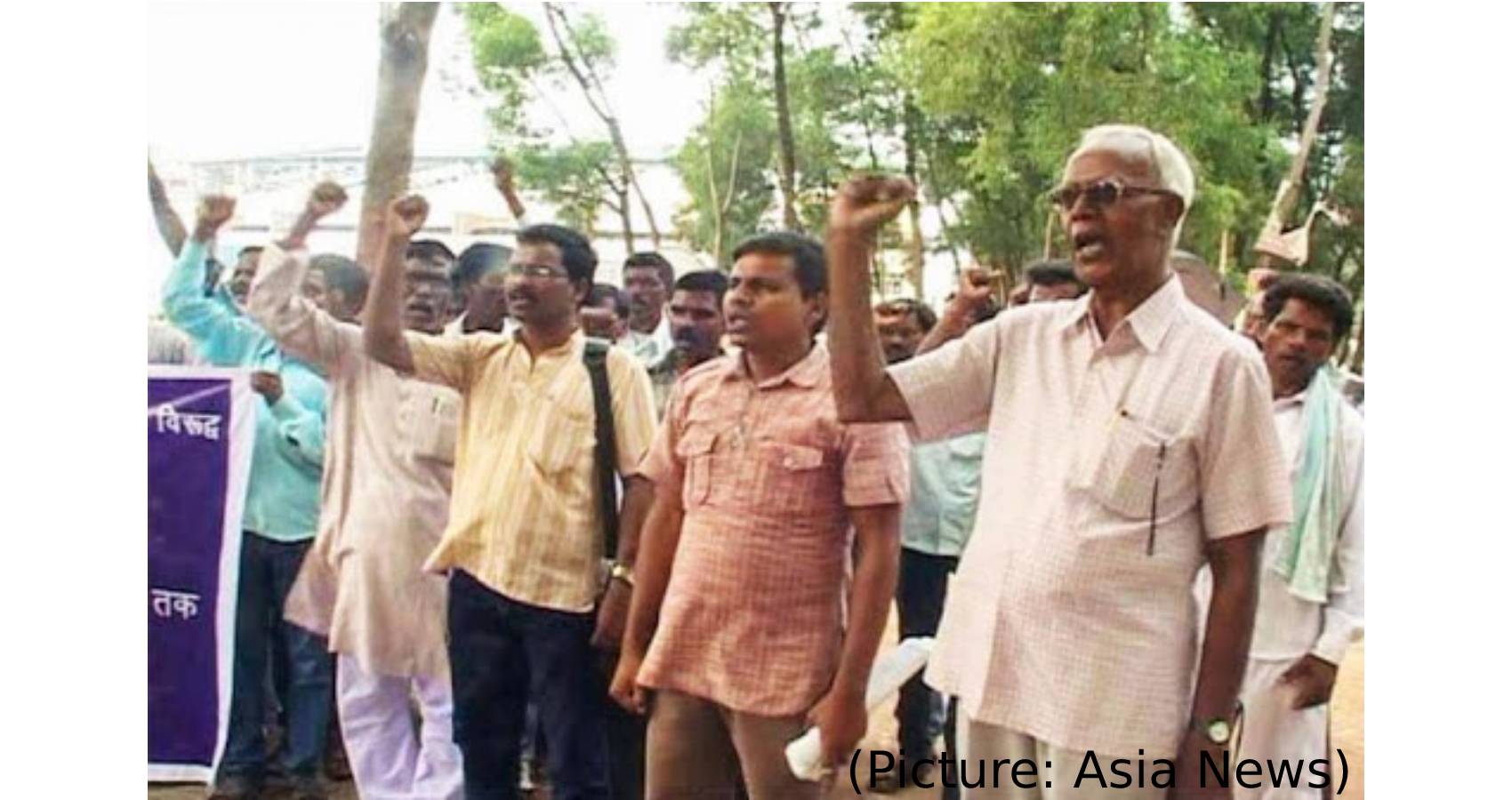
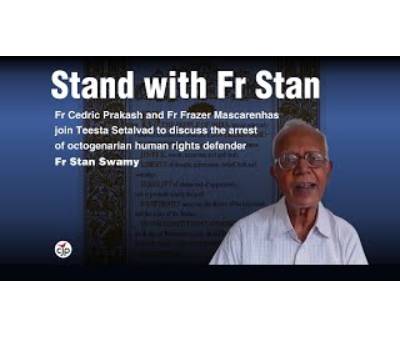 Bhima Koregaon incidence took place in 2019, 1st July. As thousands of dalits were returning after paying homage to dalits who lost their life in battle against Peshwa army in 1818, they were attacked. This battle had taken place between the Peshwa Baji Rao’s upper caste army against the East India Company’s army constituted mainly by Mahar community. Mahars saw it as a defeat of casteist forces and celebrated the victory, a victory pole was erected and annually dalits started visiting the place as a mark of defeat of Brahmanical forces. Babasaheb Ambedkar also visited the place in 1928. It became an ideological identity booster for the dalit community.
Bhima Koregaon incidence took place in 2019, 1st July. As thousands of dalits were returning after paying homage to dalits who lost their life in battle against Peshwa army in 1818, they were attacked. This battle had taken place between the Peshwa Baji Rao’s upper caste army against the East India Company’s army constituted mainly by Mahar community. Mahars saw it as a defeat of casteist forces and celebrated the victory, a victory pole was erected and annually dalits started visiting the place as a mark of defeat of Brahmanical forces. Babasaheb Ambedkar also visited the place in 1928. It became an ideological identity booster for the dalit community.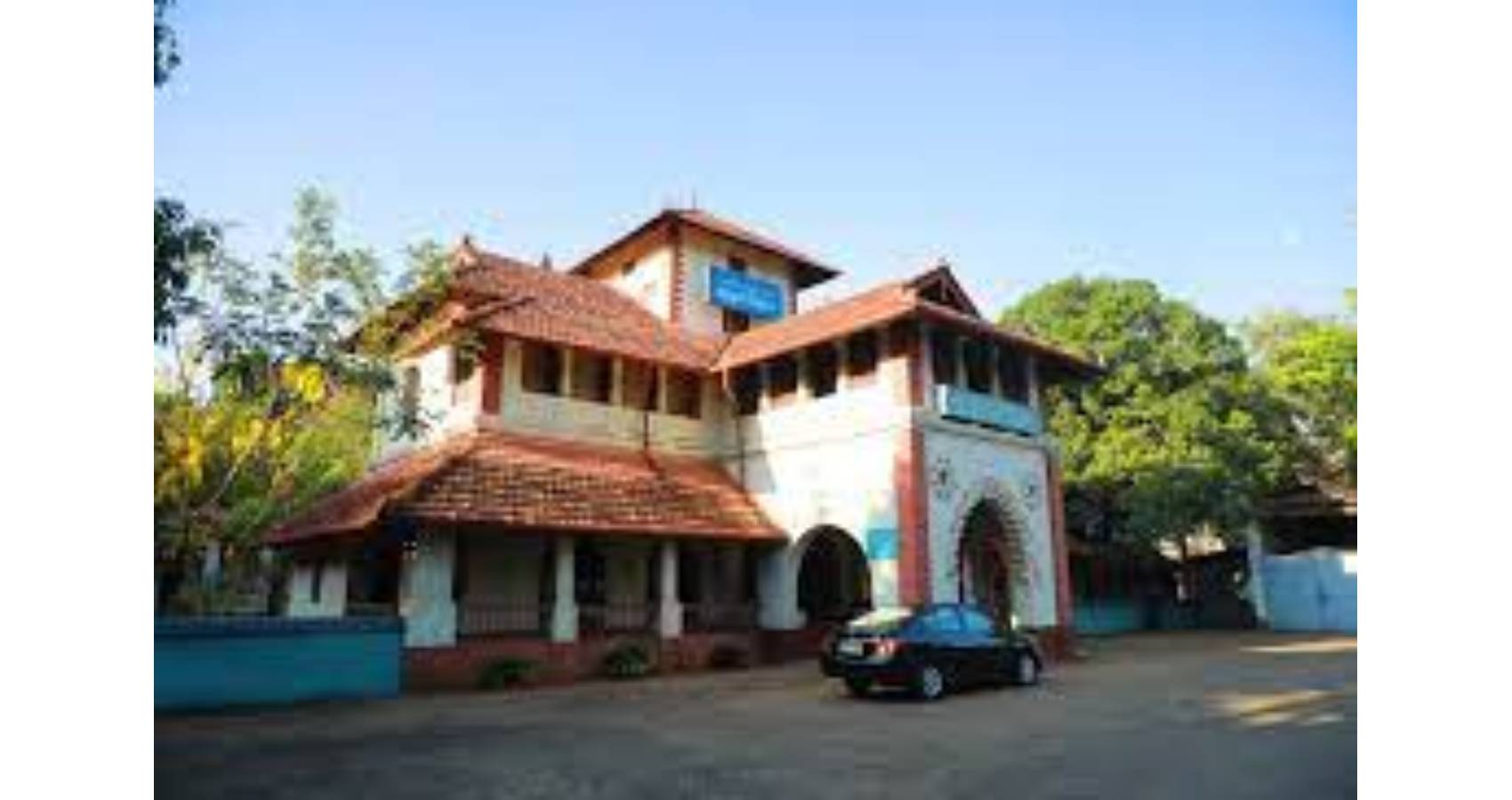
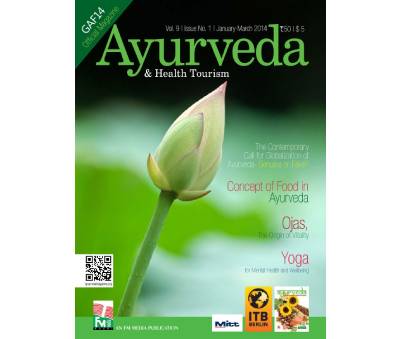 Apart from engaging in research activities, the centre publishes periodicals and books on Ayurveda, cultivates medicinal plants and organizes educational programmes. The founder, Dr P. S. Varier, started the Ayurveda Pathasala in 1917 which later became Vaidyaratnam P. S. Varier Ayurveda College. AVS also runs a Kathakali academy, named P. S. V. Natyasangham, where the classical dance form is taught and performed. P. S. V. Natyasangham is known for its strict adherence to the classical tenets of performance and meticulous training, and has produced talented artistes. A museum that preserves the personal belongings of Dr. Varier and documents the milestones in the history of Arya Vaidya Sala was established in 2002. It also chronicles the renaissance in the field of Ayurveda and its history.
Apart from engaging in research activities, the centre publishes periodicals and books on Ayurveda, cultivates medicinal plants and organizes educational programmes. The founder, Dr P. S. Varier, started the Ayurveda Pathasala in 1917 which later became Vaidyaratnam P. S. Varier Ayurveda College. AVS also runs a Kathakali academy, named P. S. V. Natyasangham, where the classical dance form is taught and performed. P. S. V. Natyasangham is known for its strict adherence to the classical tenets of performance and meticulous training, and has produced talented artistes. A museum that preserves the personal belongings of Dr. Varier and documents the milestones in the history of Arya Vaidya Sala was established in 2002. It also chronicles the renaissance in the field of Ayurveda and its history.
 “There are a lot of people who would feel very confident saying that we know why and how people choose partners and become a couple and fall in love, but our research suggests that is not the case,” says lead author Danu Anthony Stinson, a psychology professor at the University of Victoria, Canada. “We might have a good understanding of how strangers become attracted to each other and start dating, but that’s simply not how most relationships begin.” The team analyzed data from nearly 1,900 university students and crowdsourced adults, with 68 percent reporting that their current or most recent romantic relationship began as a friendship. There was little variation across gender, level of education, or ethnic groups, but the rate of friends-first initiation was even higher among 20-somethings and within LGBTQ+ communities, with 85 percent of such couples beginning as friendships.
“There are a lot of people who would feel very confident saying that we know why and how people choose partners and become a couple and fall in love, but our research suggests that is not the case,” says lead author Danu Anthony Stinson, a psychology professor at the University of Victoria, Canada. “We might have a good understanding of how strangers become attracted to each other and start dating, but that’s simply not how most relationships begin.” The team analyzed data from nearly 1,900 university students and crowdsourced adults, with 68 percent reporting that their current or most recent romantic relationship began as a friendship. There was little variation across gender, level of education, or ethnic groups, but the rate of friends-first initiation was even higher among 20-somethings and within LGBTQ+ communities, with 85 percent of such couples beginning as friendships.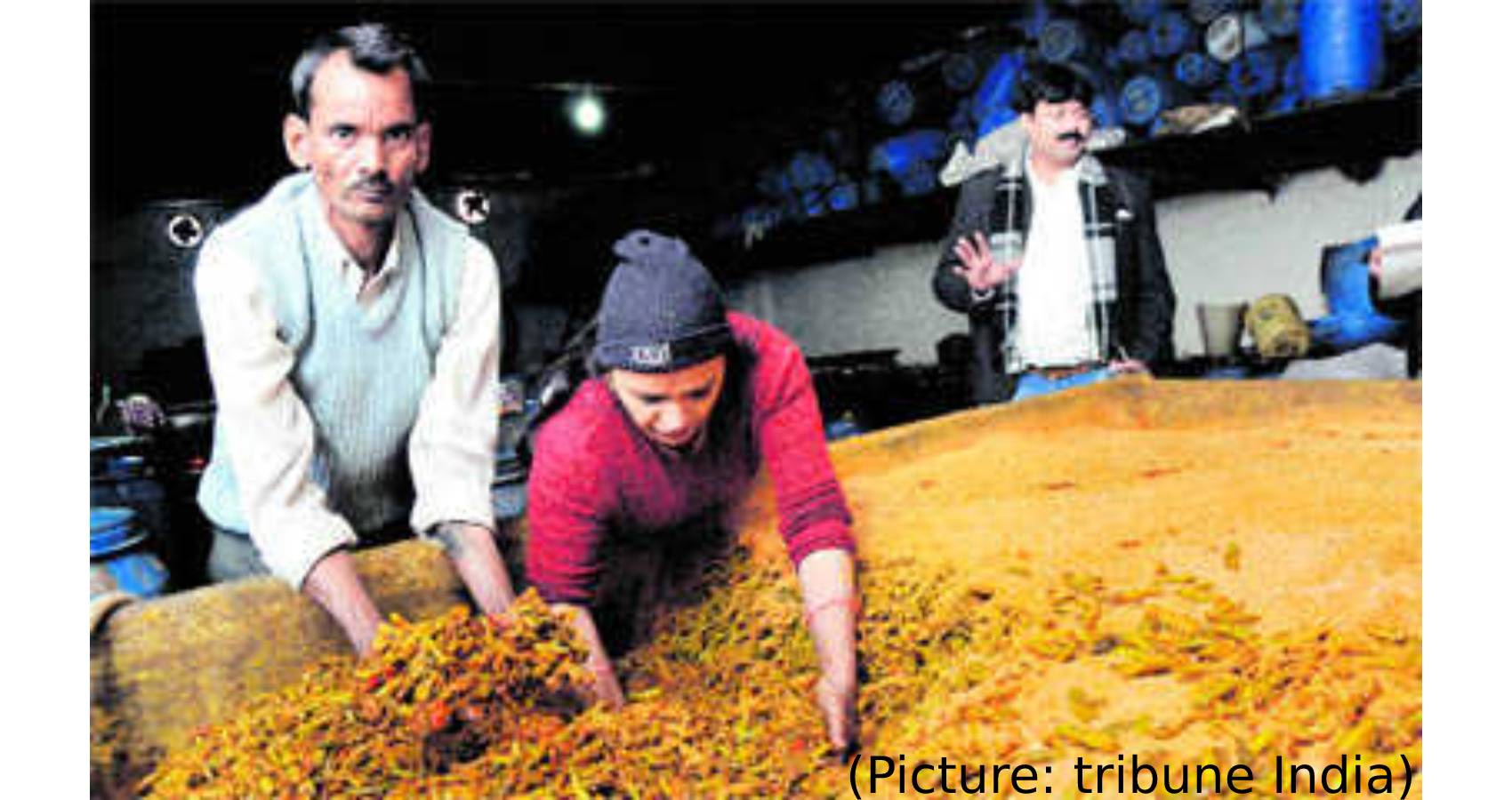
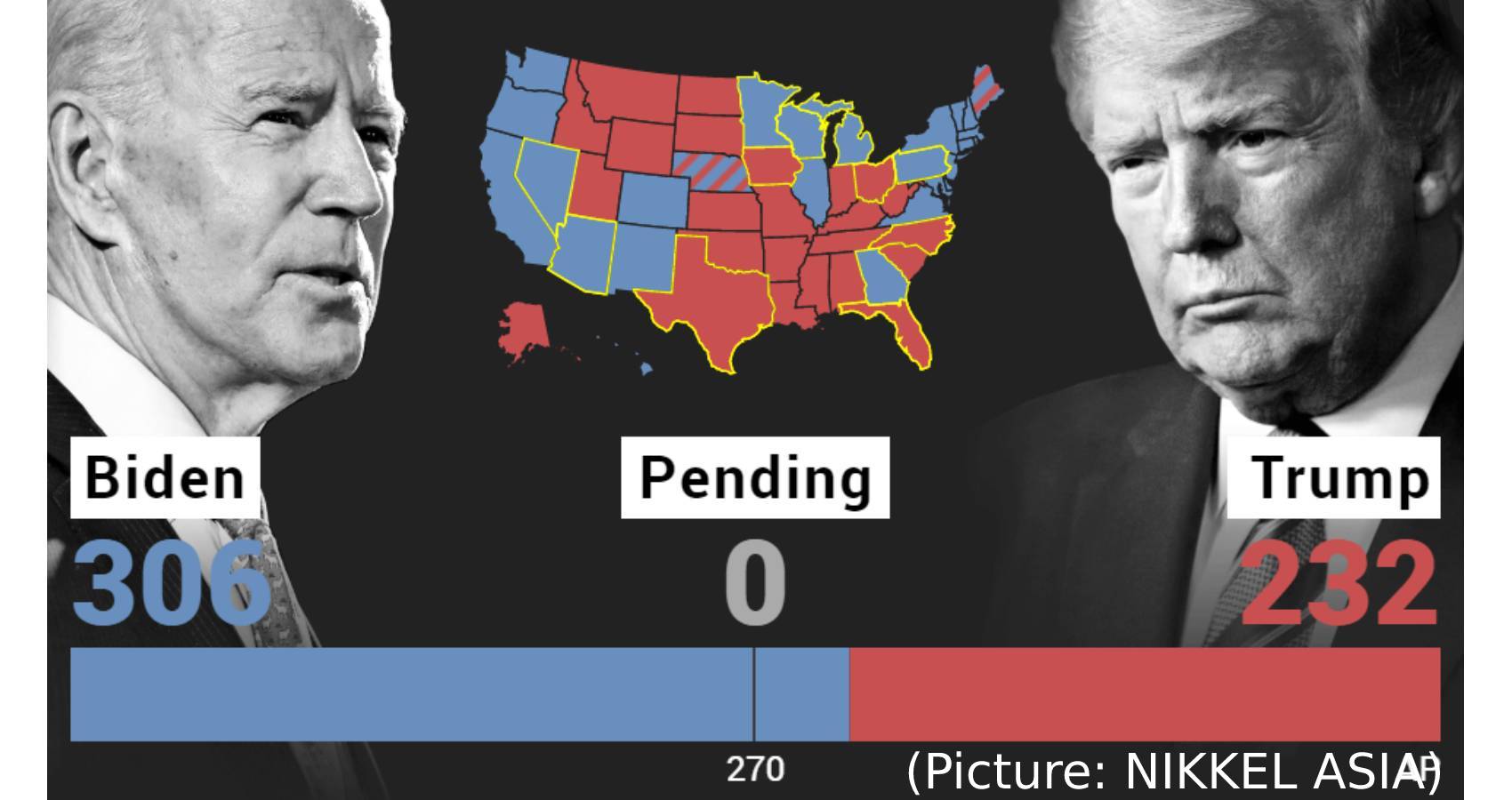
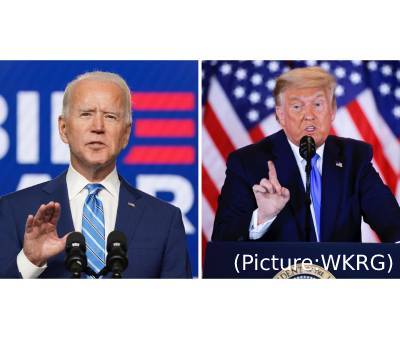 Five main factors account for Biden’s success.
Five main factors account for Biden’s success.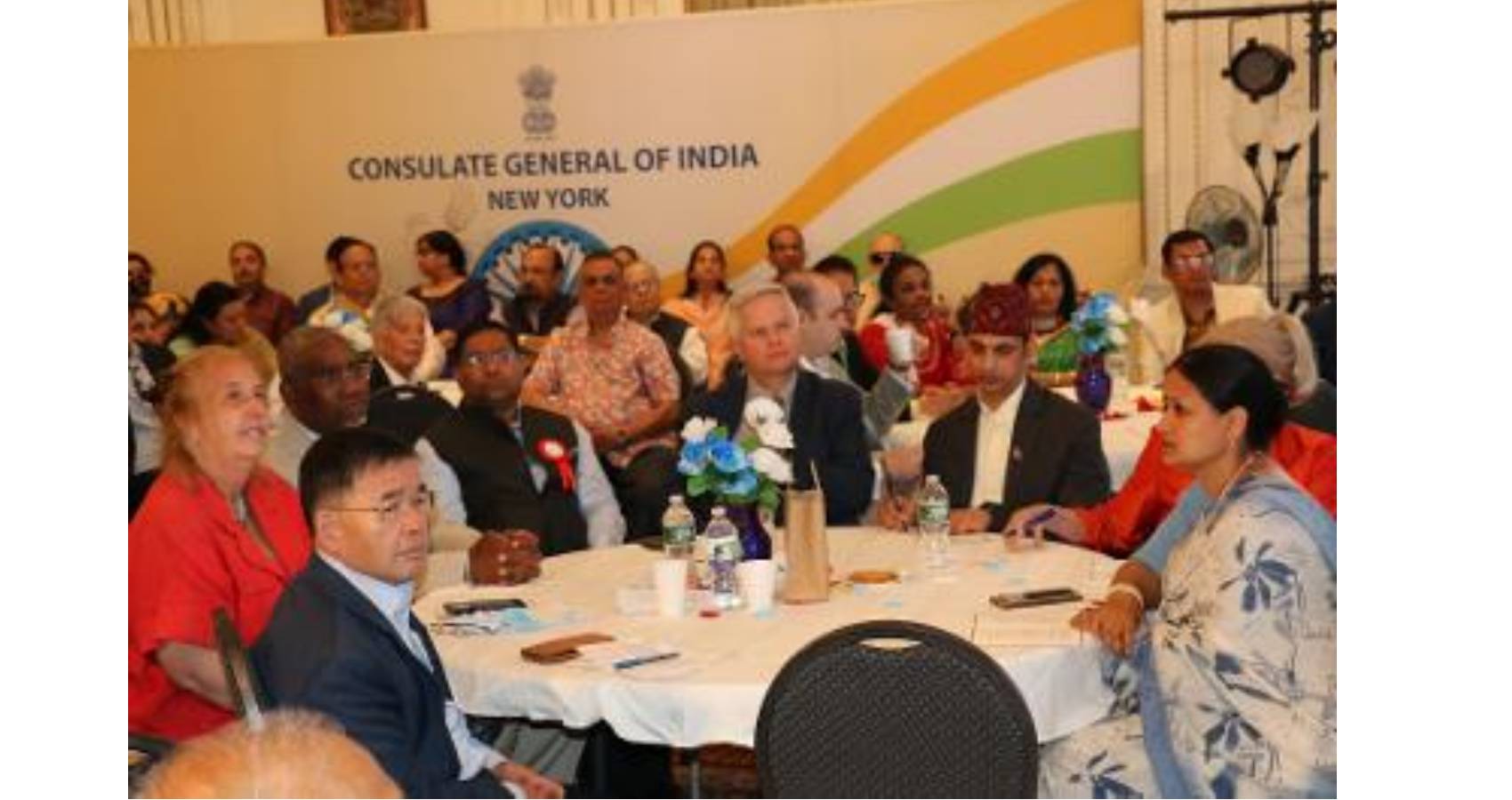
 The event was organized by the founder and President of the International Ahimsa Foundation Dr. Neeta Jain. Due to her persistent hard work and networking, Dr. Jain has been elected as an Indian American female Democratic District Leader in New York, at present representingAssembly District 25 Part B in Queens. She is an accomplished educator and civic & community leader. Being a Jain, she is a passionate advocate for non-violence and peace. To promote these values, she founded and presides over the International Ahimsa Foundation, a domestic non-profit organization founded in 2012 to promote the study and practice of non-violence and peace in educational institutes.
The event was organized by the founder and President of the International Ahimsa Foundation Dr. Neeta Jain. Due to her persistent hard work and networking, Dr. Jain has been elected as an Indian American female Democratic District Leader in New York, at present representingAssembly District 25 Part B in Queens. She is an accomplished educator and civic & community leader. Being a Jain, she is a passionate advocate for non-violence and peace. To promote these values, she founded and presides over the International Ahimsa Foundation, a domestic non-profit organization founded in 2012 to promote the study and practice of non-violence and peace in educational institutes.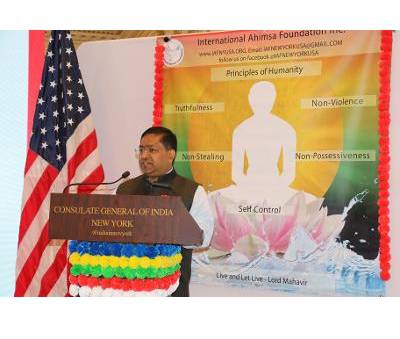 The Honorable Bishnu Prasad Gautam, Consul General of Nepal, NY, who spoke from the heart about the positive relationship and similar values between the Nepali and Indian diasporas and the importance of non-violence, peace, and unity. Sister Sabitha Geer, representative of the Brahma Kumaris to the United Nations, who spoke about the connection between awareness, attitude, vision, action, and the world, and guided the audience through some mindful meditation. Community leader Ashok Sancheti, who emphasized the importance of sharing and spreading happiness for prosperity and community success. NYC Mayor Bill de Blasio ofFice was represented by Mr. Rohan Narain, who read his letter to the audience and Queens borough President Donavon Richards office was represented by Mr. Brent Weitzberg.
The Honorable Bishnu Prasad Gautam, Consul General of Nepal, NY, who spoke from the heart about the positive relationship and similar values between the Nepali and Indian diasporas and the importance of non-violence, peace, and unity. Sister Sabitha Geer, representative of the Brahma Kumaris to the United Nations, who spoke about the connection between awareness, attitude, vision, action, and the world, and guided the audience through some mindful meditation. Community leader Ashok Sancheti, who emphasized the importance of sharing and spreading happiness for prosperity and community success. NYC Mayor Bill de Blasio ofFice was represented by Mr. Rohan Narain, who read his letter to the audience and Queens borough President Donavon Richards office was represented by Mr. Brent Weitzberg.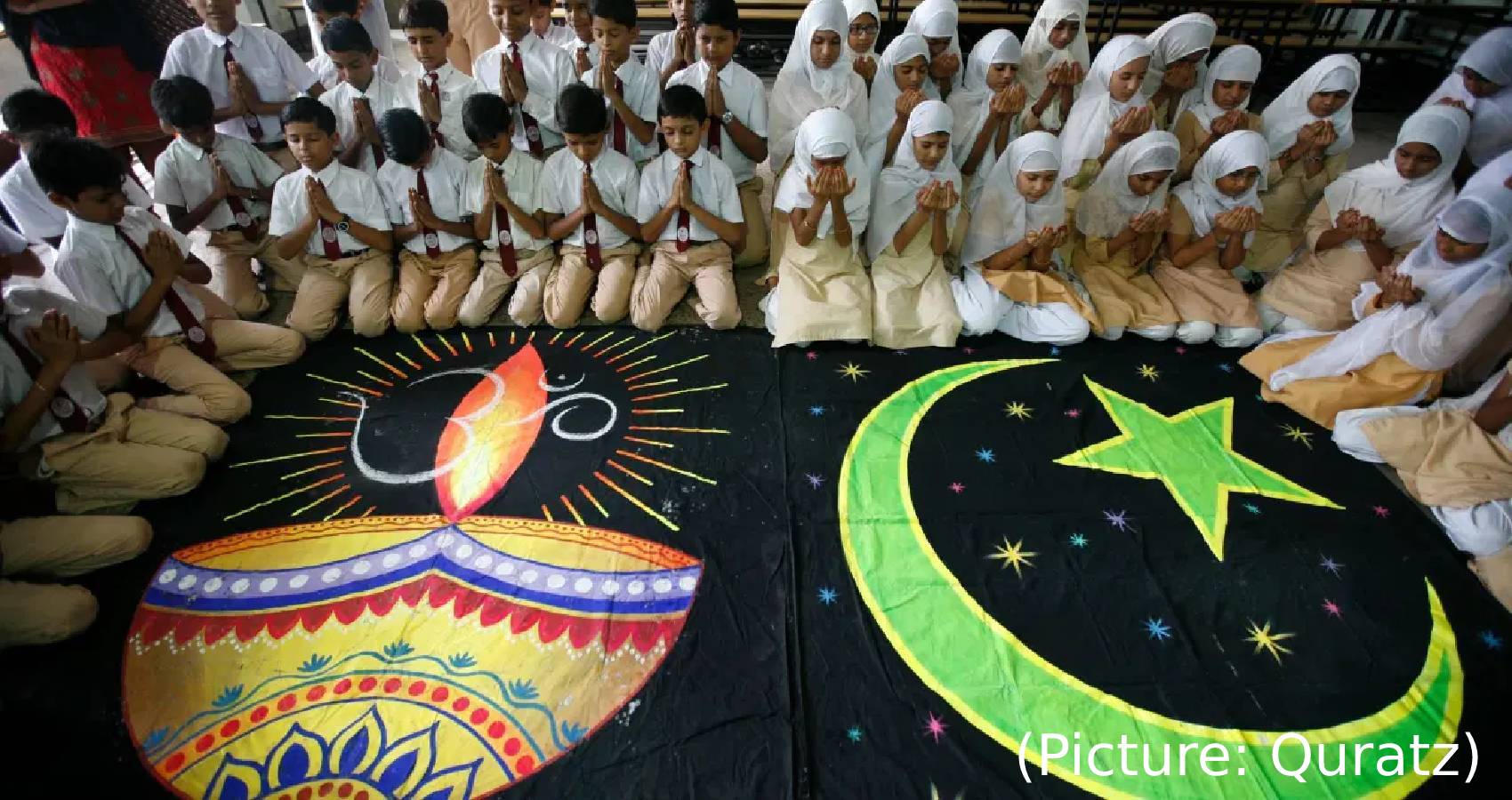
 A major new Pew Research Center survey of religion across India, based on nearly 30,000 face-to-face interviews of adults conducted in 17 languages between late 2019 and early 2020 (before the
A major new Pew Research Center survey of religion across India, based on nearly 30,000 face-to-face interviews of adults conducted in 17 languages between late 2019 and early 2020 (before the 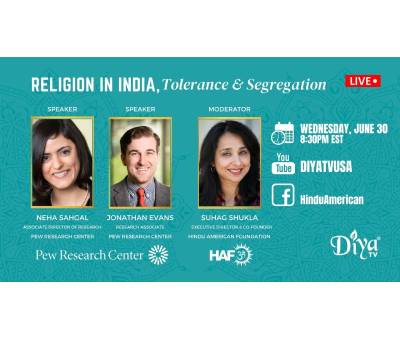 Even though Hindu BJP voters who link national identity with religion and language are more inclined to support a religiously segregated India, they also are more likely than other Hindu voters to express positive opinions about India’s religious diversity. Nearly two-thirds (65%) of this group – Hindus who say that being a Hindu and being able to speak Hindi are very important to be truly Indian and who voted for the BJP in 2019 – say religious diversity benefits India, compared with about half (47%) of other Hindu voters. This finding suggests that for many Hindus, there is no contradiction between valuing religious diversity (at least in principle) and feeling that Hindus are somehow more authentically Indian than fellow citizens who follow other religions.
Even though Hindu BJP voters who link national identity with religion and language are more inclined to support a religiously segregated India, they also are more likely than other Hindu voters to express positive opinions about India’s religious diversity. Nearly two-thirds (65%) of this group – Hindus who say that being a Hindu and being able to speak Hindi are very important to be truly Indian and who voted for the BJP in 2019 – say religious diversity benefits India, compared with about half (47%) of other Hindu voters. This finding suggests that for many Hindus, there is no contradiction between valuing religious diversity (at least in principle) and feeling that Hindus are somehow more authentically Indian than fellow citizens who follow other religions.
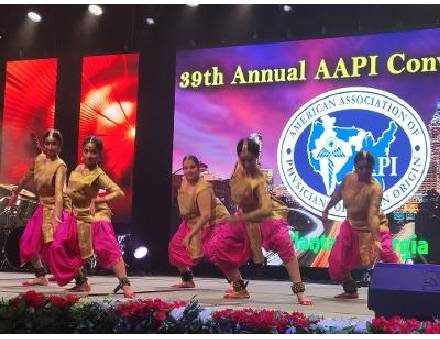 “Remembering and memorializing the brave AAPI Warriors and thousands of healthcare workers, who have sacrificed their lives at the service of humanity, especially during the Deadly Covid Pandemic is the major theme during the Convention,” said Dr. Sudhakar Jonnalagadda, President of AAPI. “This convention is a tribute to those who have lost their lives and to the frontline medical professionals who are at the forefront, combating the pandemic around the globe,” he added.
“Remembering and memorializing the brave AAPI Warriors and thousands of healthcare workers, who have sacrificed their lives at the service of humanity, especially during the Deadly Covid Pandemic is the major theme during the Convention,” said Dr. Sudhakar Jonnalagadda, President of AAPI. “This convention is a tribute to those who have lost their lives and to the frontline medical professionals who are at the forefront, combating the pandemic around the globe,” he added.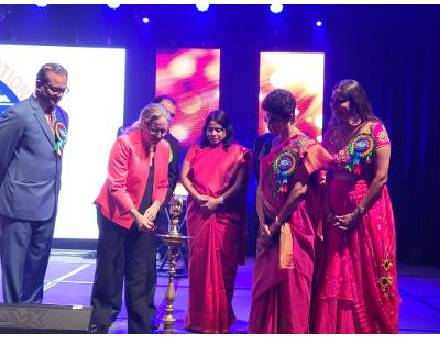 The annual convention this year is being organized by AAPI’s Atlanta Chapter, chaired by Dr. Sreeni Gangasani. The inaugural Nite’s Gala was hosted by Georgia Association of Physicians of Indian Origin (GAPI), during which several leaders of GAPI, including Drs. Indrani Indrakrishnan, Raghu Lolabhattu, Manoj Shah, Yogesh Joshi, Arvind Gupta, PB Rao, Dilip Patel, Uma Jonnagalada and Tarun Gosh addressed the audience. In her address, Dr. Indrani Indrakrishnan shared with the audience of GAPI’s educational, philanthropic, humanitarian, political, entertaining and social activities. Educational scholarships were presented to deserving students from the region.
The annual convention this year is being organized by AAPI’s Atlanta Chapter, chaired by Dr. Sreeni Gangasani. The inaugural Nite’s Gala was hosted by Georgia Association of Physicians of Indian Origin (GAPI), during which several leaders of GAPI, including Drs. Indrani Indrakrishnan, Raghu Lolabhattu, Manoj Shah, Yogesh Joshi, Arvind Gupta, PB Rao, Dilip Patel, Uma Jonnagalada and Tarun Gosh addressed the audience. In her address, Dr. Indrani Indrakrishnan shared with the audience of GAPI’s educational, philanthropic, humanitarian, political, entertaining and social activities. Educational scholarships were presented to deserving students from the region.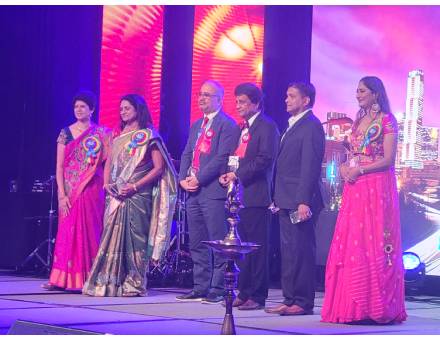 Dr. Kulkarni shared with the audience about the many programs and plans offered by the Government of India to alleviate the sufferings of the people of India during the pandemic. Dr. Kulkarni stressed the importance of Indo-US Strategic Alliance, especially in the health sector, while pointing out India’s contributions providing the world with quality drugs for cheaper prizes. Congresswoman Carolyn Bourdeaux representing the 7th Congressional district of Georgia was introduced to the audience by Dr. Sreeni Gangasani. Sharing her own close association with the South Asian community, Rep. Carolyn Bourdeaux said, her district is home to the largest South Asian population in the South East. “I have so many wonderful friends in this community for many years I have had many friends who are from South Asia,” she said. “I have been in Washington for about 6 months and I have worked very hard to Advocate on behalf of the South Asian Community.”
Dr. Kulkarni shared with the audience about the many programs and plans offered by the Government of India to alleviate the sufferings of the people of India during the pandemic. Dr. Kulkarni stressed the importance of Indo-US Strategic Alliance, especially in the health sector, while pointing out India’s contributions providing the world with quality drugs for cheaper prizes. Congresswoman Carolyn Bourdeaux representing the 7th Congressional district of Georgia was introduced to the audience by Dr. Sreeni Gangasani. Sharing her own close association with the South Asian community, Rep. Carolyn Bourdeaux said, her district is home to the largest South Asian population in the South East. “I have so many wonderful friends in this community for many years I have had many friends who are from South Asia,” she said. “I have been in Washington for about 6 months and I have worked very hard to Advocate on behalf of the South Asian Community.”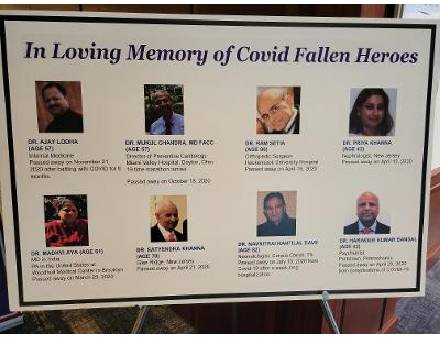 Describing herself as a friend of India and Indian Americans, the Congresswoman said, she is an active member of the India Caucus in the House, she said, “India is a very very important strategic partner to the United States,” and promised to work with the federal government in helping India especially during the pandemic. The inaugural nite’s star attraction was the young and energetic artist Vidya Vox who entertained the audience with song, music and dances. During the nearly 2 hours long live performance. She showcased the influences of her Indian-American heritage to create music that is refreshingly unique and contemporary, seamlessly fusing together the intricacies of Indian music with elements of electronic and hip-hop for an undeniably catchy sound. The delegates were presented with live performances of Bhartanatyam, Thillana and fusion dances by local artists, displaying unique talents in Indian classical dance forms. The popular and much loved Mehfil E Khaas provided AAPI members and families a platform to showcase their talents impromptu, in music, dance, jokes and Shero Shayari in an informal setting.
Describing herself as a friend of India and Indian Americans, the Congresswoman said, she is an active member of the India Caucus in the House, she said, “India is a very very important strategic partner to the United States,” and promised to work with the federal government in helping India especially during the pandemic. The inaugural nite’s star attraction was the young and energetic artist Vidya Vox who entertained the audience with song, music and dances. During the nearly 2 hours long live performance. She showcased the influences of her Indian-American heritage to create music that is refreshingly unique and contemporary, seamlessly fusing together the intricacies of Indian music with elements of electronic and hip-hop for an undeniably catchy sound. The delegates were presented with live performances of Bhartanatyam, Thillana and fusion dances by local artists, displaying unique talents in Indian classical dance forms. The popular and much loved Mehfil E Khaas provided AAPI members and families a platform to showcase their talents impromptu, in music, dance, jokes and Shero Shayari in an informal setting.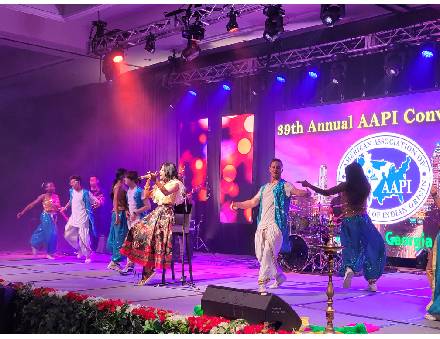 Physicians of Indian Origin in the United States are reputed to be leading health care providers, holding crucial positions in various hospitals and health care facilities around the nation and the world. Known to be a leading ethnic medical organization that represents nearly 100,000 physicians and fellows of Indian Origin in the US, and being their voice and providing a forum to its members to collectively work together to meet their diverse needs, AAPI members are proud to contribute to the wellbeing of their motherland India and their adopted land, the United States. The convention is forum to network, share knowledge and thoughts, and thus, enrich one another, and rededicate ourselves for the health and wellbeing of all peoples of the world.
Physicians of Indian Origin in the United States are reputed to be leading health care providers, holding crucial positions in various hospitals and health care facilities around the nation and the world. Known to be a leading ethnic medical organization that represents nearly 100,000 physicians and fellows of Indian Origin in the US, and being their voice and providing a forum to its members to collectively work together to meet their diverse needs, AAPI members are proud to contribute to the wellbeing of their motherland India and their adopted land, the United States. The convention is forum to network, share knowledge and thoughts, and thus, enrich one another, and rededicate ourselves for the health and wellbeing of all peoples of the world.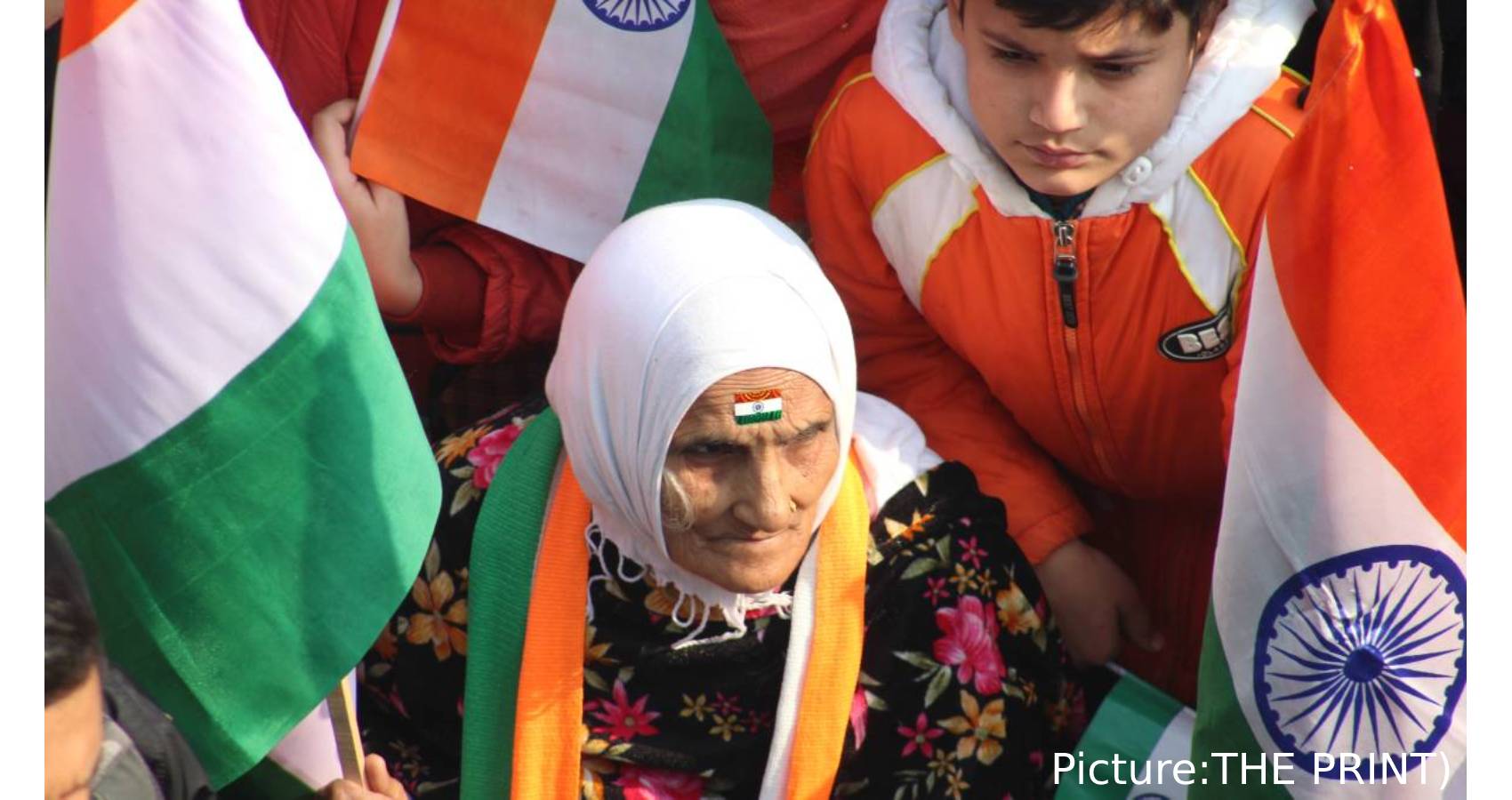
 Most Indians share some common values and beliefs across religious lines like karma, Sufism or respecting elders, which is considered very important to their faiths. The survey also found Indians tend to see religious ceremonies for the three rites of passage at birth (or infancy), marriage and death as highly important. “For example, the vast majority of Muslims (92 percent), Christians (86 percent) and Hindus (85 percent) say it is very important to have a religious burial or cremation for their loved ones.” And yet members of major religious communities also tend to see themselves as very different from others.
Most Indians share some common values and beliefs across religious lines like karma, Sufism or respecting elders, which is considered very important to their faiths. The survey also found Indians tend to see religious ceremonies for the three rites of passage at birth (or infancy), marriage and death as highly important. “For example, the vast majority of Muslims (92 percent), Christians (86 percent) and Hindus (85 percent) say it is very important to have a religious burial or cremation for their loved ones.” And yet members of major religious communities also tend to see themselves as very different from others.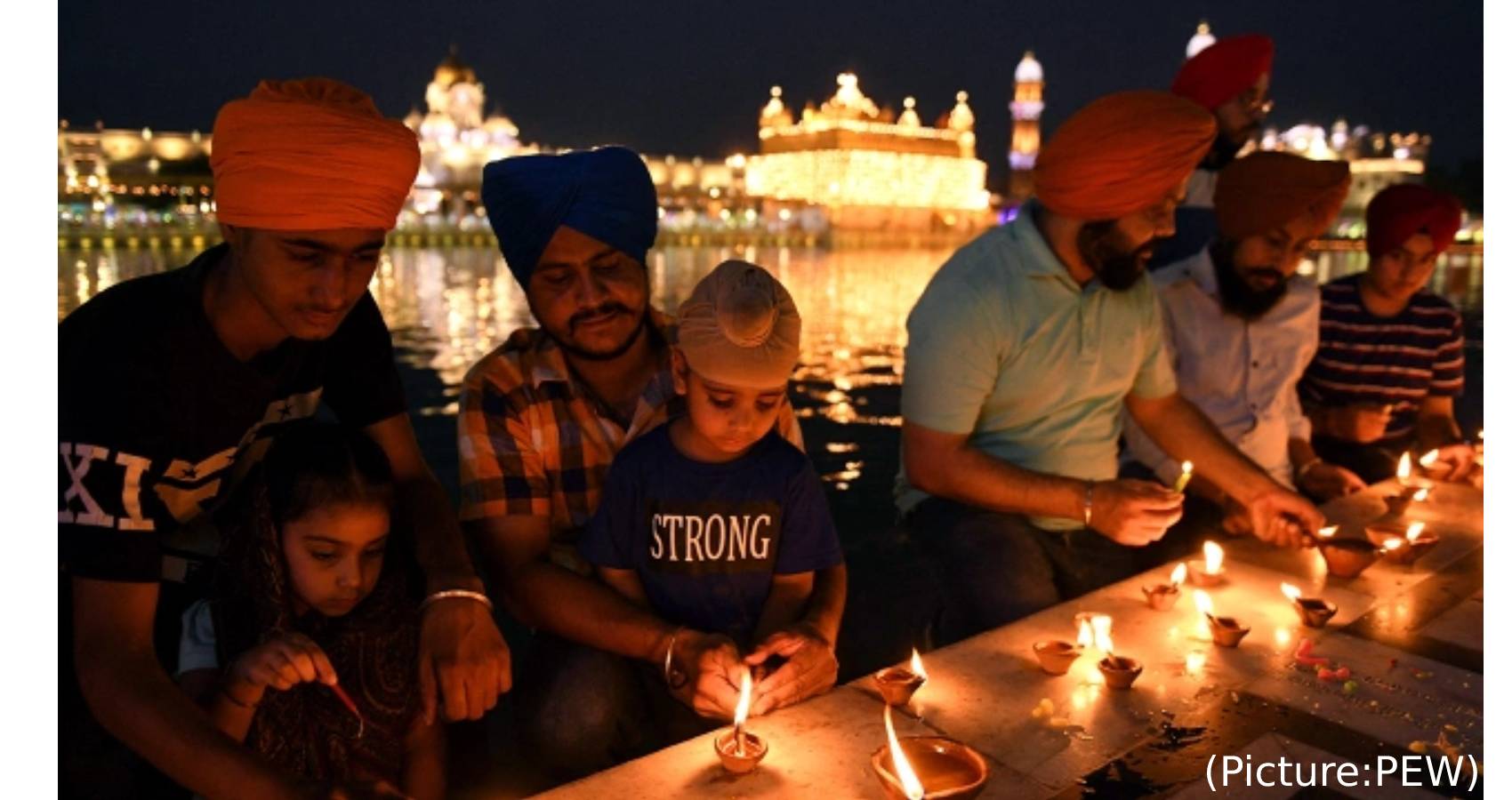
 But Indians’ commitment to tolerance is accompanied by a strong preference for keeping religious communities segregated. For example, Indians generally say they do not have much in common with members of other religious groups, and large majorities in the six major groups say their close friends come mainly or entirely from their own religious community. That’s true not only for 86% of India’s large Hindu population, but also for smaller groups such as Sikhs (80%) and Jains (72%). Moreover, roughly two-thirds of Hindus say it is very important to stop Hindu women (67%) or Hindu men (65%) from marrying into other religious communities. Even larger shares of Muslims oppose interreligious marriage: 80% say it is very important to stop Muslim women from marrying outside their religion, and 76% say it is very important to stop Muslim men from doing so.
But Indians’ commitment to tolerance is accompanied by a strong preference for keeping religious communities segregated. For example, Indians generally say they do not have much in common with members of other religious groups, and large majorities in the six major groups say their close friends come mainly or entirely from their own religious community. That’s true not only for 86% of India’s large Hindu population, but also for smaller groups such as Sikhs (80%) and Jains (72%). Moreover, roughly two-thirds of Hindus say it is very important to stop Hindu women (67%) or Hindu men (65%) from marrying into other religious communities. Even larger shares of Muslims oppose interreligious marriage: 80% say it is very important to stop Muslim women from marrying outside their religion, and 76% say it is very important to stop Muslim men from doing so.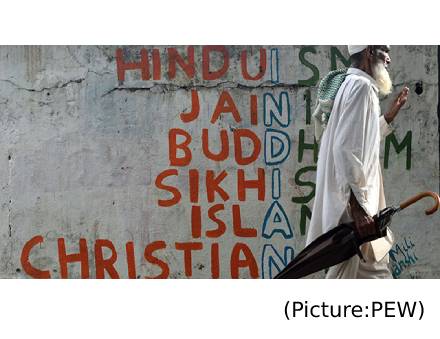 An overall pattern of stability in the share of religious groups is accompanied by little net change from movement into, or out of, most religious groups. Among Hindus, for instance, any conversion out of the group is matched by conversion into the group: 0.7% of respondents say they were raised Hindu but now identify as something else, and roughly the same share (0.8%) say they were not raised Hindu but now identify as Hindu. For Christians, however, there are some net gains from conversion: 0.4% of survey respondents are former Hindus who now identify as Christian, while 0.1% were raised Christian but have since left Christianity.
An overall pattern of stability in the share of religious groups is accompanied by little net change from movement into, or out of, most religious groups. Among Hindus, for instance, any conversion out of the group is matched by conversion into the group: 0.7% of respondents say they were raised Hindu but now identify as something else, and roughly the same share (0.8%) say they were not raised Hindu but now identify as Hindu. For Christians, however, there are some net gains from conversion: 0.4% of survey respondents are former Hindus who now identify as Christian, while 0.1% were raised Christian but have since left Christianity.
 On the occasion, United Nations General Assembly (UNGA) President VolkanBozkir said that yoga was a lifeline during the COVID-19 lockdown as it helps to maintain physical wellbeing and manage the stress of uncertainty and isolation. “The COVID 19 pandemic has clearly demonstrated the consequences of poor global health, the social and economic consequences have been devastating for many around the world. Yoga was a lifeline during lockdown,” Bozkir said in a statement on Monday. Earlier, the Indian Embassy in the United States on Sunday celebrated the IDY 2021 at the India House, with the theme “Yoga for Wellness”.
On the occasion, United Nations General Assembly (UNGA) President VolkanBozkir said that yoga was a lifeline during the COVID-19 lockdown as it helps to maintain physical wellbeing and manage the stress of uncertainty and isolation. “The COVID 19 pandemic has clearly demonstrated the consequences of poor global health, the social and economic consequences have been devastating for many around the world. Yoga was a lifeline during lockdown,” Bozkir said in a statement on Monday. Earlier, the Indian Embassy in the United States on Sunday celebrated the IDY 2021 at the India House, with the theme “Yoga for Wellness”.
 Ambassador Randhir Kumar Jaiswal, the Chief Guest, commented “Yoga is a way of life. The idea of Yoga is truly universal and it must be heard, celebrated and promoted in each and every part of our society and community. The key is to not just celebrate Yoga as a health practice, for it needs to be celebrated in its entirety,” asserted Jaiswal. He highlighted how the International Yoga Day has evolved into in major annual event that’s celebrated across the globe ever since Prime Minister Narendra Modi proposed the idea during his speech at the United Nations General Assembly back in September 2014.
Ambassador Randhir Kumar Jaiswal, the Chief Guest, commented “Yoga is a way of life. The idea of Yoga is truly universal and it must be heard, celebrated and promoted in each and every part of our society and community. The key is to not just celebrate Yoga as a health practice, for it needs to be celebrated in its entirety,” asserted Jaiswal. He highlighted how the International Yoga Day has evolved into in major annual event that’s celebrated across the globe ever since Prime Minister Narendra Modi proposed the idea during his speech at the United Nations General Assembly back in September 2014.
 The event was inaugurated by all attendees by chanting “Om” and Acharya Performing Arts Academy students performed the “NrithyaYogasana” which is “Dance Yoga” invented by artistic director guru Asha Adiga Acharya by combining yoga and Indian classical dance moves together, to benefit the Pada (Feet), Anga (Body) and Mudra(Fingers). “NupuraGeetha” dance ensemble team started the performance with beautiful Ganesha dance, pure Alaripu, Mallari dance, expression filled dance based on Vachana, Anathapurageethe dance and ended the program with Charishnu dance which was choreographed creatively with yoga poses.
The event was inaugurated by all attendees by chanting “Om” and Acharya Performing Arts Academy students performed the “NrithyaYogasana” which is “Dance Yoga” invented by artistic director guru Asha Adiga Acharya by combining yoga and Indian classical dance moves together, to benefit the Pada (Feet), Anga (Body) and Mudra(Fingers). “NupuraGeetha” dance ensemble team started the performance with beautiful Ganesha dance, pure Alaripu, Mallari dance, expression filled dance based on Vachana, Anathapurageethe dance and ended the program with Charishnu dance which was choreographed creatively with yoga poses.
 Gender difference is intimately stitched into the fabric of humanness. At
Gender difference is intimately stitched into the fabric of humanness. At 



 BR will serve as THE ONLY tech platform on which smaller retailers can personally select products from verified suppliers across various categories with minimum MOQs (in most cases, just ONE product per style). Since most sellers and buyers are unable to produce or procure volumes during these uncertain times, BR serves as the perfect matchmaking service for these small-to-mid-size businesses looking for alternative avenues.
BR will serve as THE ONLY tech platform on which smaller retailers can personally select products from verified suppliers across various categories with minimum MOQs (in most cases, just ONE product per style). Since most sellers and buyers are unable to produce or procure volumes during these uncertain times, BR serves as the perfect matchmaking service for these small-to-mid-size businesses looking for alternative avenues.

 The exhibition is comprised of monumental canvases that document Sharma’s travels around India and its vicinity, exploring the relationships between urbanization, landscapes and the human presence at the interstices of modernity. Sharma is constantly expanding and evolving these images so that they add new connotations and dimensions to that which was already familiar. We sincerely hope you can join us at the opening reception.
The exhibition is comprised of monumental canvases that document Sharma’s travels around India and its vicinity, exploring the relationships between urbanization, landscapes and the human presence at the interstices of modernity. Sharma is constantly expanding and evolving these images so that they add new connotations and dimensions to that which was already familiar. We sincerely hope you can join us at the opening reception.

 Tagore, the poet of Indian nationalism, was India’s pre-eminent cultural and literary personality of the twentieth century. The influence of the Buddha on his poetry and his novels has been much studied and written about. This influence came about in diverse ways. His immediate family was steeped in Buddhist study. In 1859 his father Debendranath Tagore had been to Ceylon and had come back with not just knowledge of but keen interest in the Buddha’s life and his teachings. He wrote Sakya Muni O NirvanTattvai in 1882. Satyendranath Tagore, Rabindranath’s elder brother, who had accompanied their father to Ceylon, wrote Bauddha Dharma in 1901. The BrahmoSamaj, of which the Tagore family was an integral part, had also taken up the study of the Buddha’s teachings. A very early influence regarding the Buddha on Rabindranath Tagore was that of RajendralalaMitra, who has figured in this narrative earlier.
Tagore, the poet of Indian nationalism, was India’s pre-eminent cultural and literary personality of the twentieth century. The influence of the Buddha on his poetry and his novels has been much studied and written about. This influence came about in diverse ways. His immediate family was steeped in Buddhist study. In 1859 his father Debendranath Tagore had been to Ceylon and had come back with not just knowledge of but keen interest in the Buddha’s life and his teachings. He wrote Sakya Muni O NirvanTattvai in 1882. Satyendranath Tagore, Rabindranath’s elder brother, who had accompanied their father to Ceylon, wrote Bauddha Dharma in 1901. The BrahmoSamaj, of which the Tagore family was an integral part, had also taken up the study of the Buddha’s teachings. A very early influence regarding the Buddha on Rabindranath Tagore was that of RajendralalaMitra, who has figured in this narrative earlier.


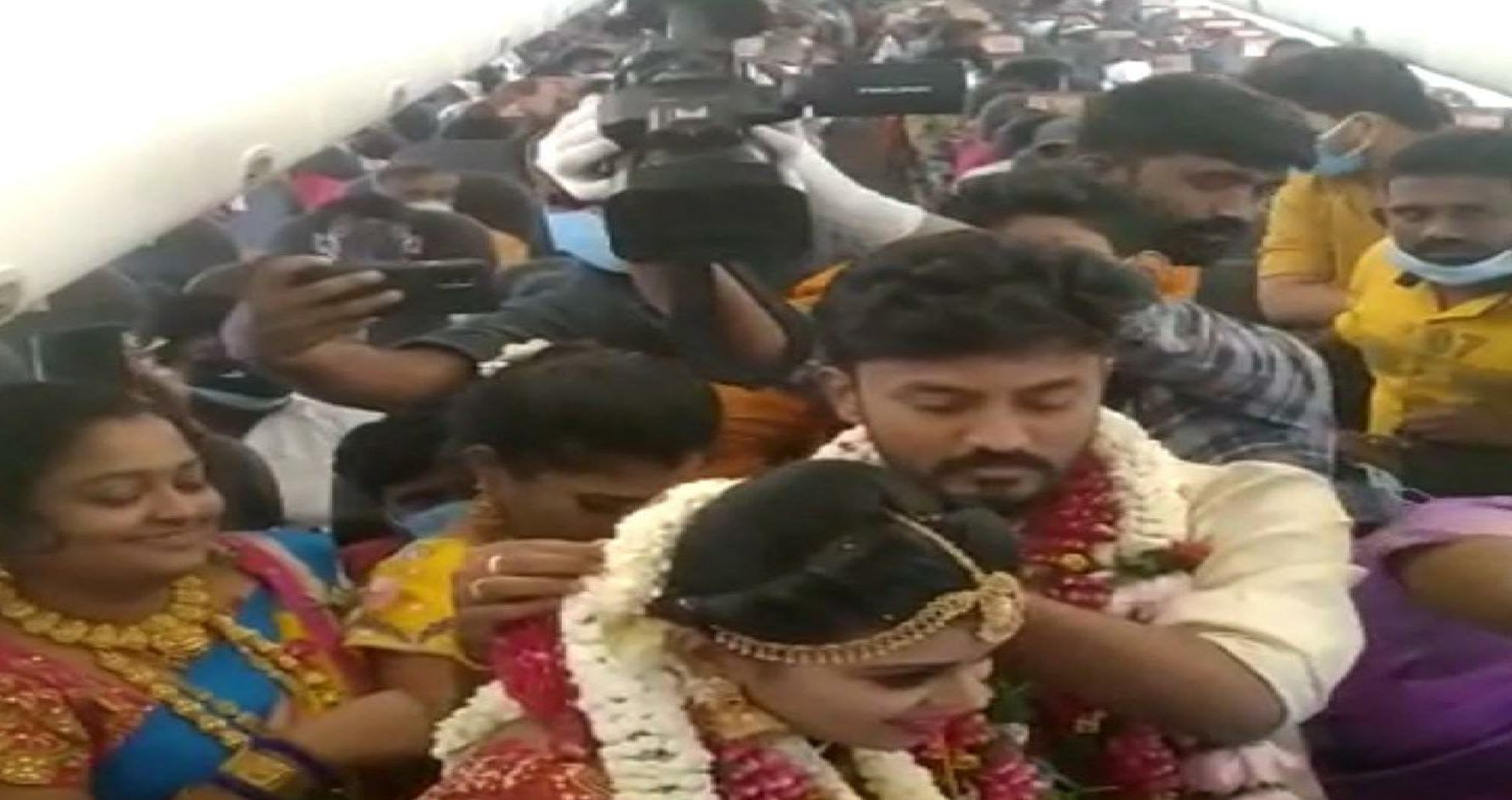

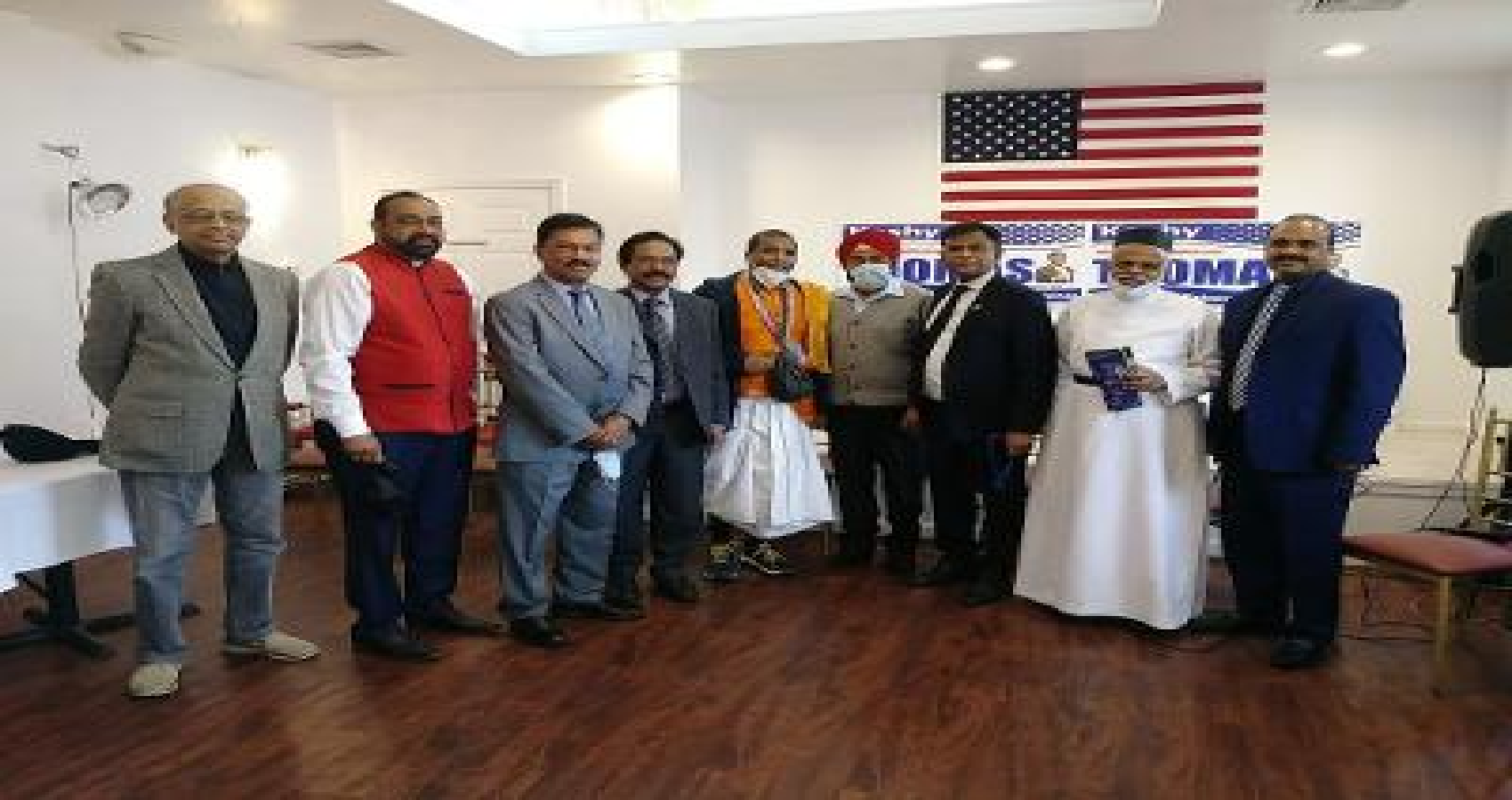
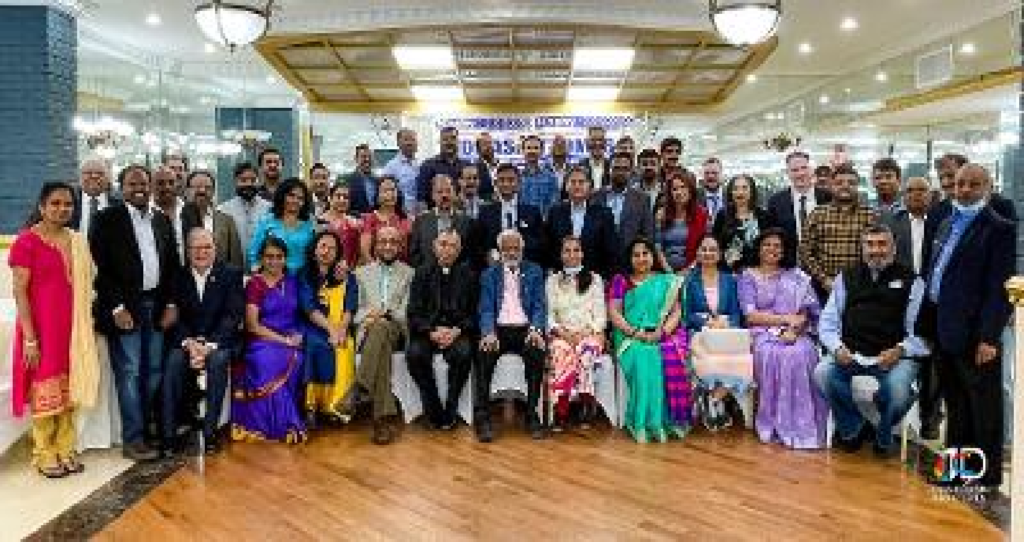 Those who participated in the prayer include Guru jiGarud Gopal Prabhu, Father John Thomas of Jackson Heights Orthodox Church, Imam Muhammad Waliullah of Hillside Islamic Center, Ashok Vyas of ITV, Hemanth Shah of FBIMA, Suhag Mehta of Ganesh Utsav, Kripal Singh, VirendraVora, Paul Karukapally, Ashok Vora, Philipose Philip, V.M. Chacko, Varghese Abraham, Mercedes Buchanan and George Abraham of IOCUSA.
Those who participated in the prayer include Guru jiGarud Gopal Prabhu, Father John Thomas of Jackson Heights Orthodox Church, Imam Muhammad Waliullah of Hillside Islamic Center, Ashok Vyas of ITV, Hemanth Shah of FBIMA, Suhag Mehta of Ganesh Utsav, Kripal Singh, VirendraVora, Paul Karukapally, Ashok Vora, Philipose Philip, V.M. Chacko, Varghese Abraham, Mercedes Buchanan and George Abraham of IOCUSA.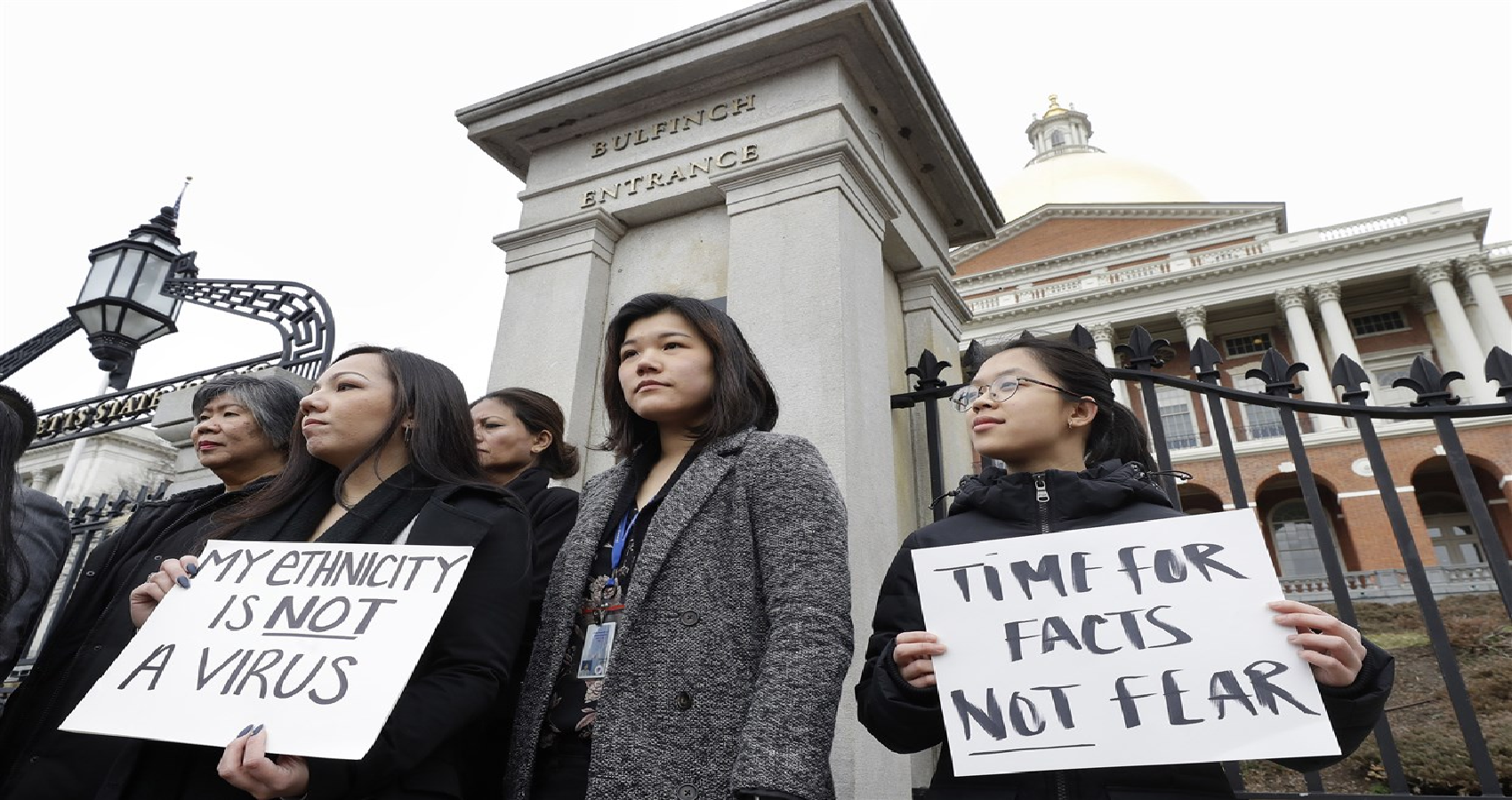

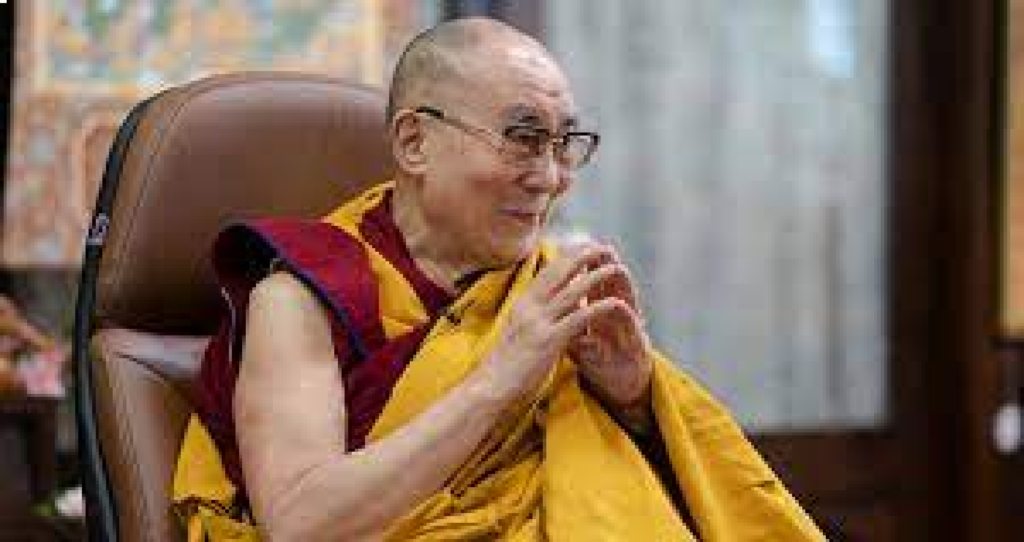 On query of Professor Medvedev that what value the study of ‘thukdam’ could have for humanity in general. The spiritual leader replied Tibetan Buddhists believe that people go through a process of dissolution in the course of death.
On query of Professor Medvedev that what value the study of ‘thukdam’ could have for humanity in general. The spiritual leader replied Tibetan Buddhists believe that people go through a process of dissolution in the course of death.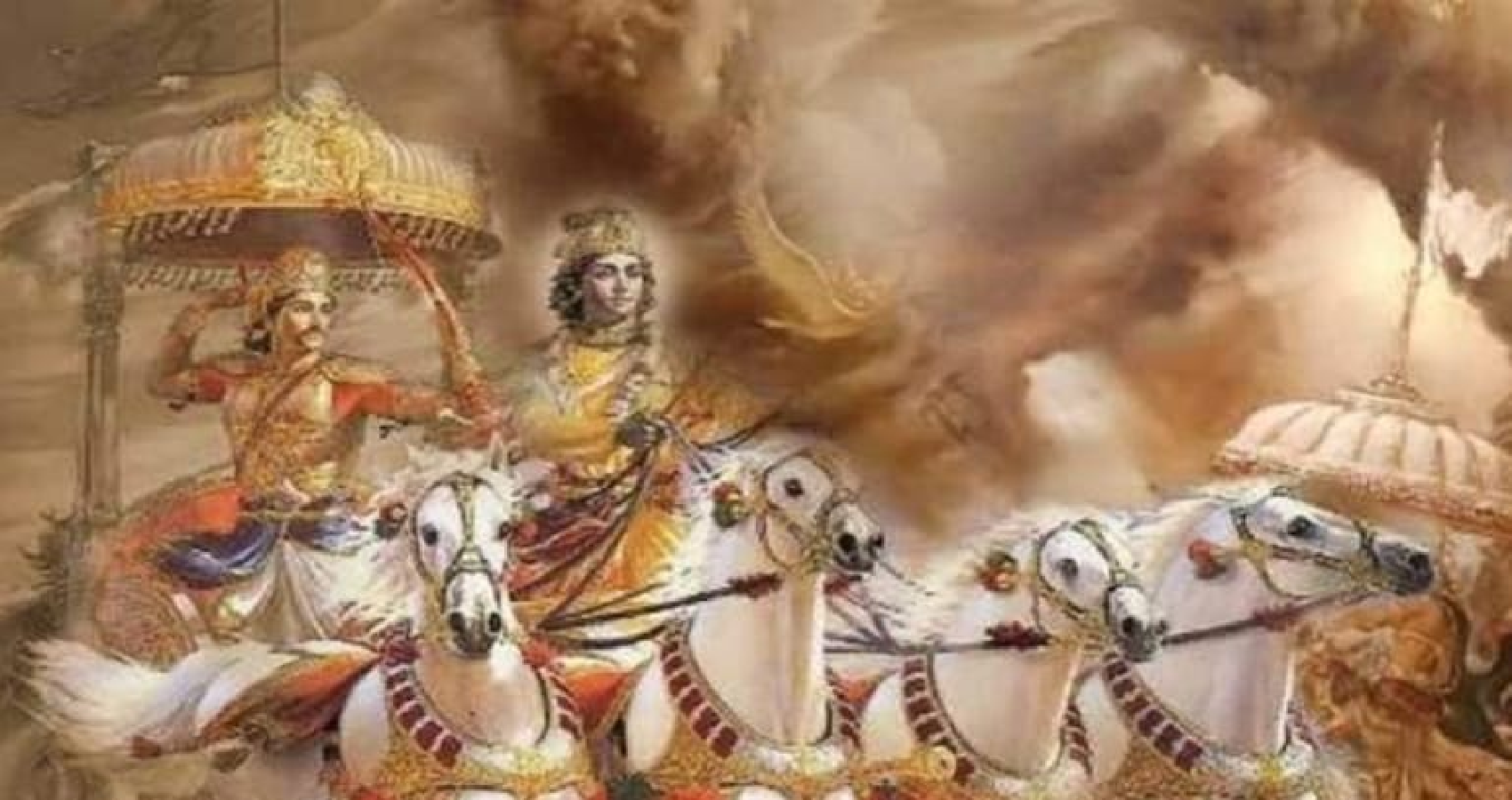
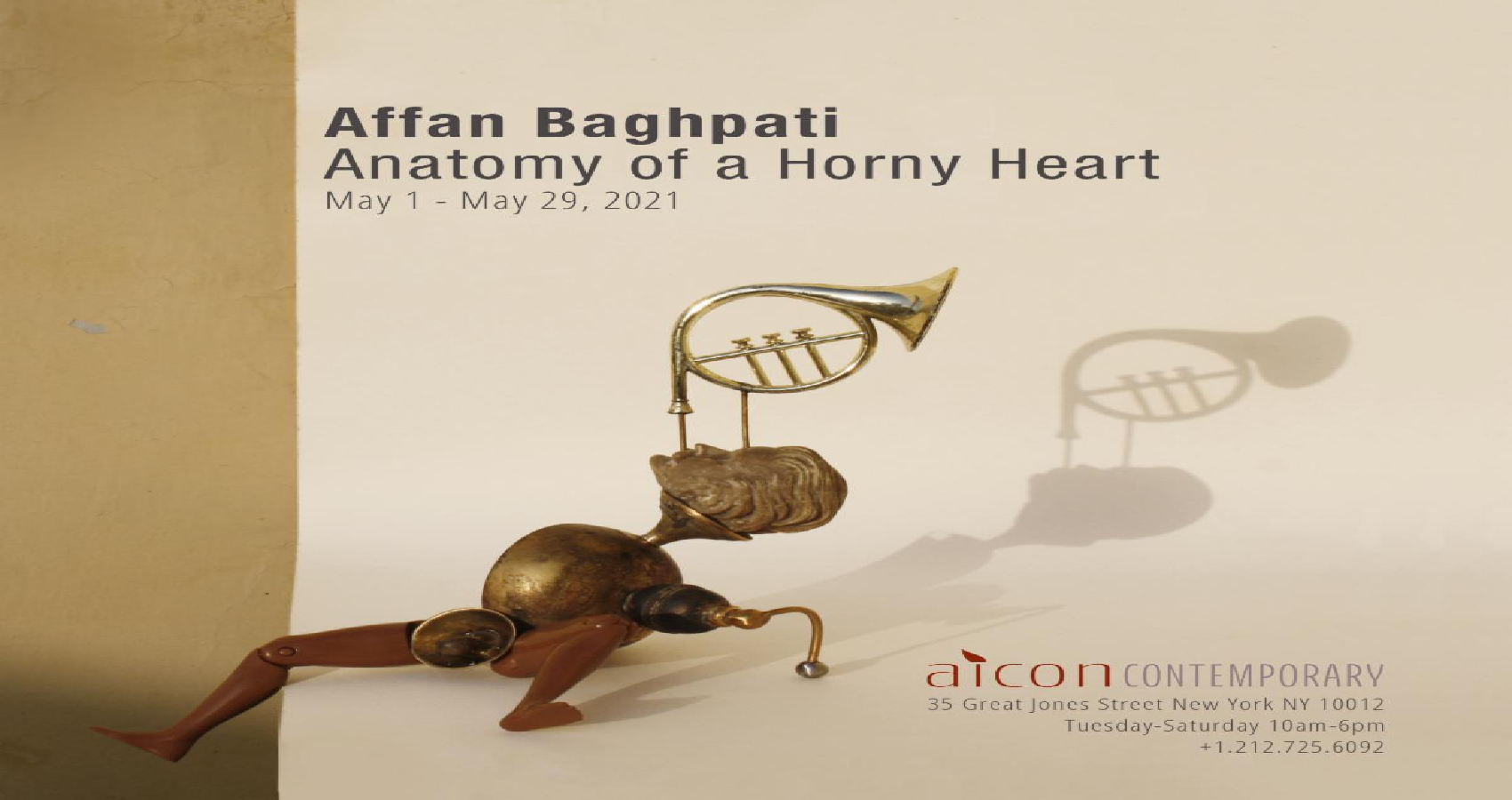
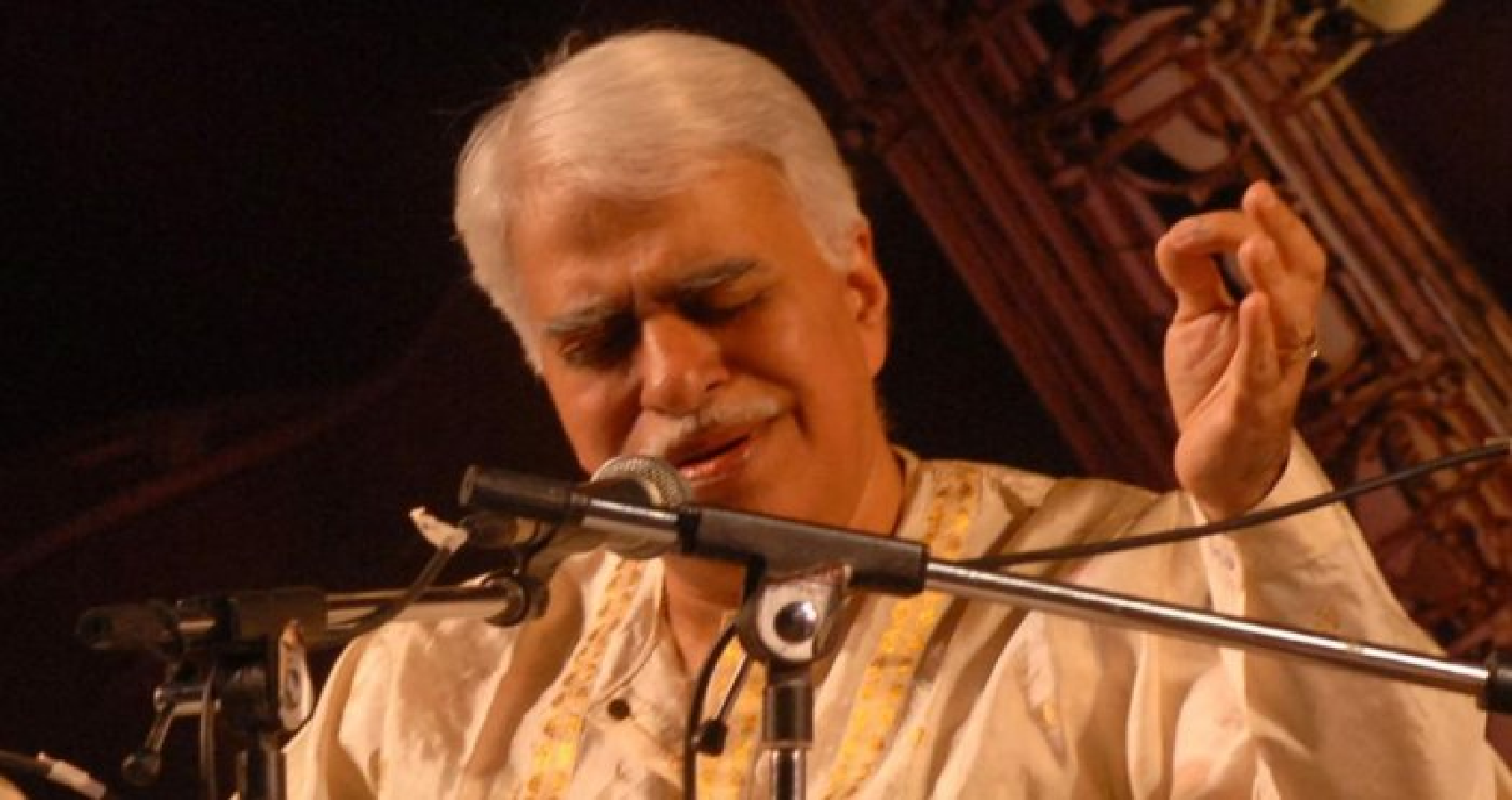
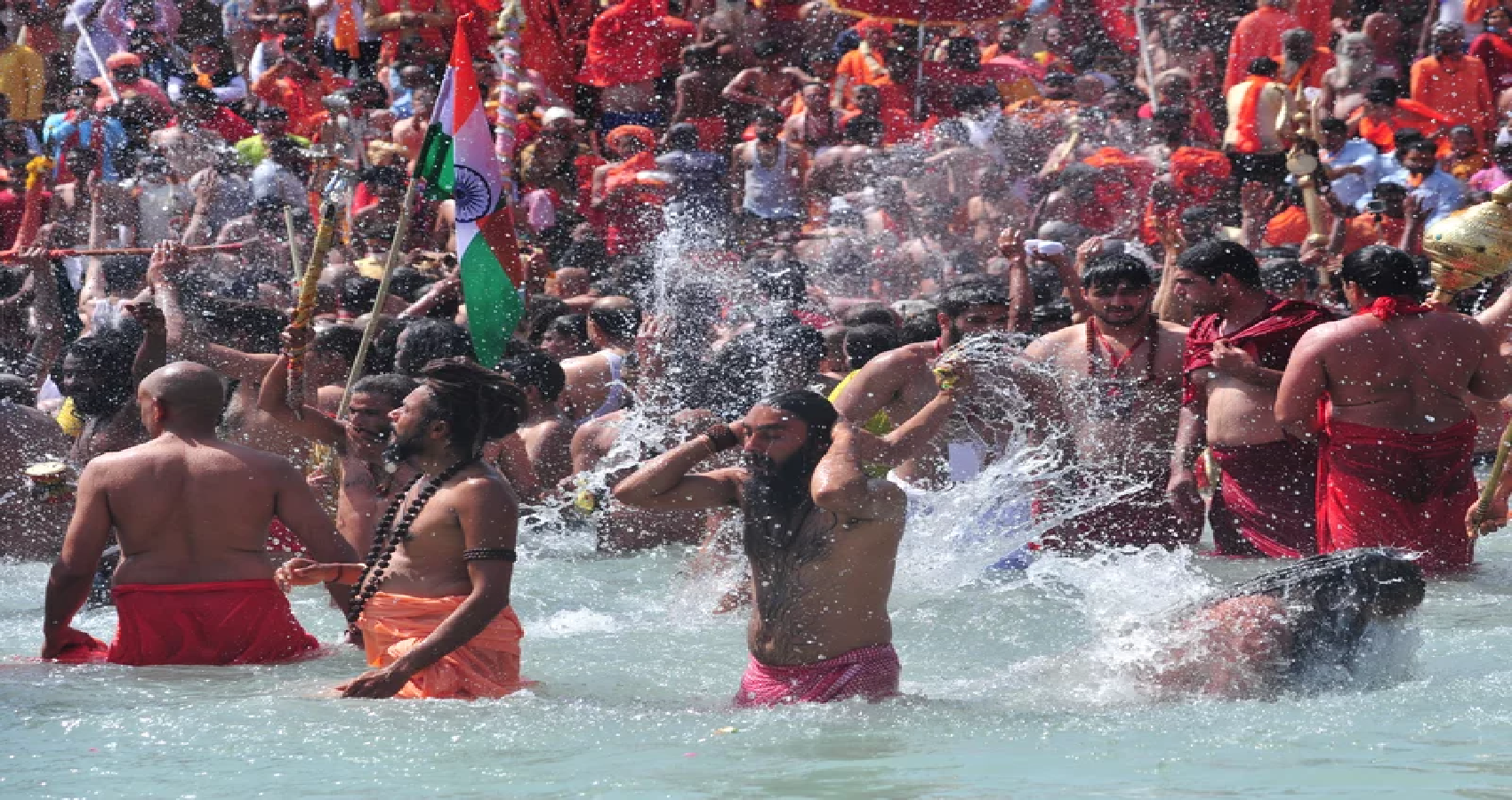
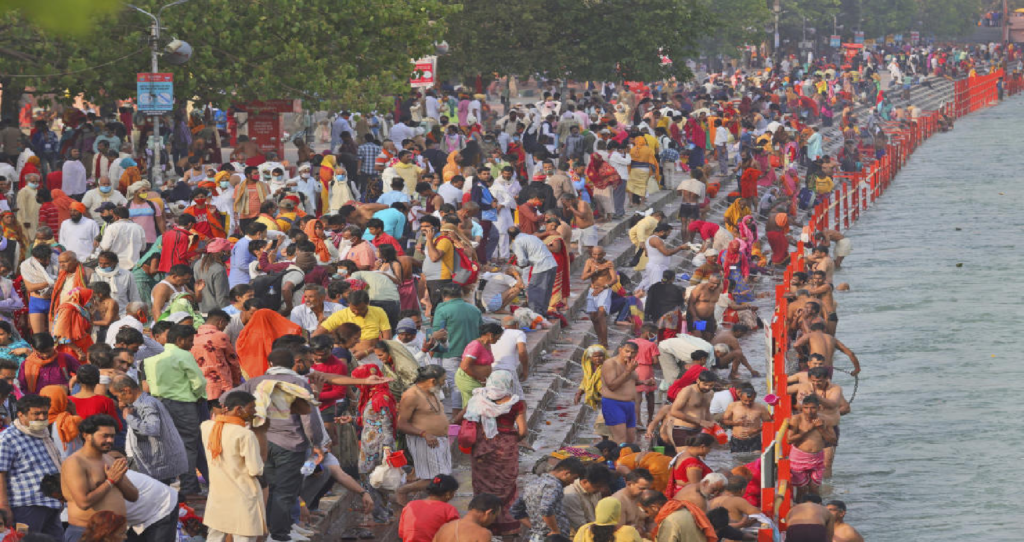 Hindus believe the river is holy and bathing in it will cleanse them of their sins and bring salvation. The Kumbh Mela takes place every 12 years and the venue is chosen from amongst four cities, including Allahabad, Haridwar, Nasik and Ujjain. Haridwar’s turn to host the gathering came amid a sharp rise in the number of coronavirus infections, with India consistently reporting more than 100,000 cases daily in the past few weeks.
Hindus believe the river is holy and bathing in it will cleanse them of their sins and bring salvation. The Kumbh Mela takes place every 12 years and the venue is chosen from amongst four cities, including Allahabad, Haridwar, Nasik and Ujjain. Haridwar’s turn to host the gathering came amid a sharp rise in the number of coronavirus infections, with India consistently reporting more than 100,000 cases daily in the past few weeks.
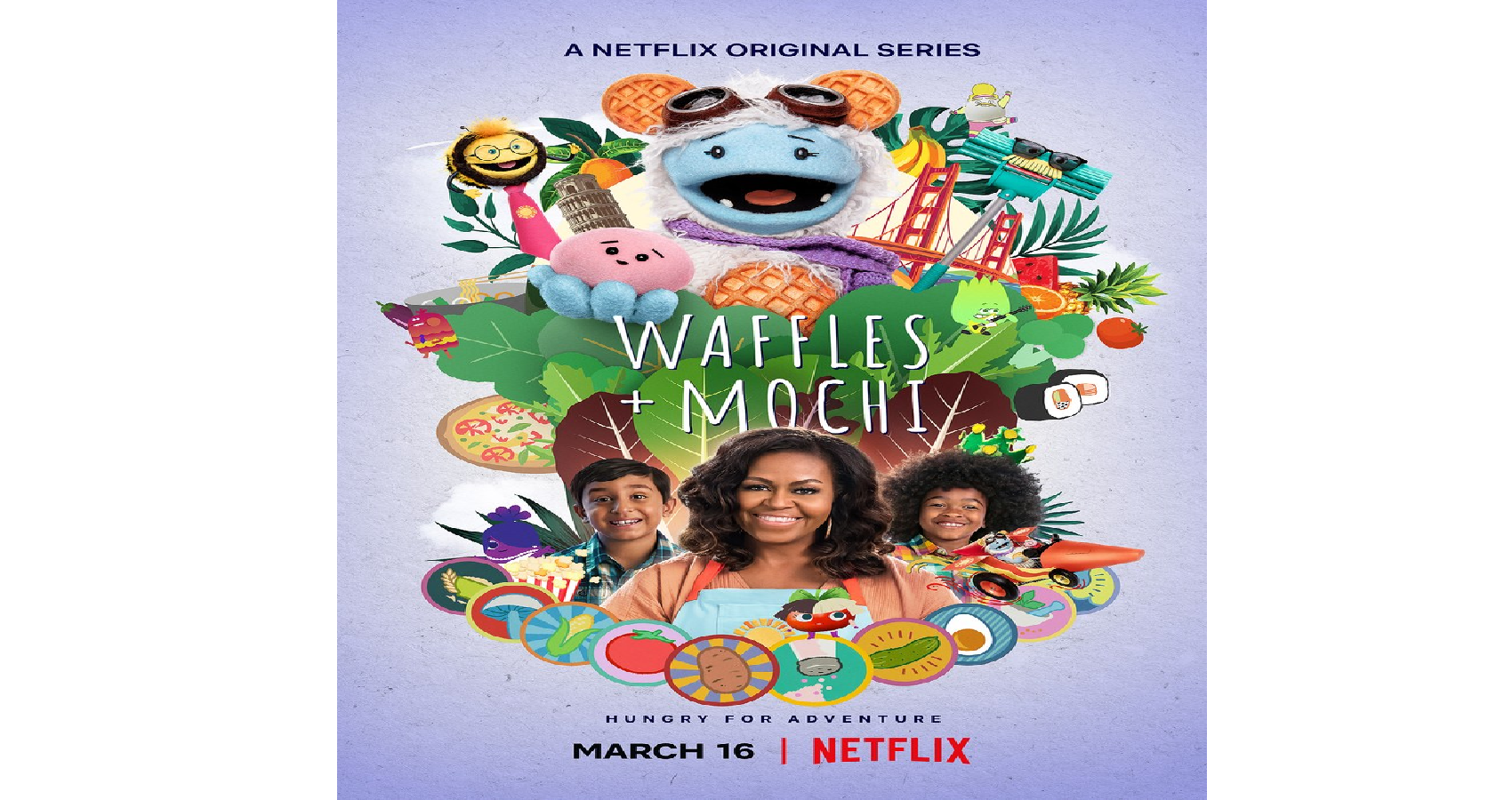
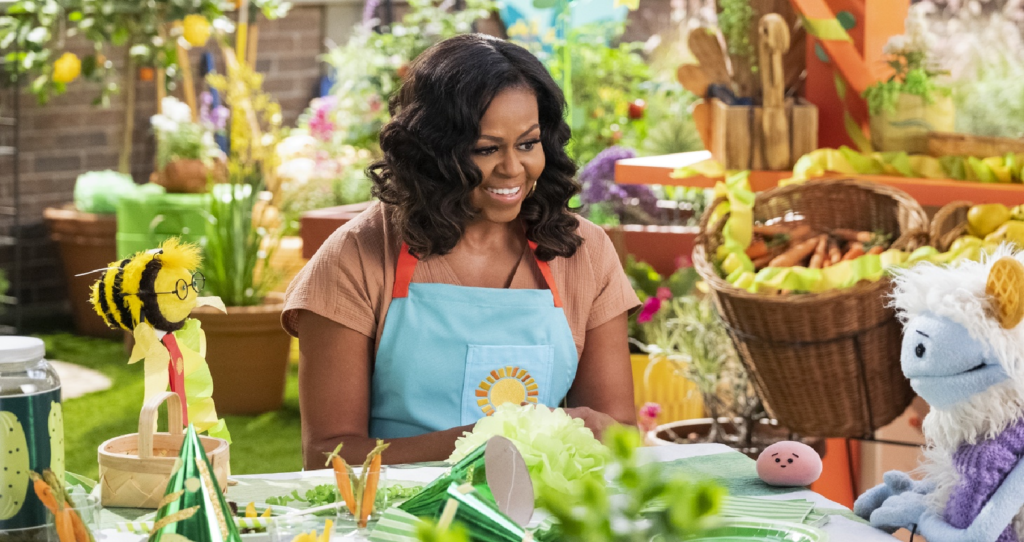 In Waffles + Mochi, the puppets learn how to make mazamorra morada, a sweet purple corn desert, in Lamay, Peru. Each episode is focused around a specific ingredient. In the sixth episode, the puppets are sent on a mission to collect different types of eggs to bring to chef
In Waffles + Mochi, the puppets learn how to make mazamorra morada, a sweet purple corn desert, in Lamay, Peru. Each episode is focused around a specific ingredient. In the sixth episode, the puppets are sent on a mission to collect different types of eggs to bring to chef 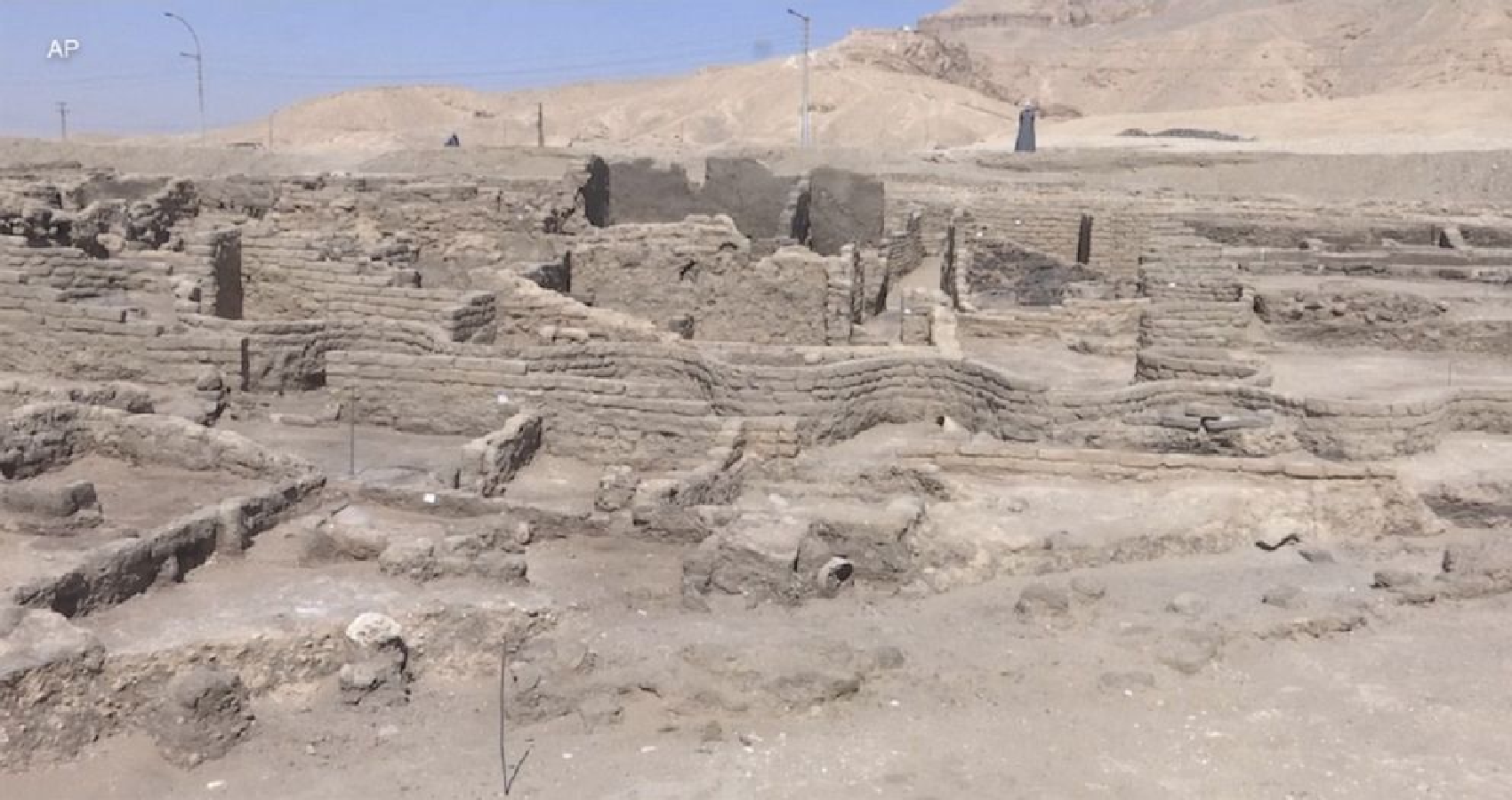
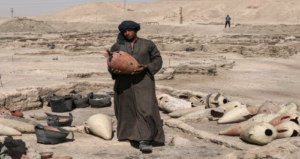 Archaeologists started excavating in September in the area between the temples of King Ramses III and Amenhotep III. The original goal of the mission was to find King Tutankhamen’s mortuary temple, the statement said.
Archaeologists started excavating in September in the area between the temples of King Ramses III and Amenhotep III. The original goal of the mission was to find King Tutankhamen’s mortuary temple, the statement said.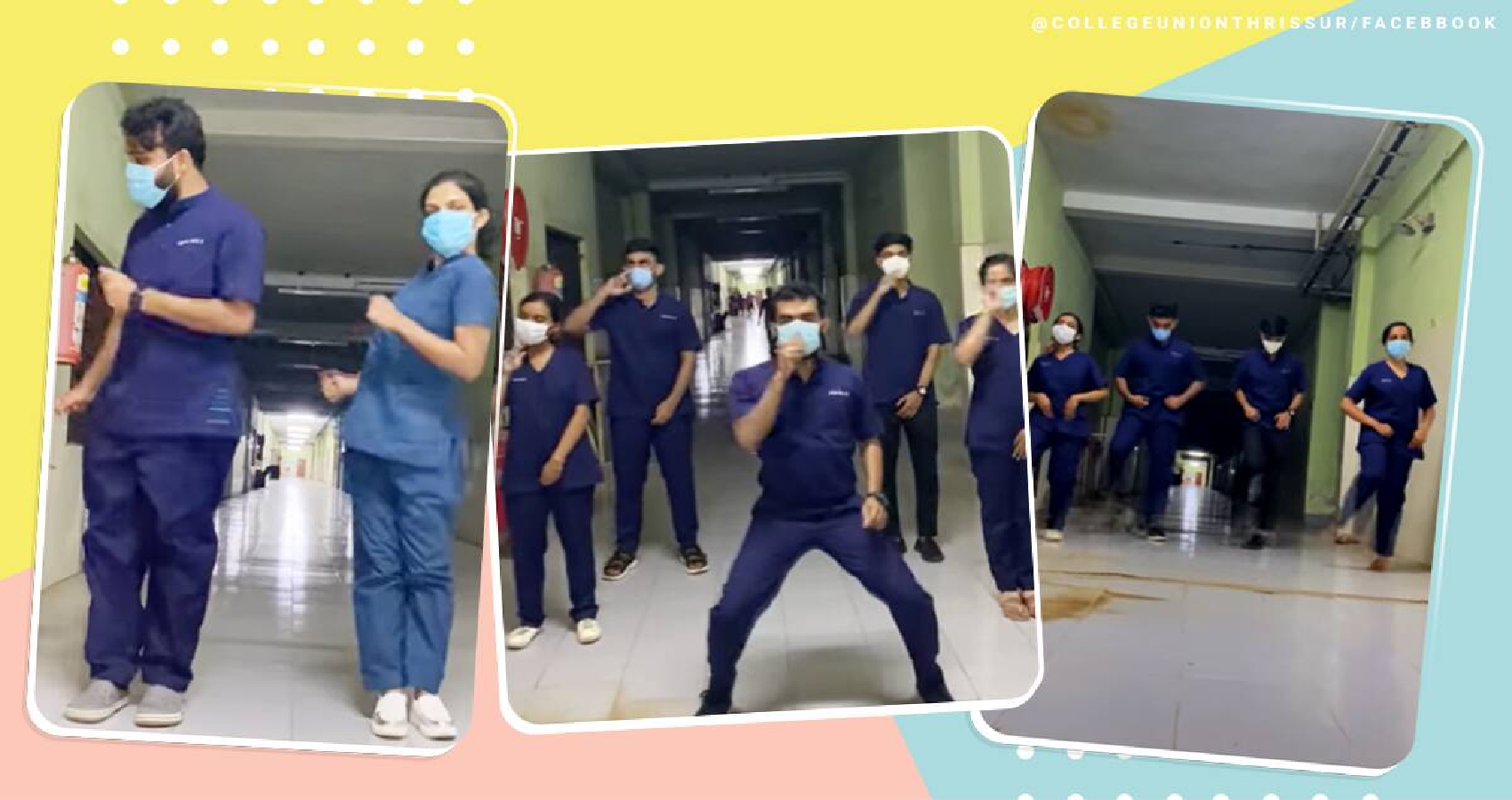
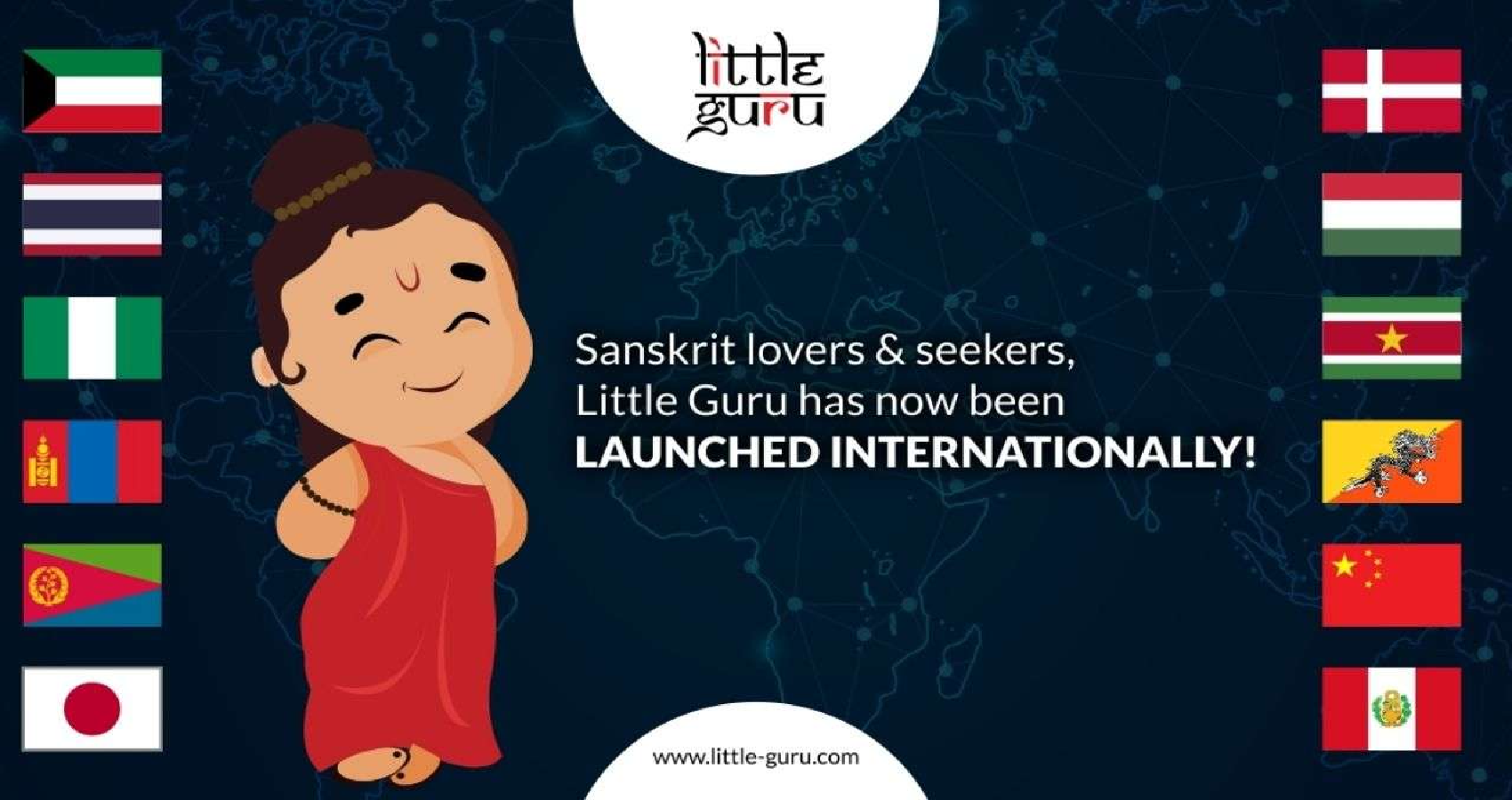
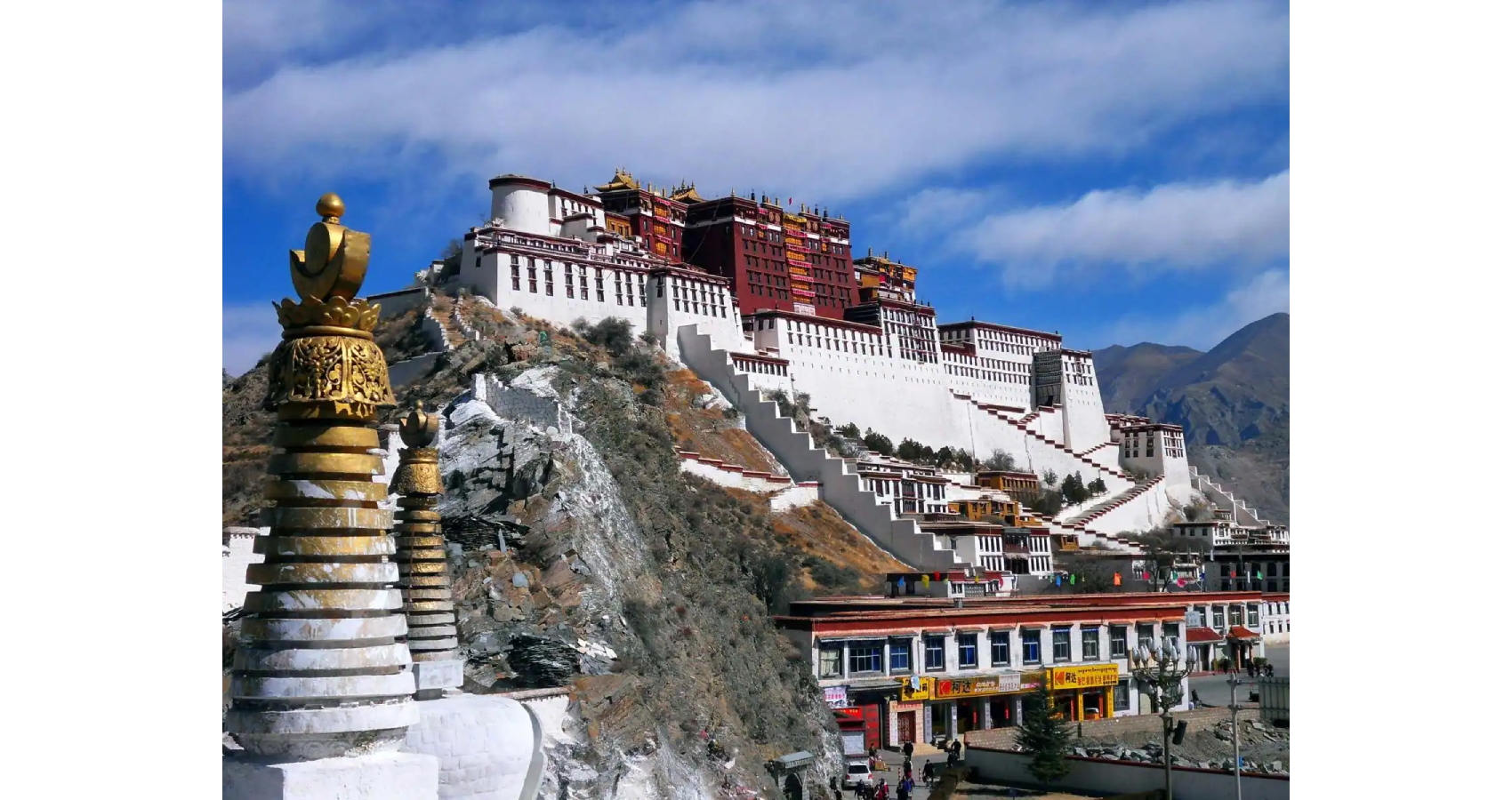

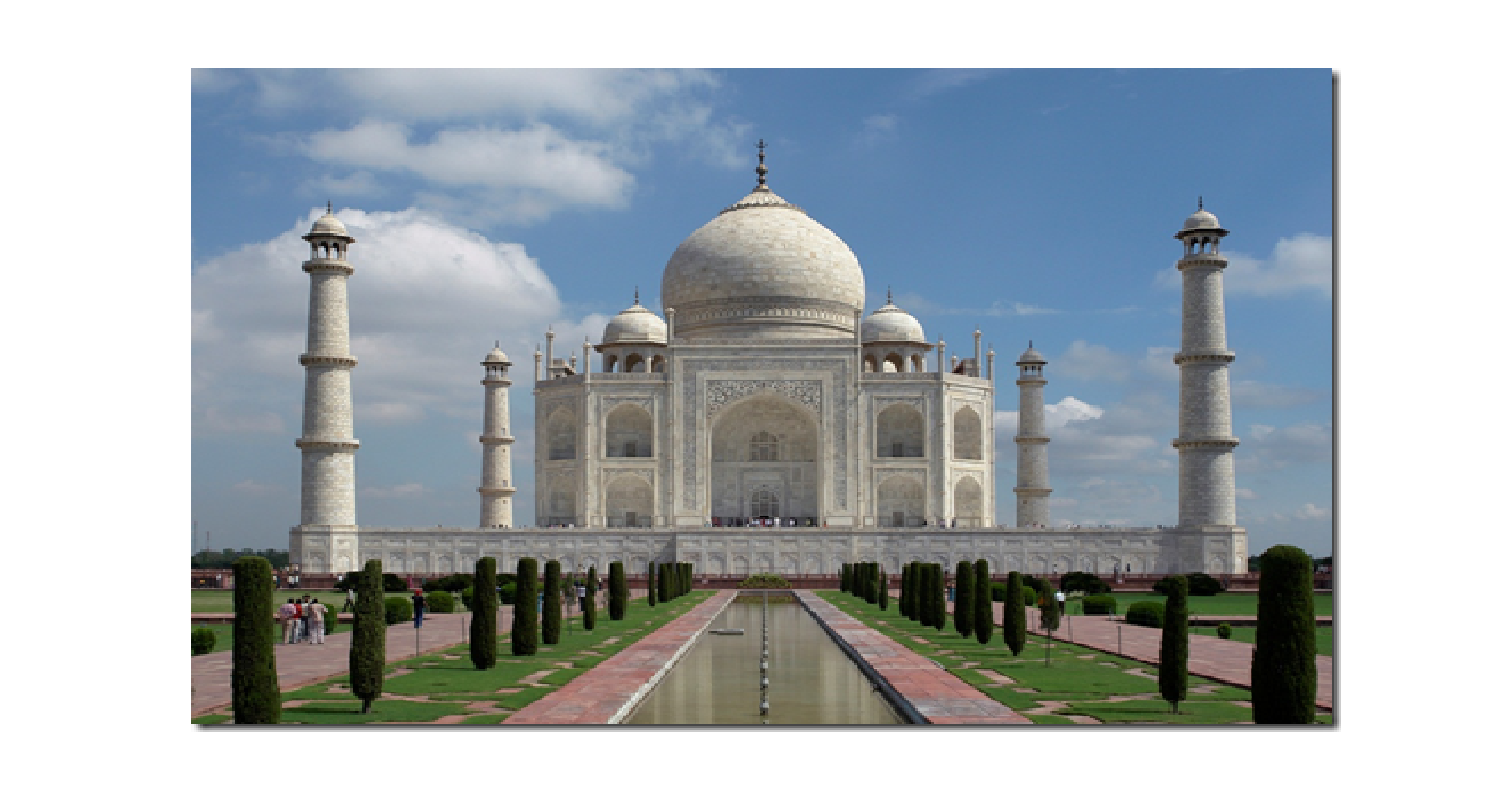
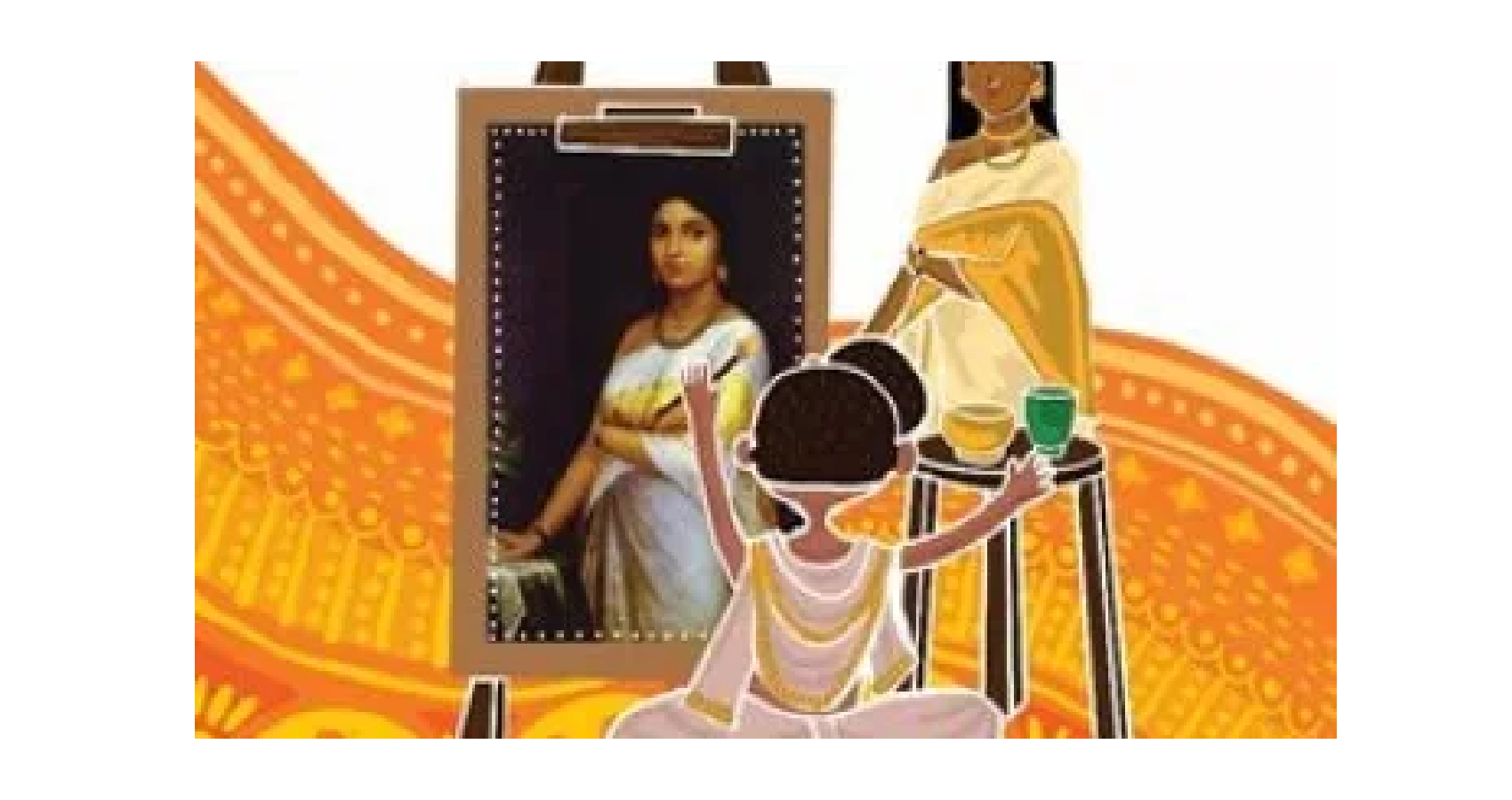
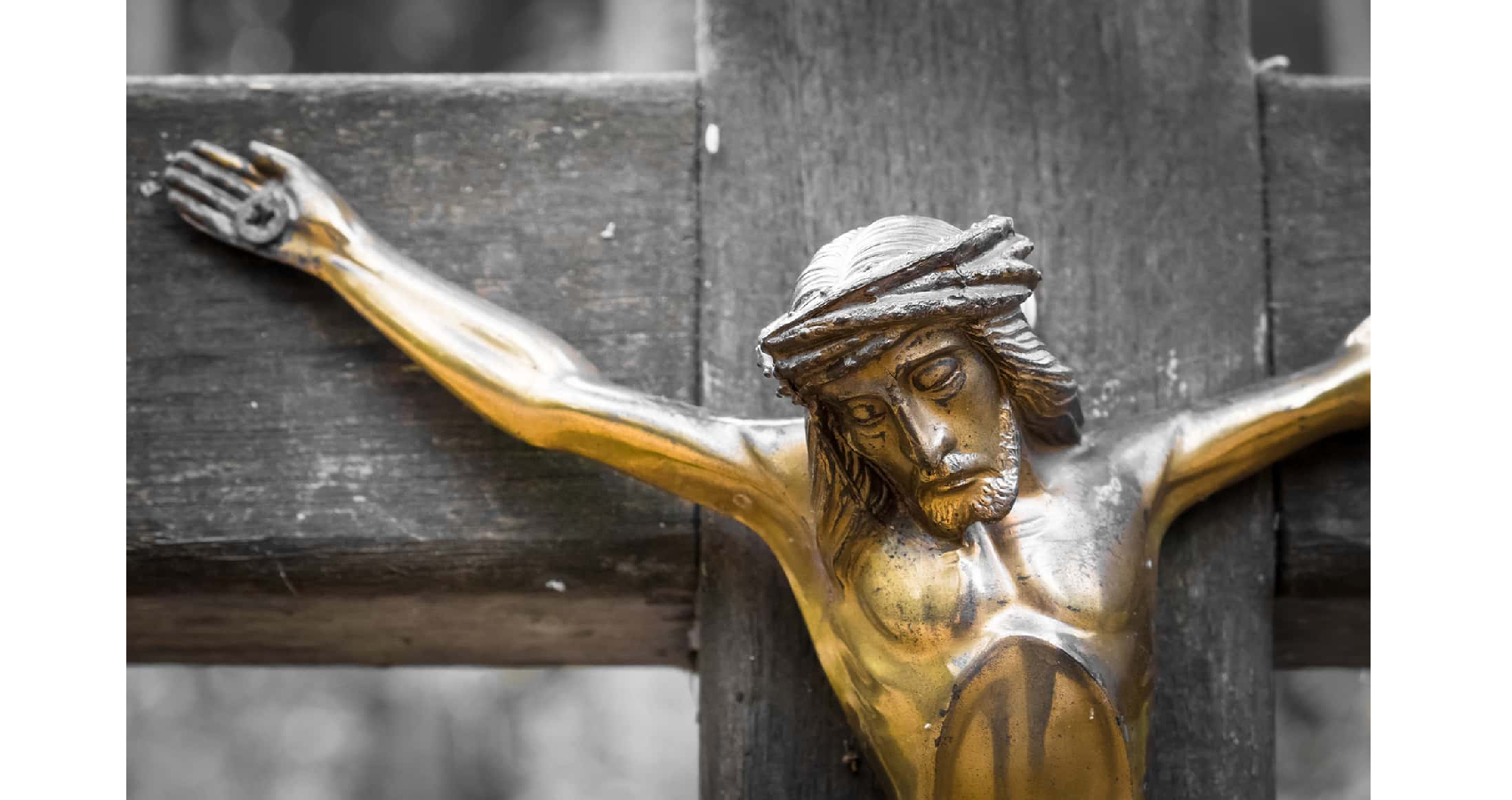
 According to Beall, orthodox work on the incarnation begins with the standard doctrine that Christ is fully divine and fully human — having all properties that are essential to God but also all properties that are essential to being human, including all the essential limitations of being human. Philosophers and theologians have long struggled with this tension and, in a quest for logical consistency, have articulated theories that attempt to dissolve the apparent contradiction.
According to Beall, orthodox work on the incarnation begins with the standard doctrine that Christ is fully divine and fully human — having all properties that are essential to God but also all properties that are essential to being human, including all the essential limitations of being human. Philosophers and theologians have long struggled with this tension and, in a quest for logical consistency, have articulated theories that attempt to dissolve the apparent contradiction.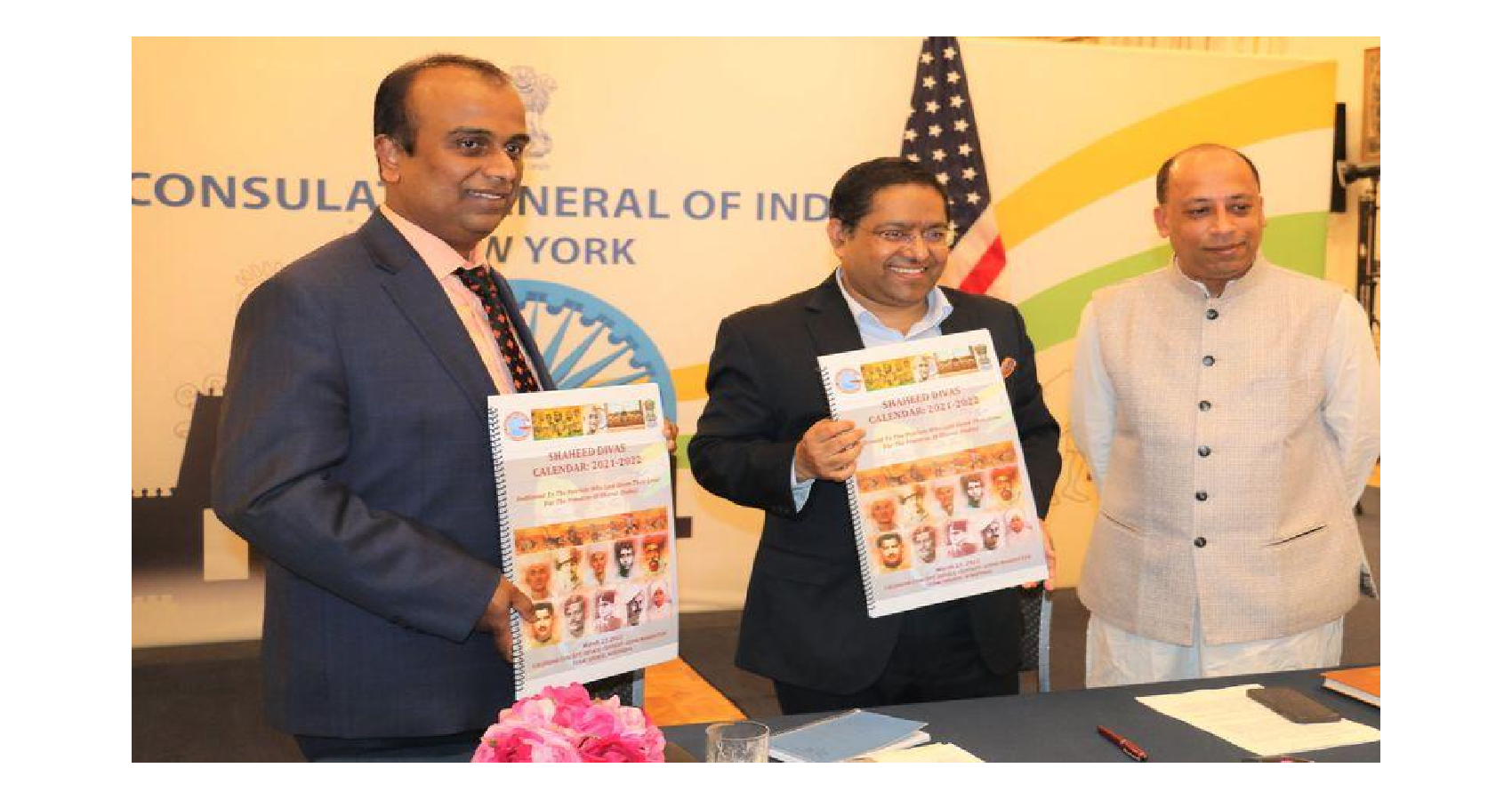
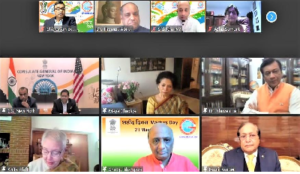 Consul General Jaiswal, in his address, commended GOPIO Manhattan for organizing the event and several others, honoring India and Indians. “Today is the Red Letter Day in the history of India,” the Indian diplomat with over three decades of diplomatic services around the world, told the hundreds of community leaders from around several continents who joined the celebration. “We honor today the legendary freedom fighters, recalling their bravery and love for our motherland.” Describing today’s celebrations as unique, Ambassador Jaiswal recalled the founding of the
Consul General Jaiswal, in his address, commended GOPIO Manhattan for organizing the event and several others, honoring India and Indians. “Today is the Red Letter Day in the history of India,” the Indian diplomat with over three decades of diplomatic services around the world, told the hundreds of community leaders from around several continents who joined the celebration. “We honor today the legendary freedom fighters, recalling their bravery and love for our motherland.” Describing today’s celebrations as unique, Ambassador Jaiswal recalled the founding of the 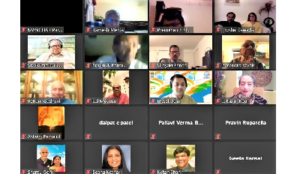 In 1913 Lala Har Dayal formed the Ghadar Party to organize a rebellion against the British government of India. He fled to Switzerland and then to Berlin, where he tried to foment an anti-British rising in northwestern India. After the German defeat in World War I, Har Dayal settled in Stockholm as a professor of Indian Philosophy and wrote Forty-Four Months in Germany and Turkey. He moved to the USA in the late 1920s and became a Professor of Sanskrit at the University of California, Berkeley.
In 1913 Lala Har Dayal formed the Ghadar Party to organize a rebellion against the British government of India. He fled to Switzerland and then to Berlin, where he tried to foment an anti-British rising in northwestern India. After the German defeat in World War I, Har Dayal settled in Stockholm as a professor of Indian Philosophy and wrote Forty-Four Months in Germany and Turkey. He moved to the USA in the late 1920s and became a Professor of Sanskrit at the University of California, Berkeley.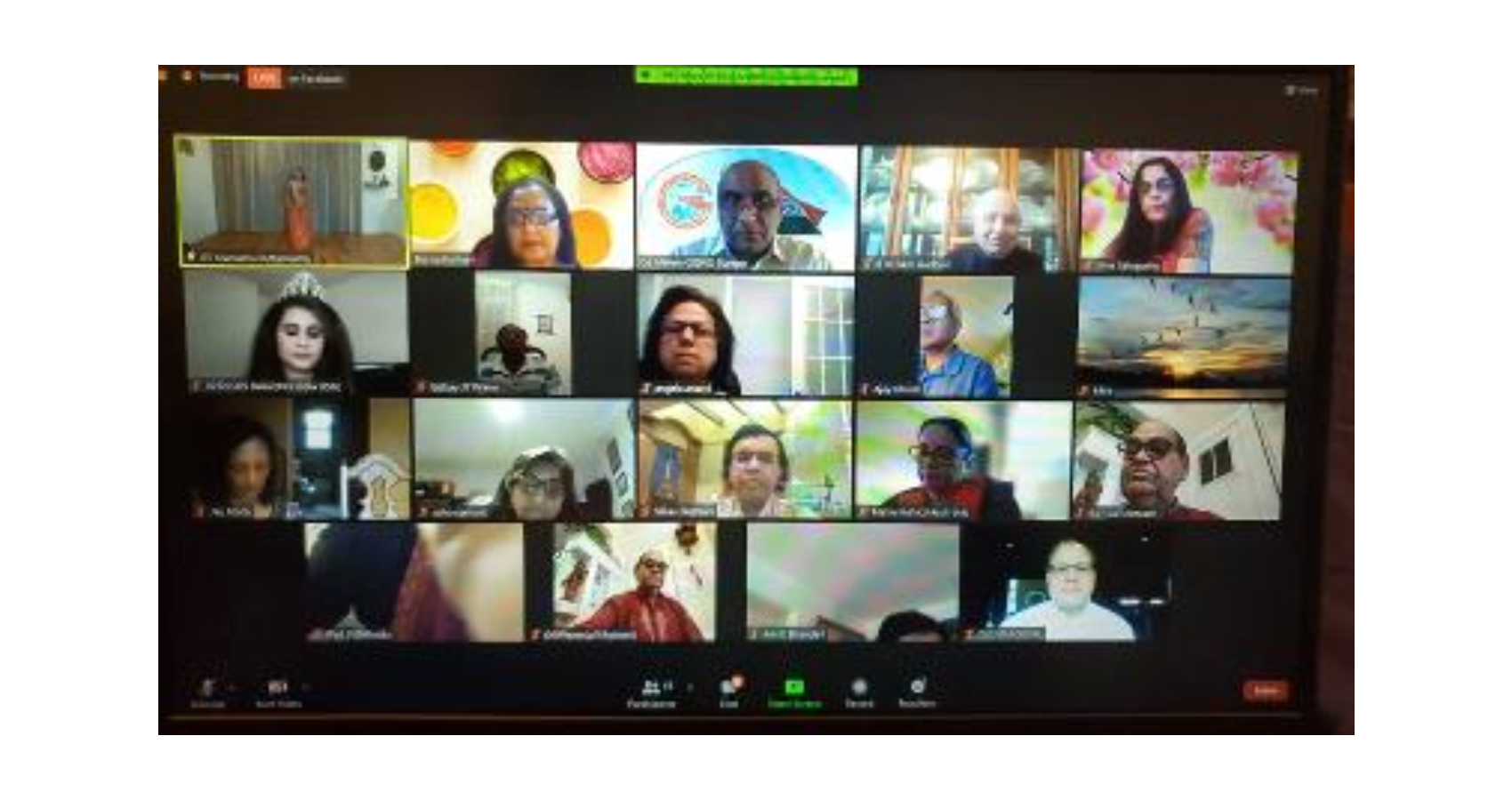
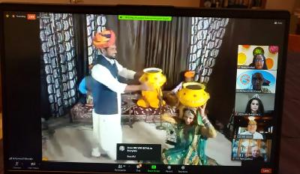 Holi has become known as India’s most vivid, joyous-festival. Holi is being celebrated in the Indian subcontinent for centuries, with poems documenting celebrations dating back to the 4th century CE. It marks the beginning of spring after a long winter, symbolic of the triumph of good over evil. It is celebrated in March, corresponding to the Hindu calendar month of Phalguna. On the eve of the festival, large pyres are lit in many parts of India to signify the burning of evil spirits. People often throw wood, dried leaves and twigs into bonfires, Ambassador Jaiswal explained.
Holi has become known as India’s most vivid, joyous-festival. Holi is being celebrated in the Indian subcontinent for centuries, with poems documenting celebrations dating back to the 4th century CE. It marks the beginning of spring after a long winter, symbolic of the triumph of good over evil. It is celebrated in March, corresponding to the Hindu calendar month of Phalguna. On the eve of the festival, large pyres are lit in many parts of India to signify the burning of evil spirits. People often throw wood, dried leaves and twigs into bonfires, Ambassador Jaiswal explained.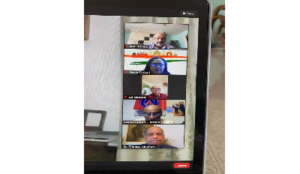 “The vibrancy of colors is something that brings in a lot of positivity in our lives and Holi being the festival of colors is actually a day worth rejoicing,” Motwani said. “Holi is considered as one of the most revered and celebrated festivals of India and it is celebrated in almost every part of India, transcending every region, and people of all faiths, including Hindus, Muslims, Sikhs, Christians, Parsees, Buddhists, and Jains. It represents the uniqueness of Indian culture as we, from all backgrounds stand united to welcome Spring, as Mother Nature breathes freshness into our lives and that of every living creature on Earth. Welcome to each and every one of you and wishing you and your families A VERY HAPPY HOLI!”
“The vibrancy of colors is something that brings in a lot of positivity in our lives and Holi being the festival of colors is actually a day worth rejoicing,” Motwani said. “Holi is considered as one of the most revered and celebrated festivals of India and it is celebrated in almost every part of India, transcending every region, and people of all faiths, including Hindus, Muslims, Sikhs, Christians, Parsees, Buddhists, and Jains. It represents the uniqueness of Indian culture as we, from all backgrounds stand united to welcome Spring, as Mother Nature breathes freshness into our lives and that of every living creature on Earth. Welcome to each and every one of you and wishing you and your families A VERY HAPPY HOLI!”















